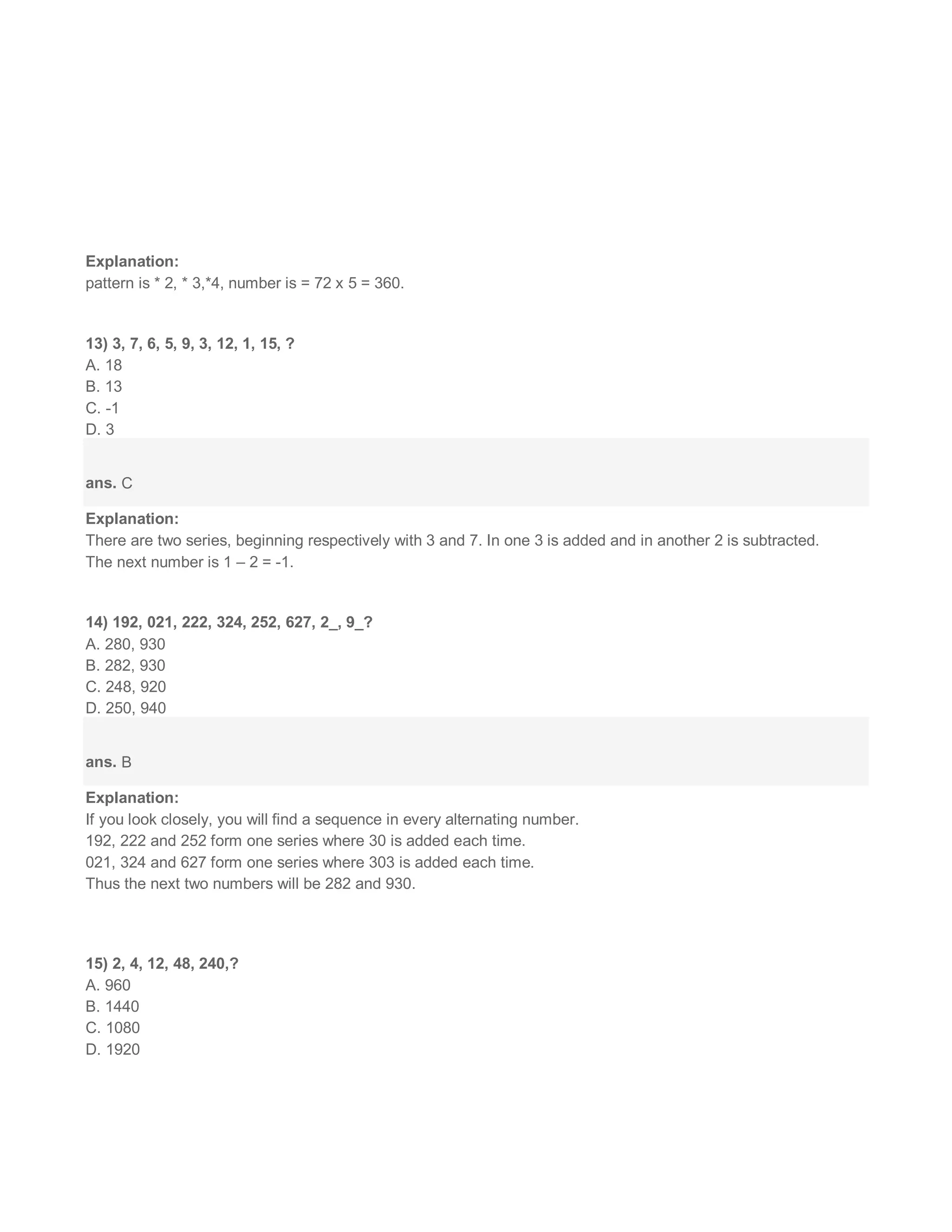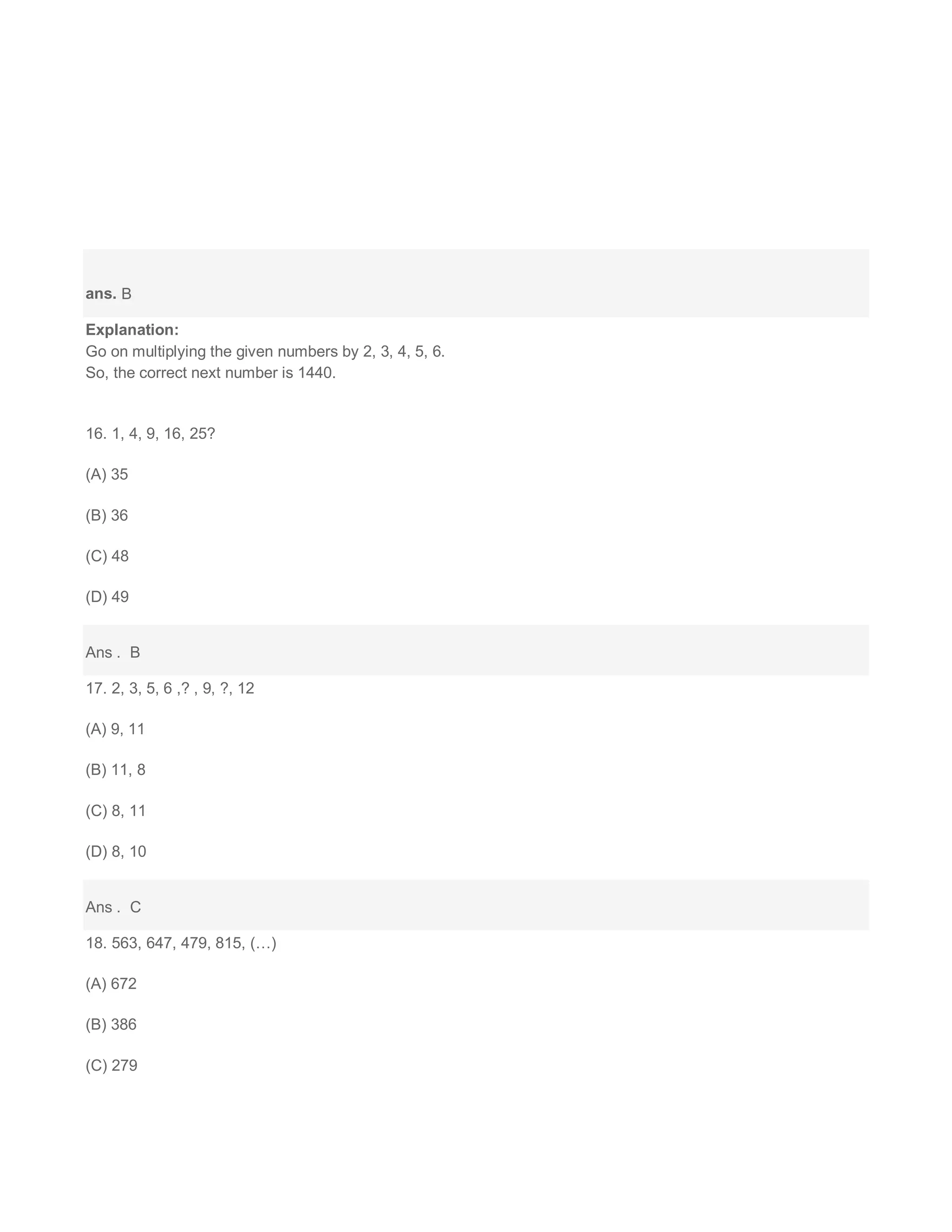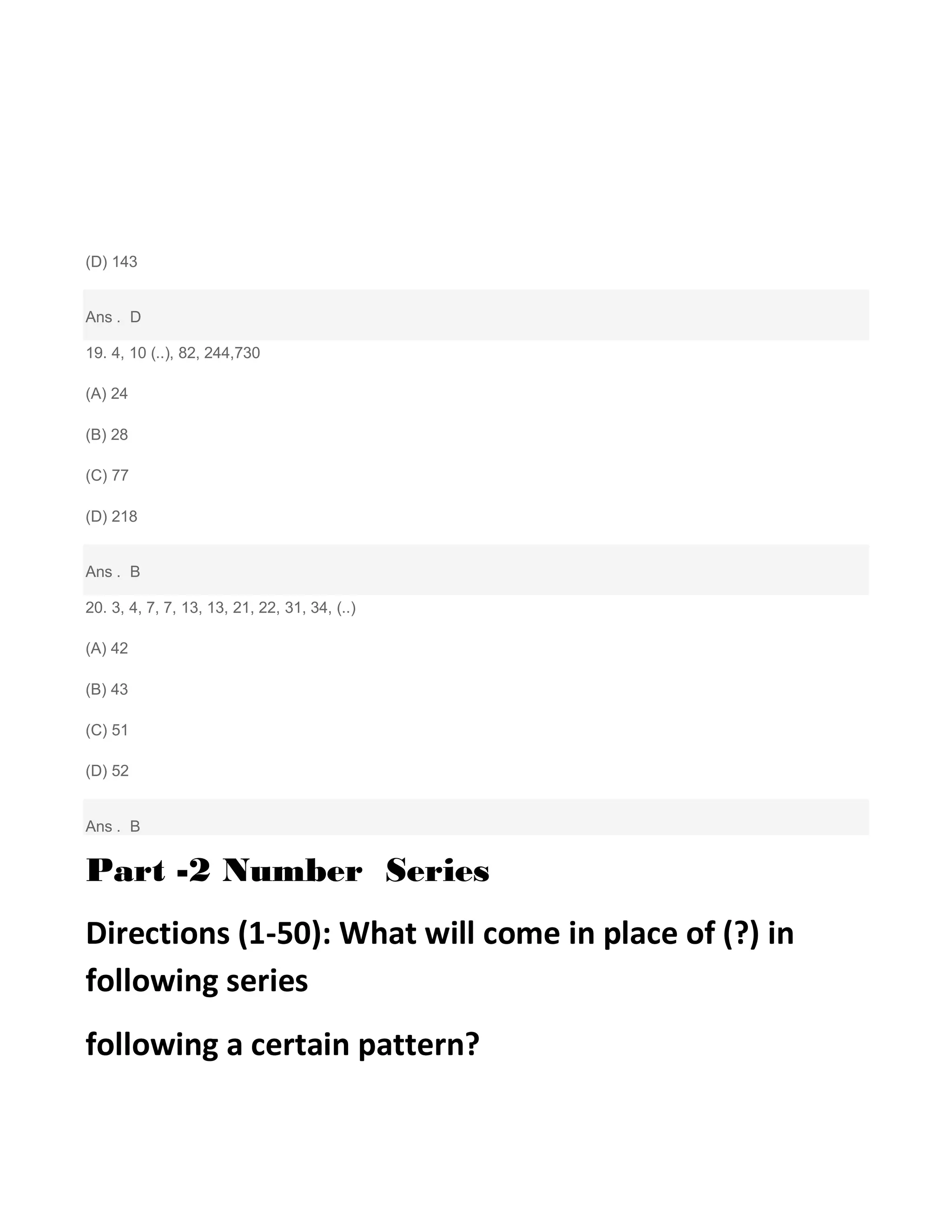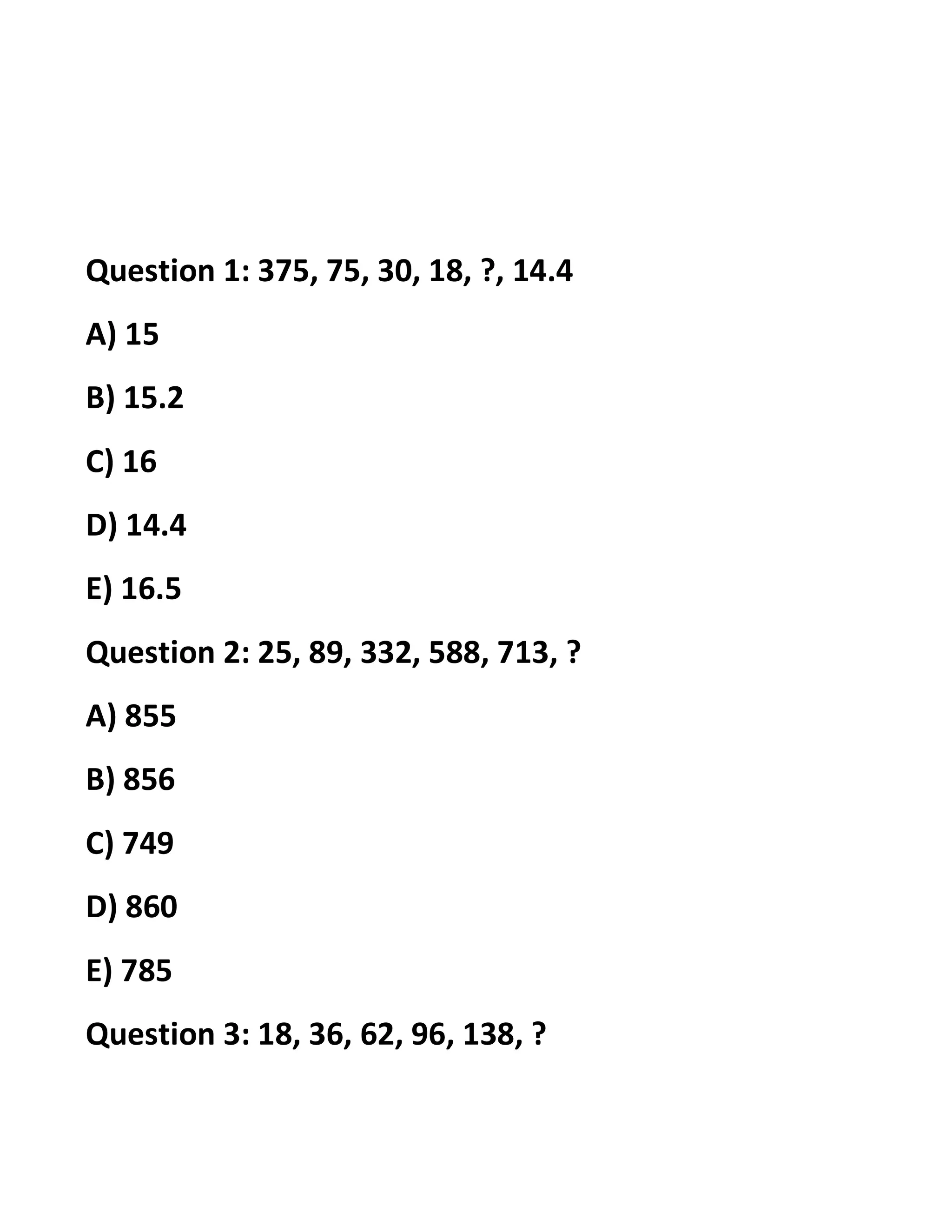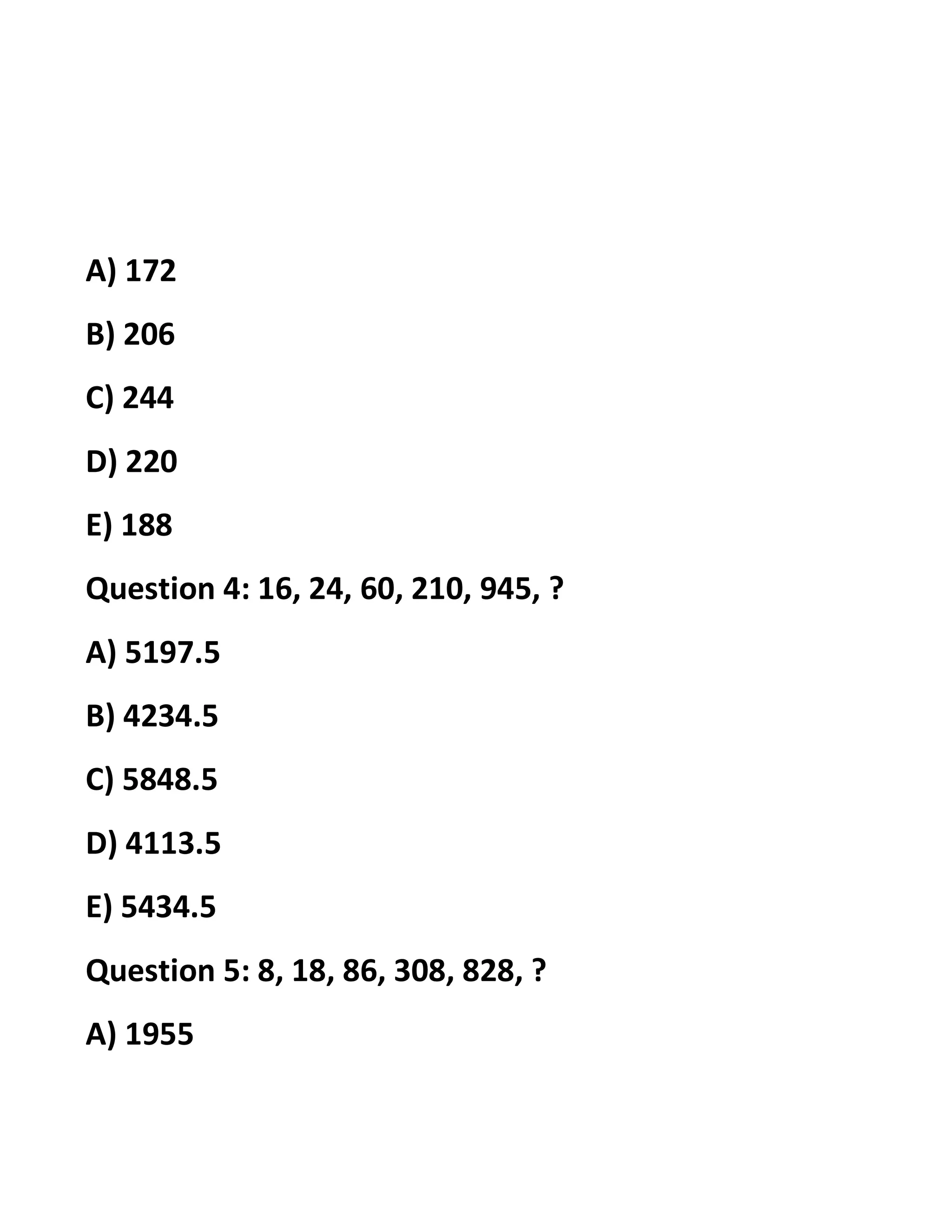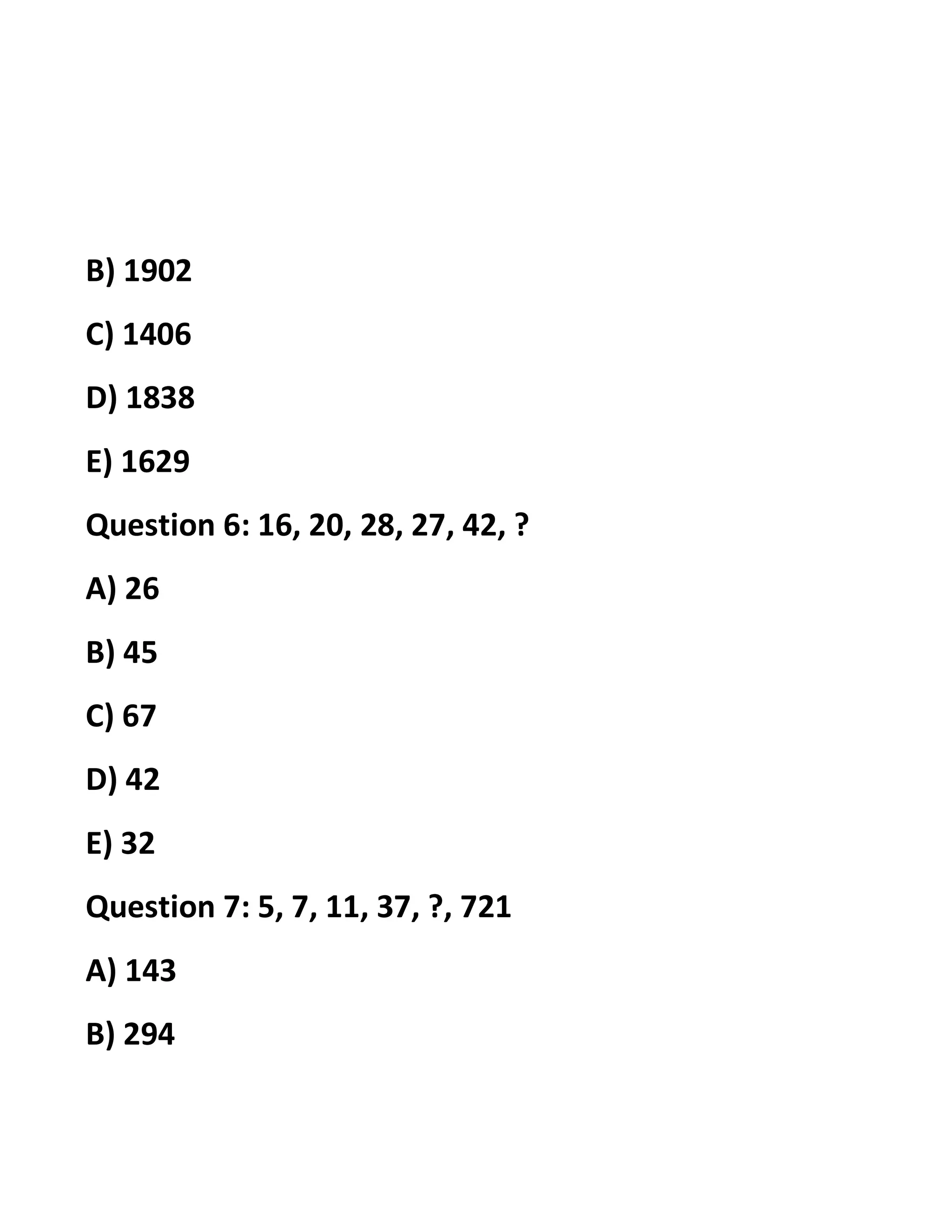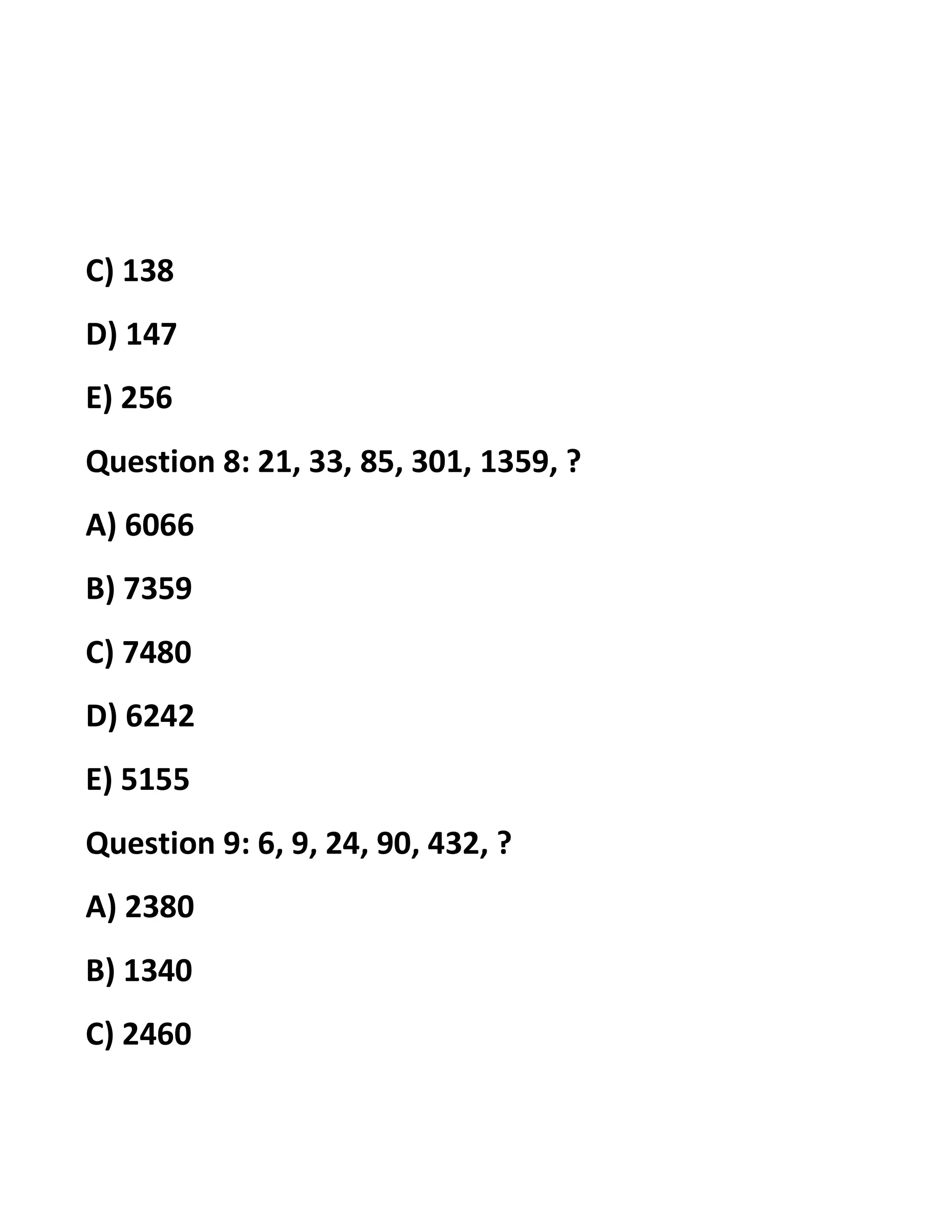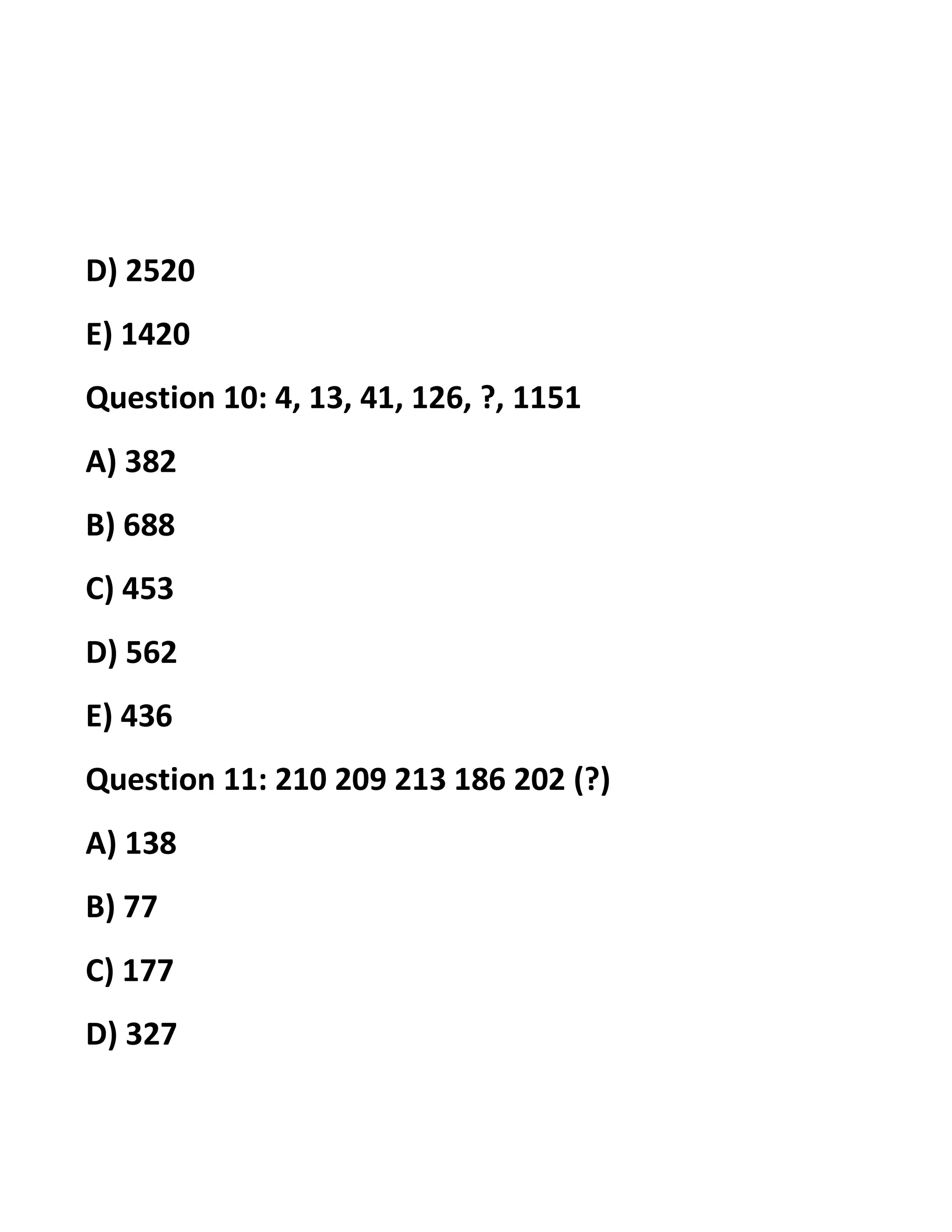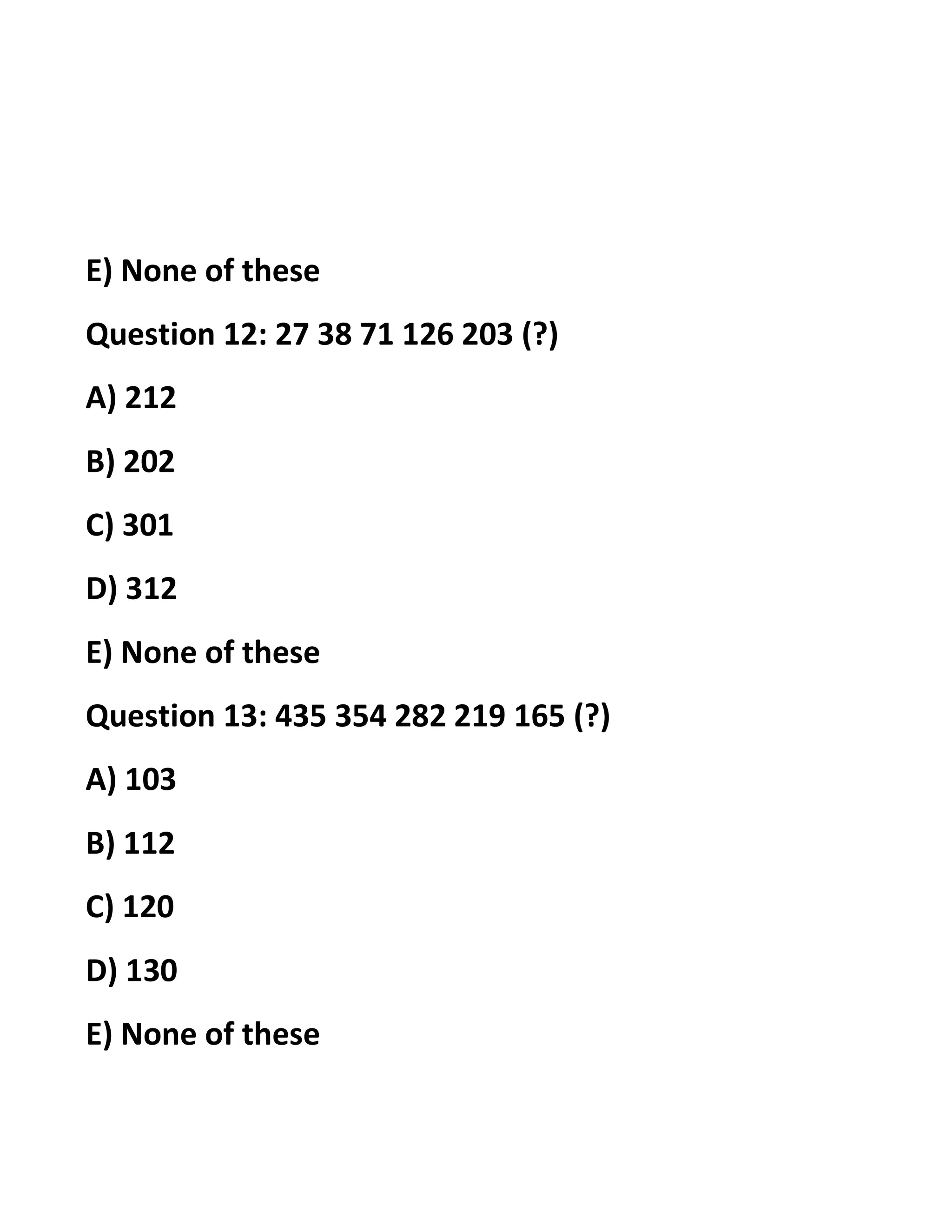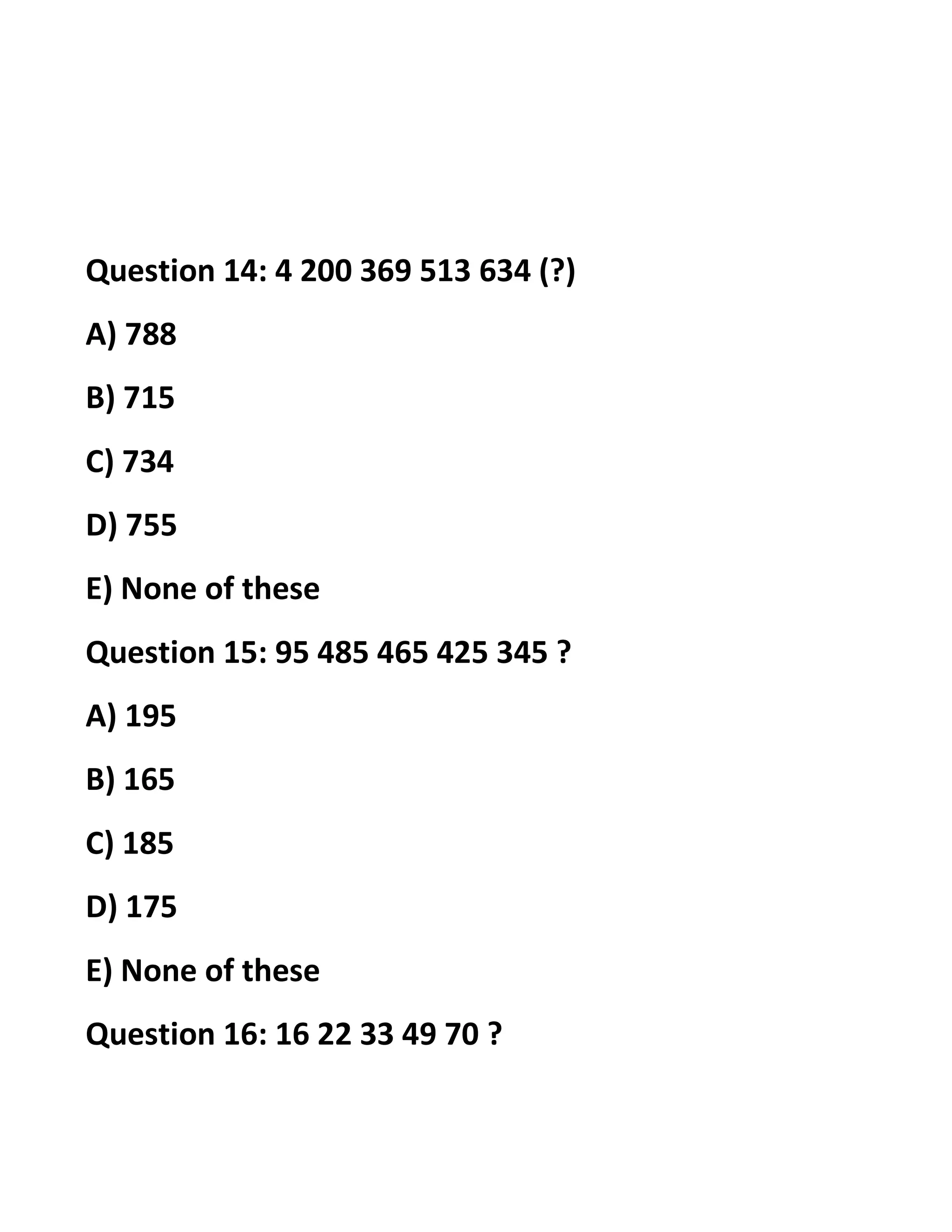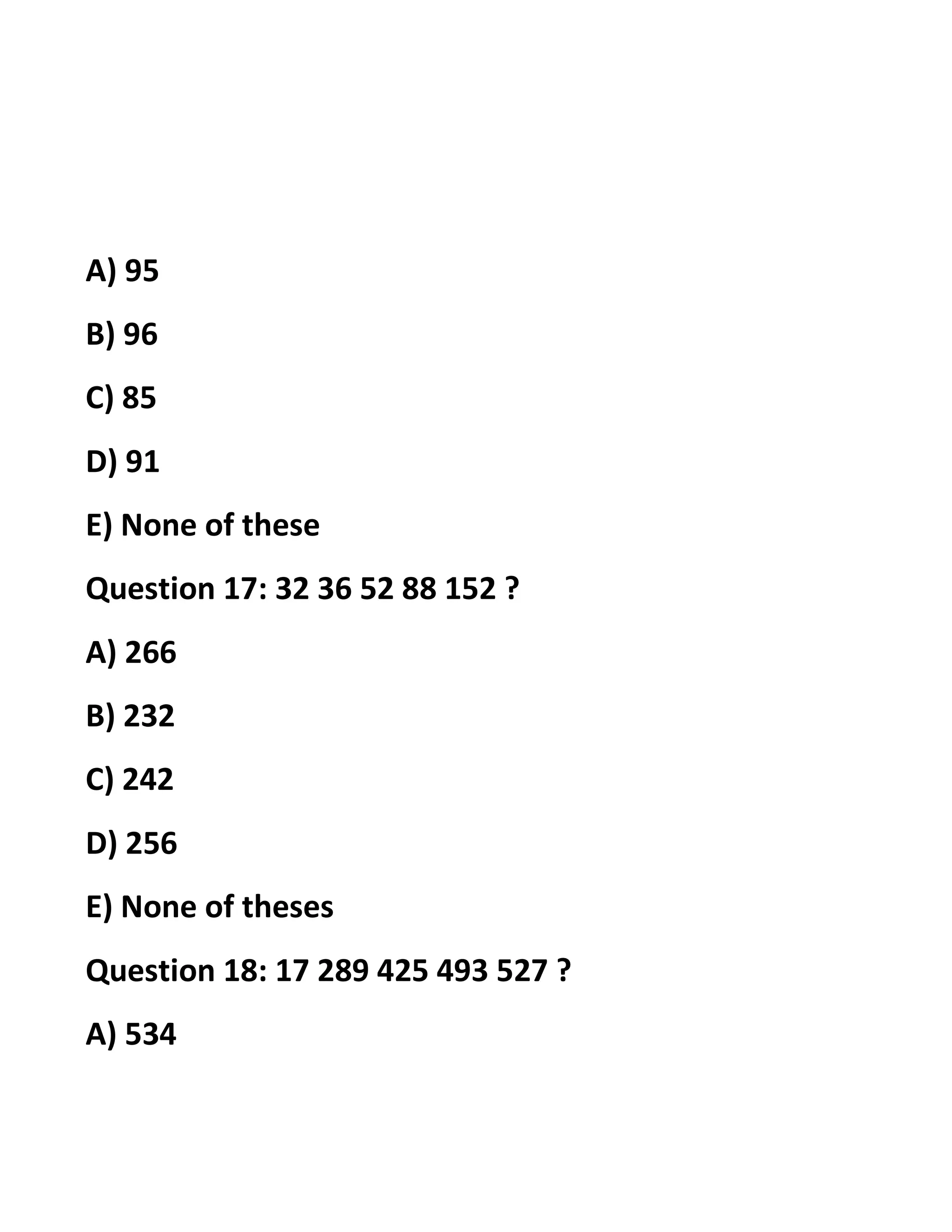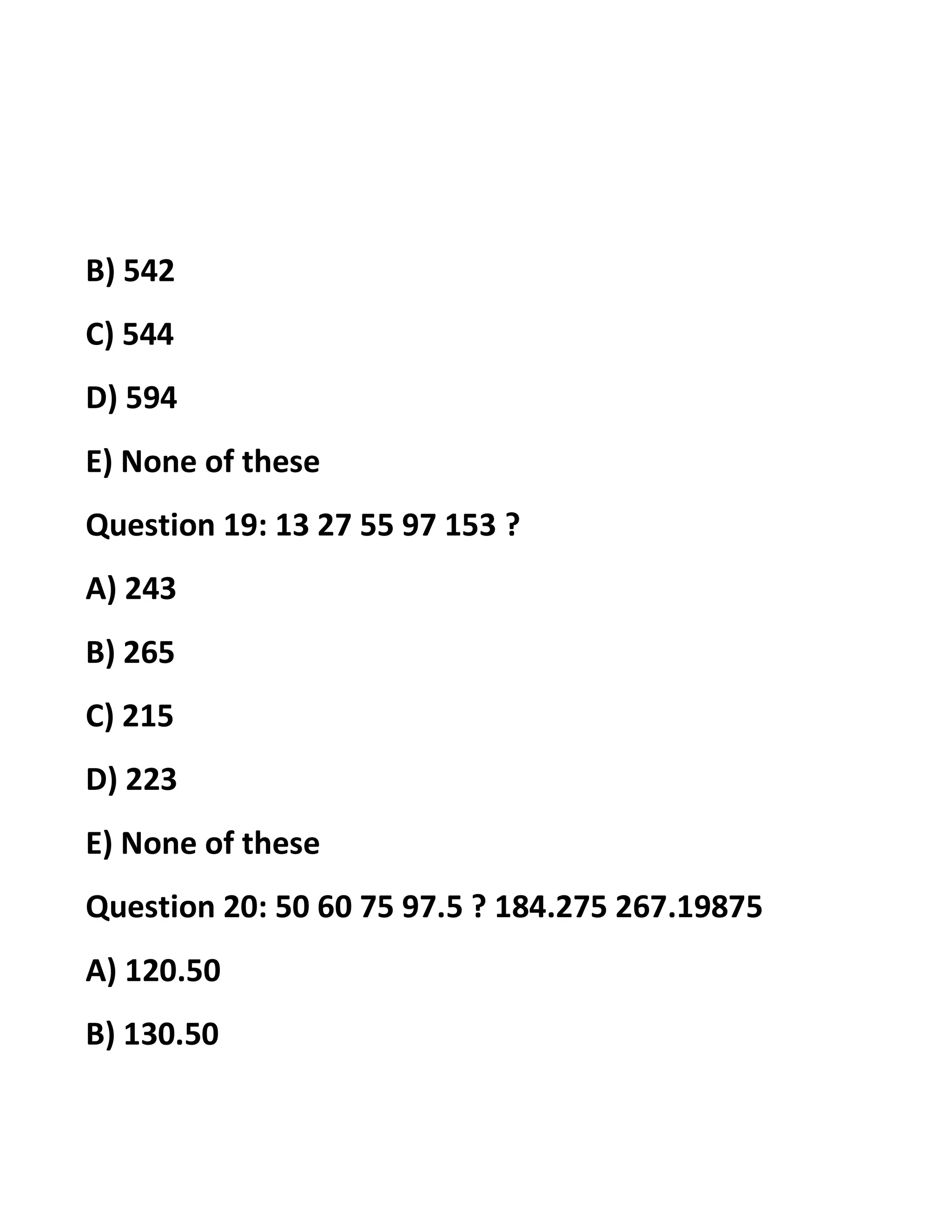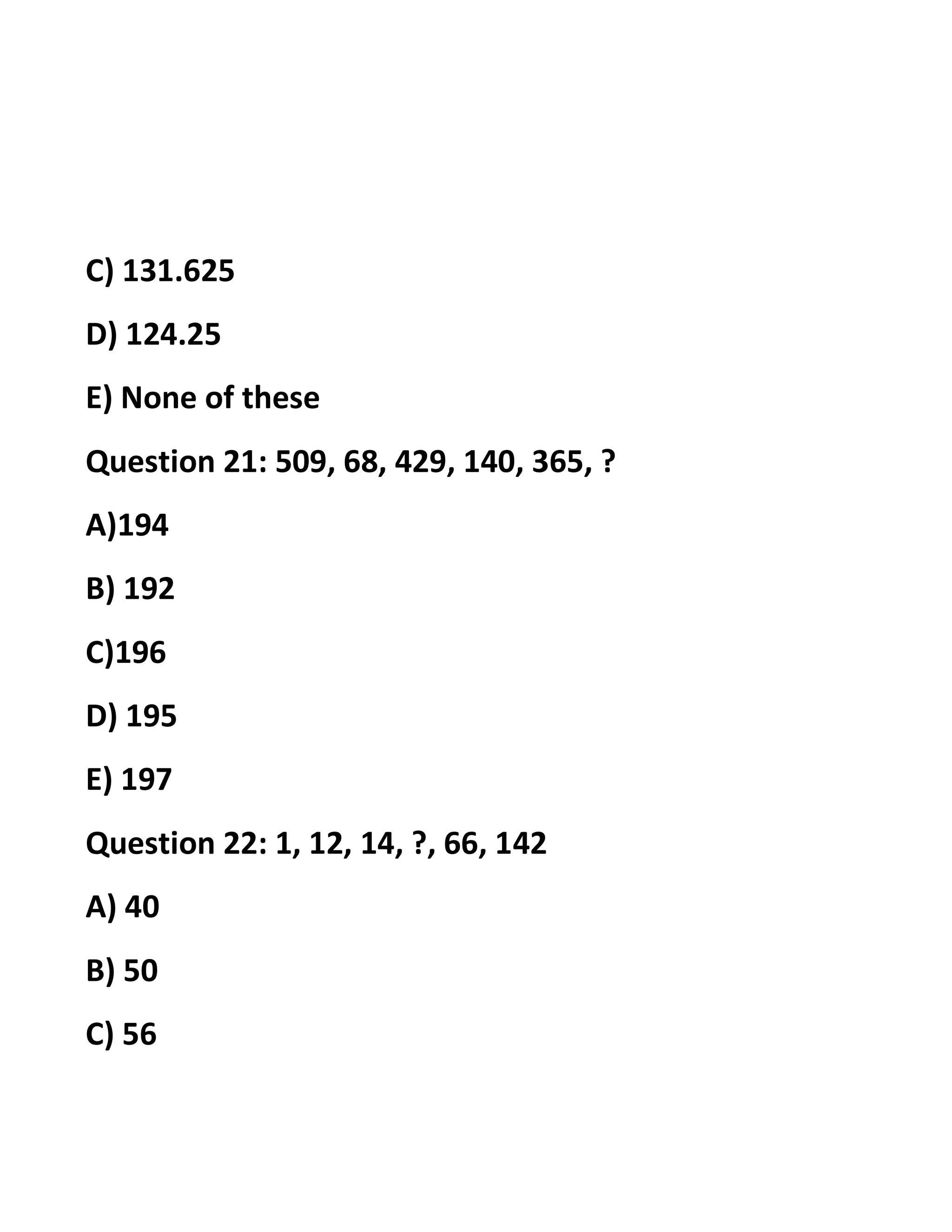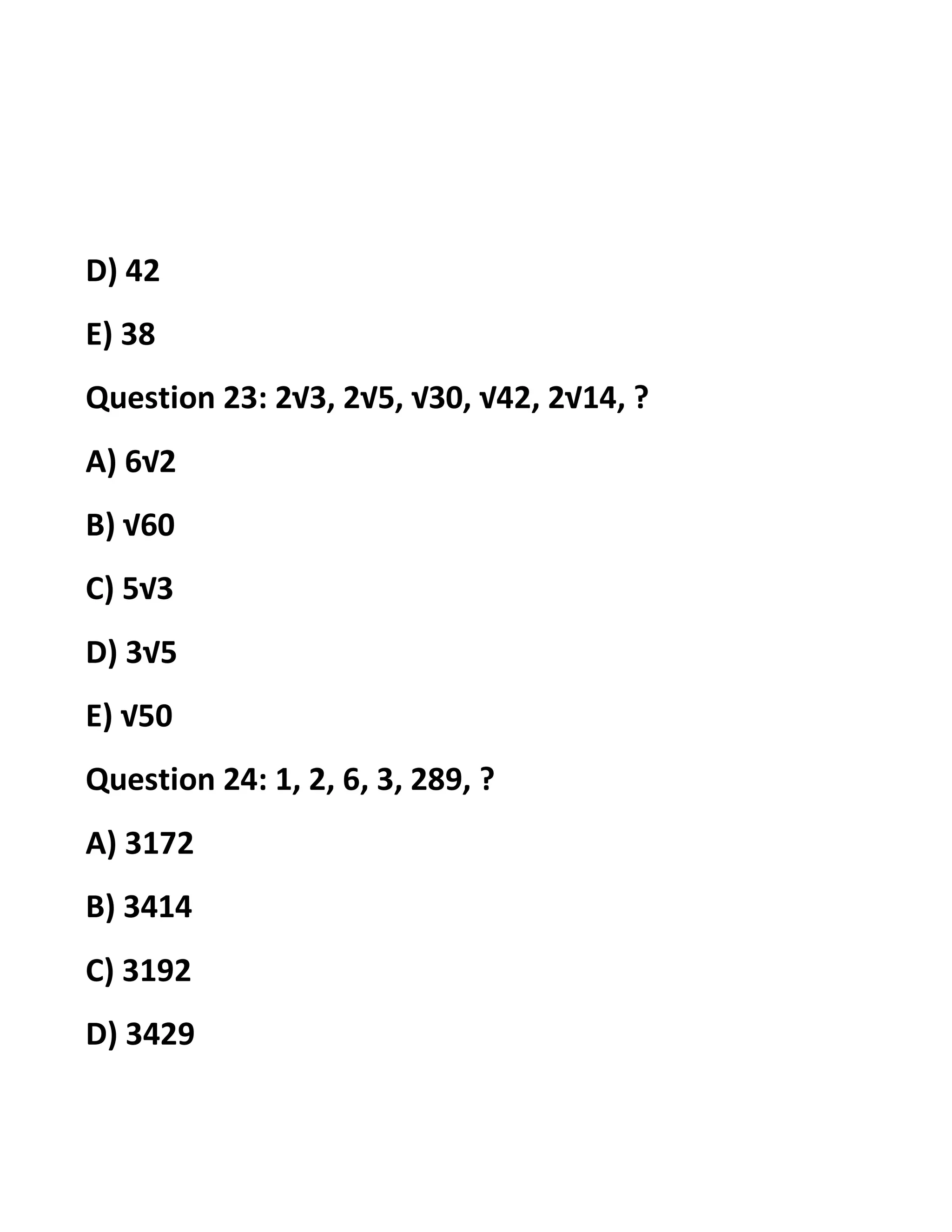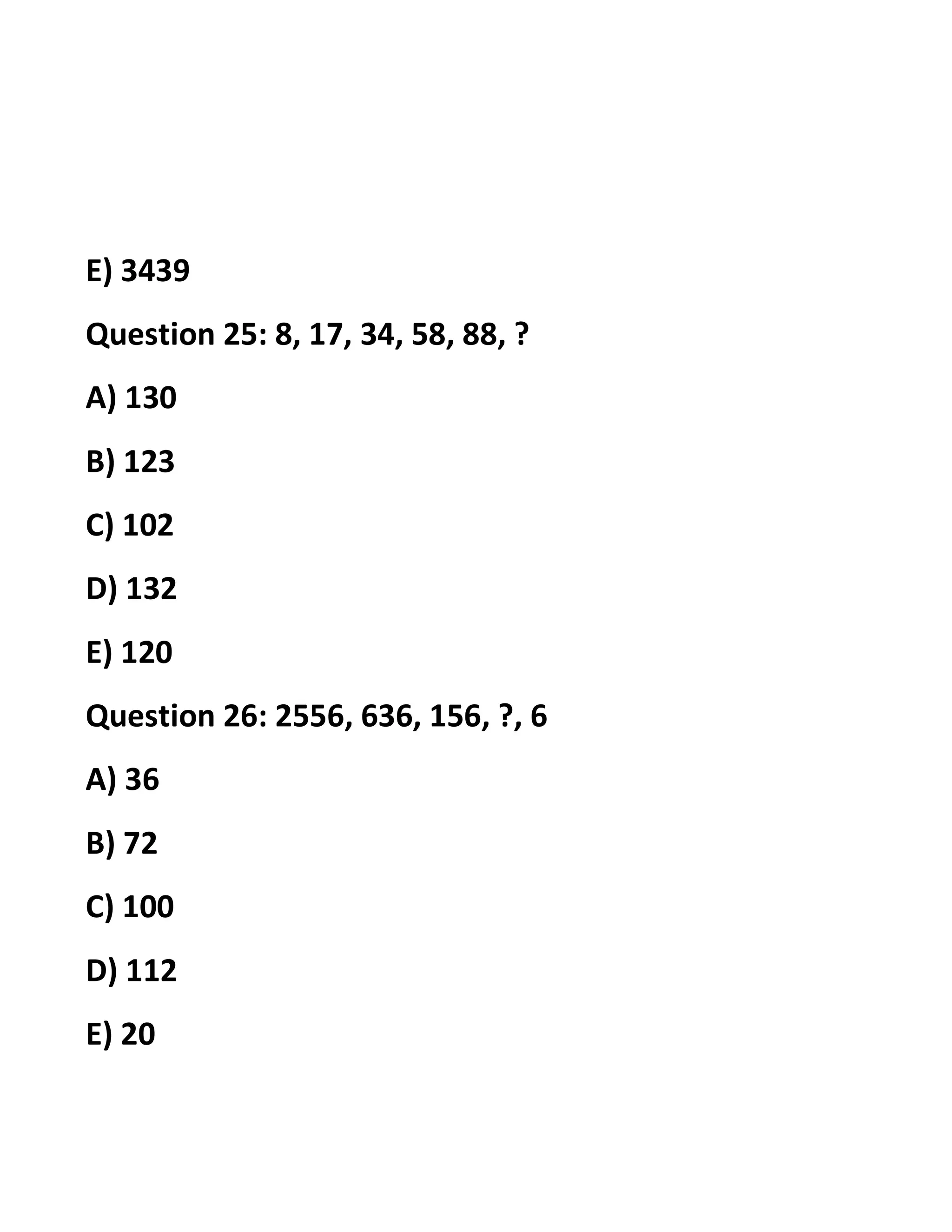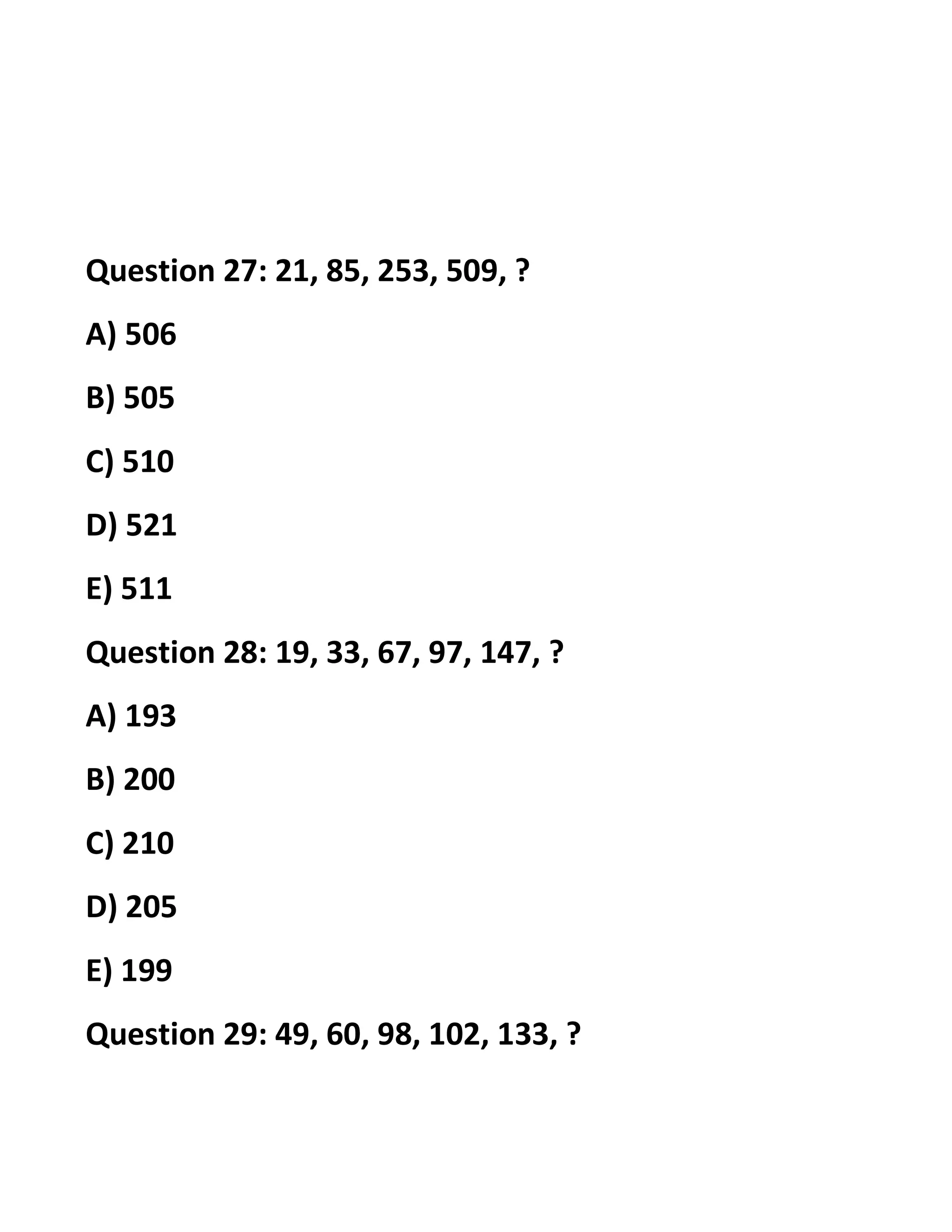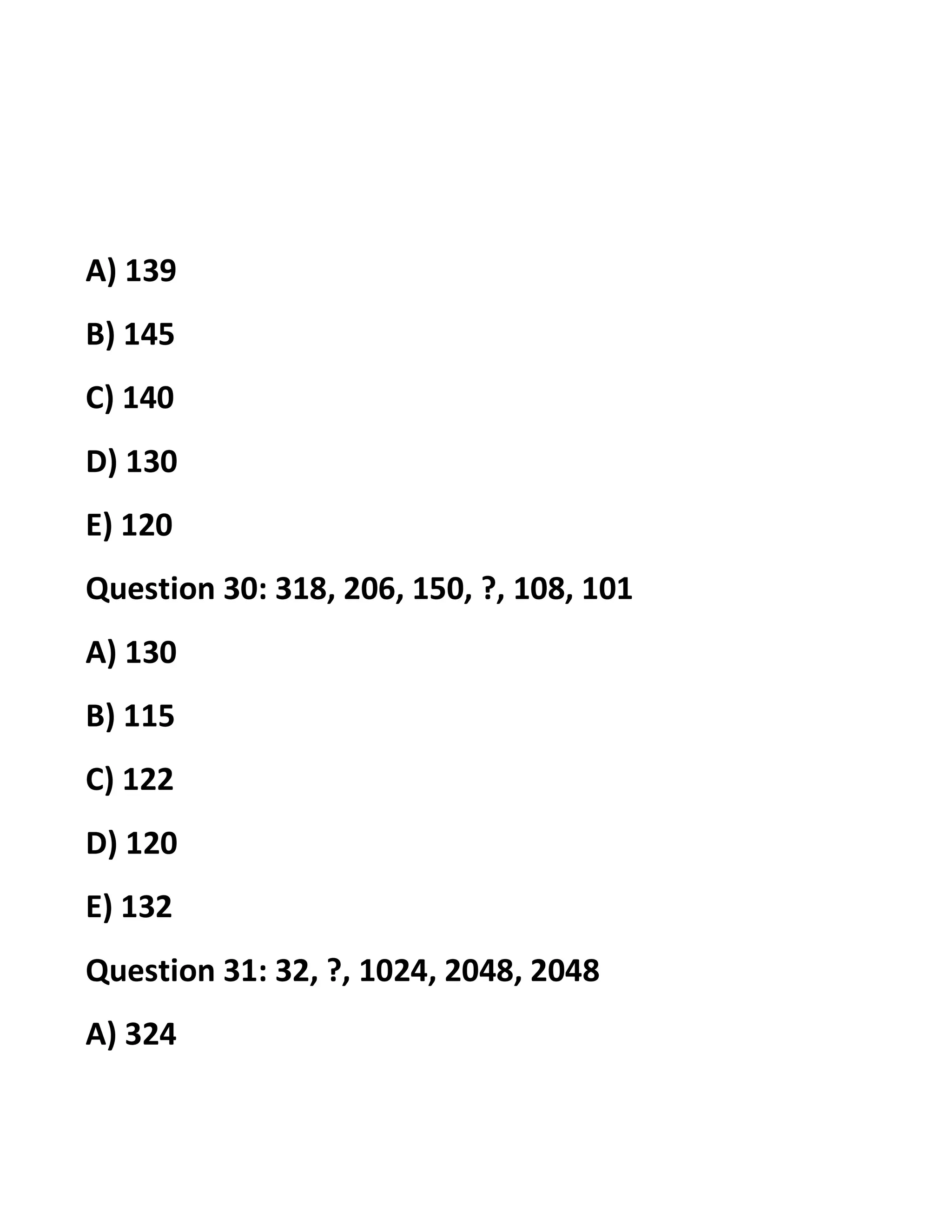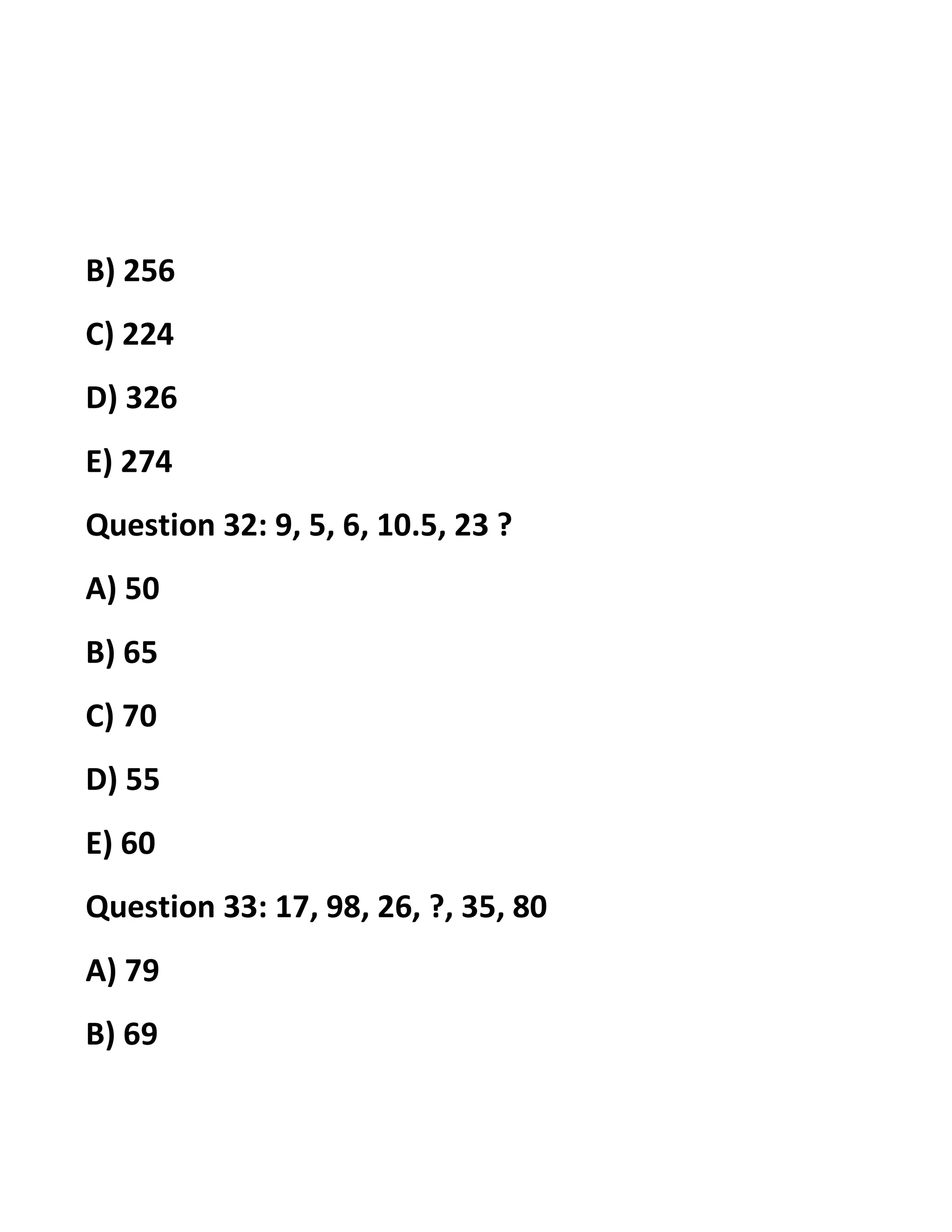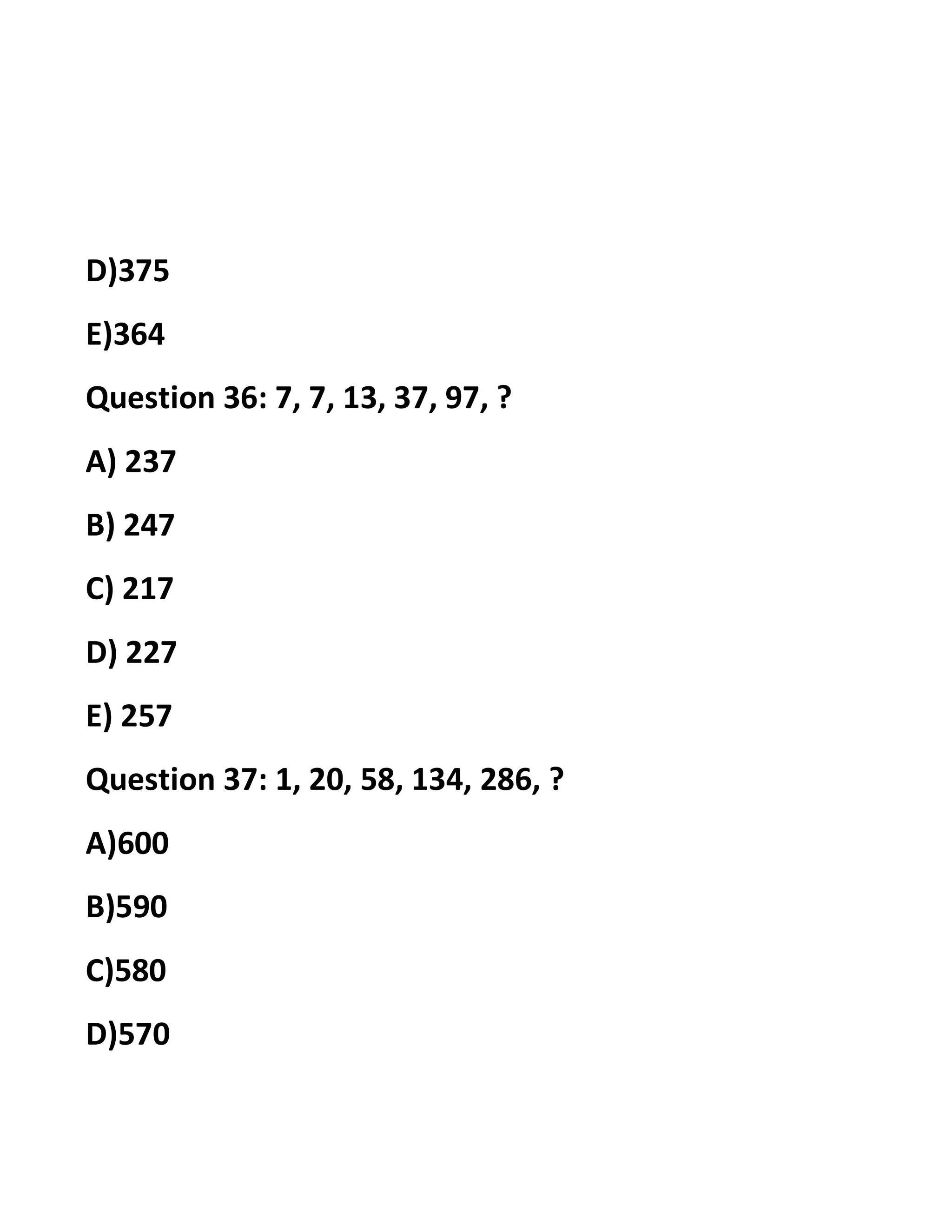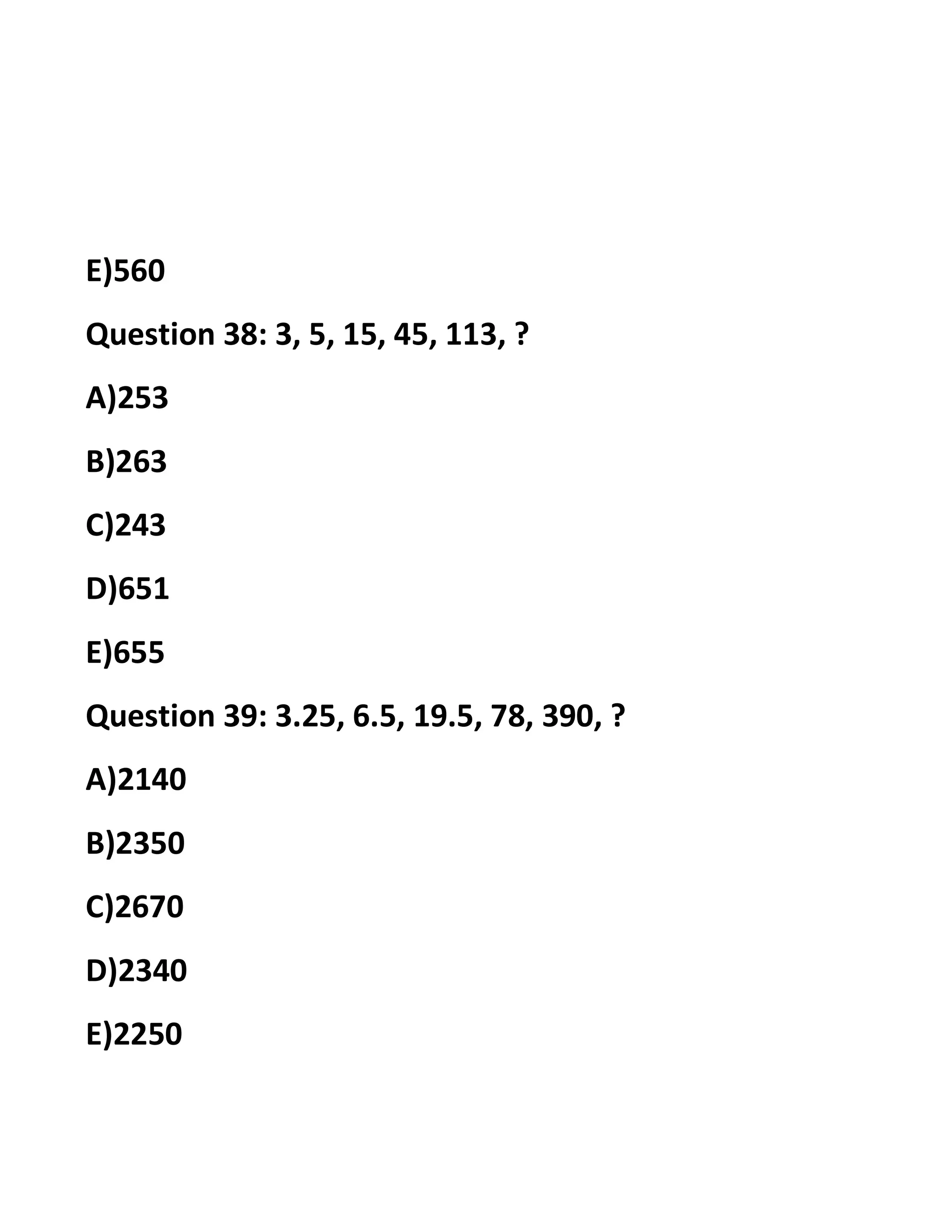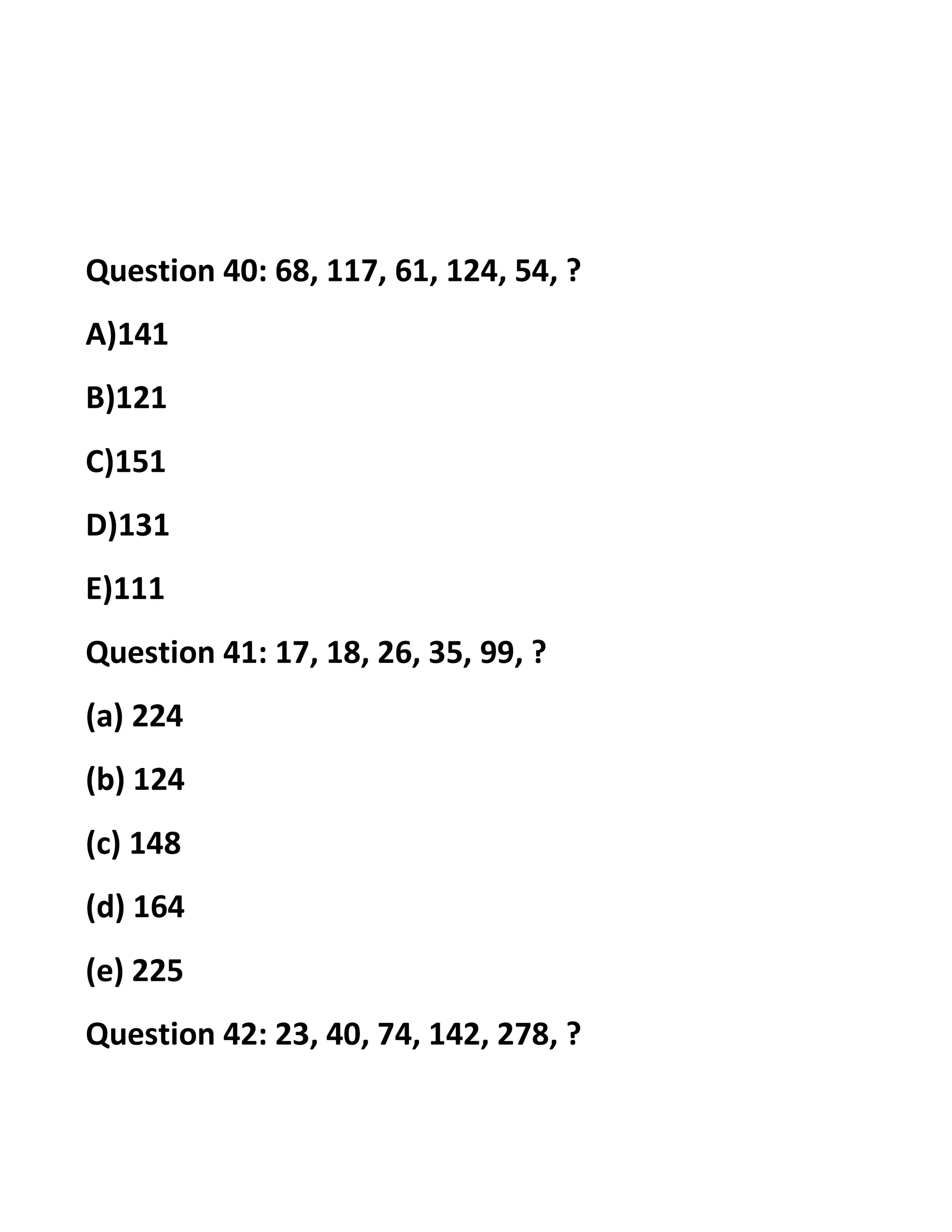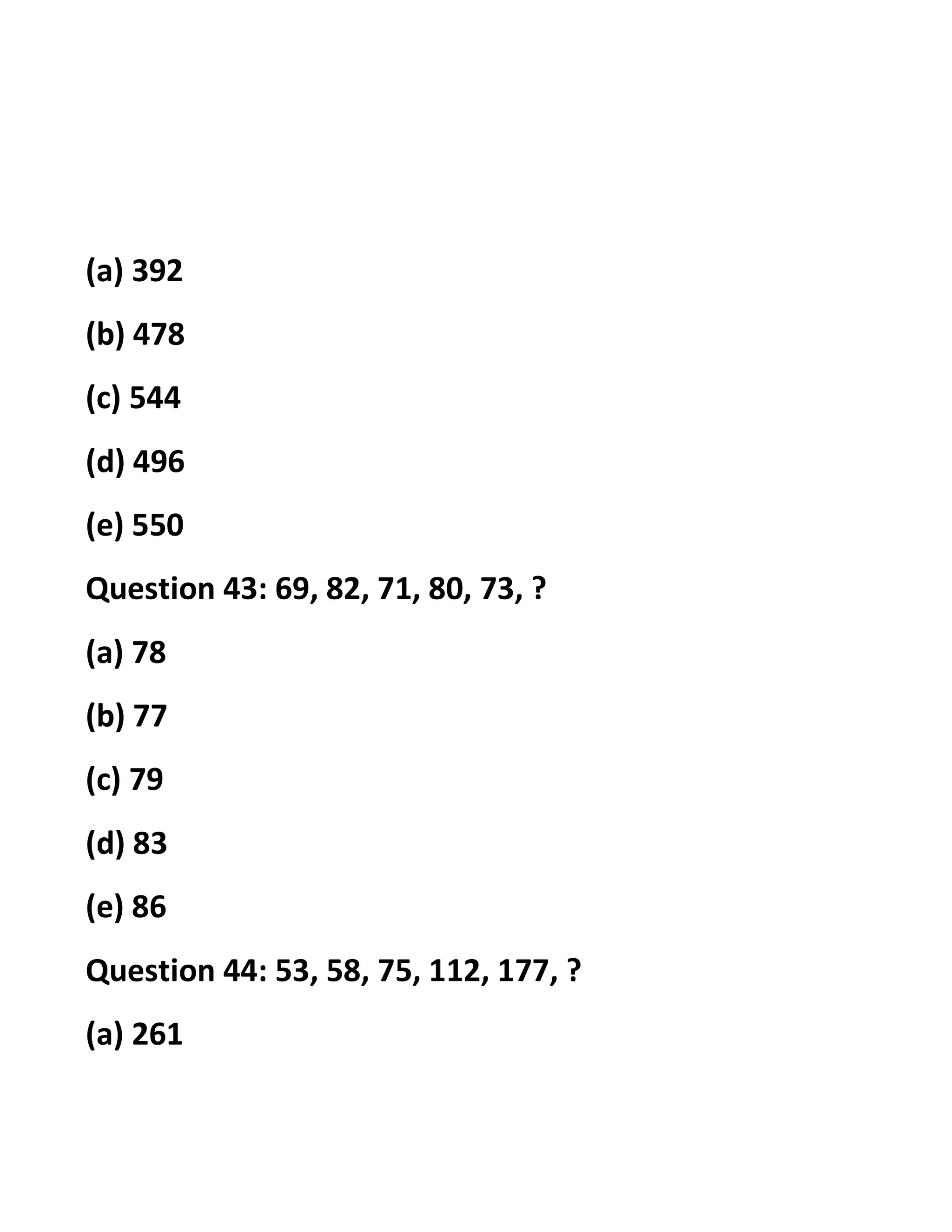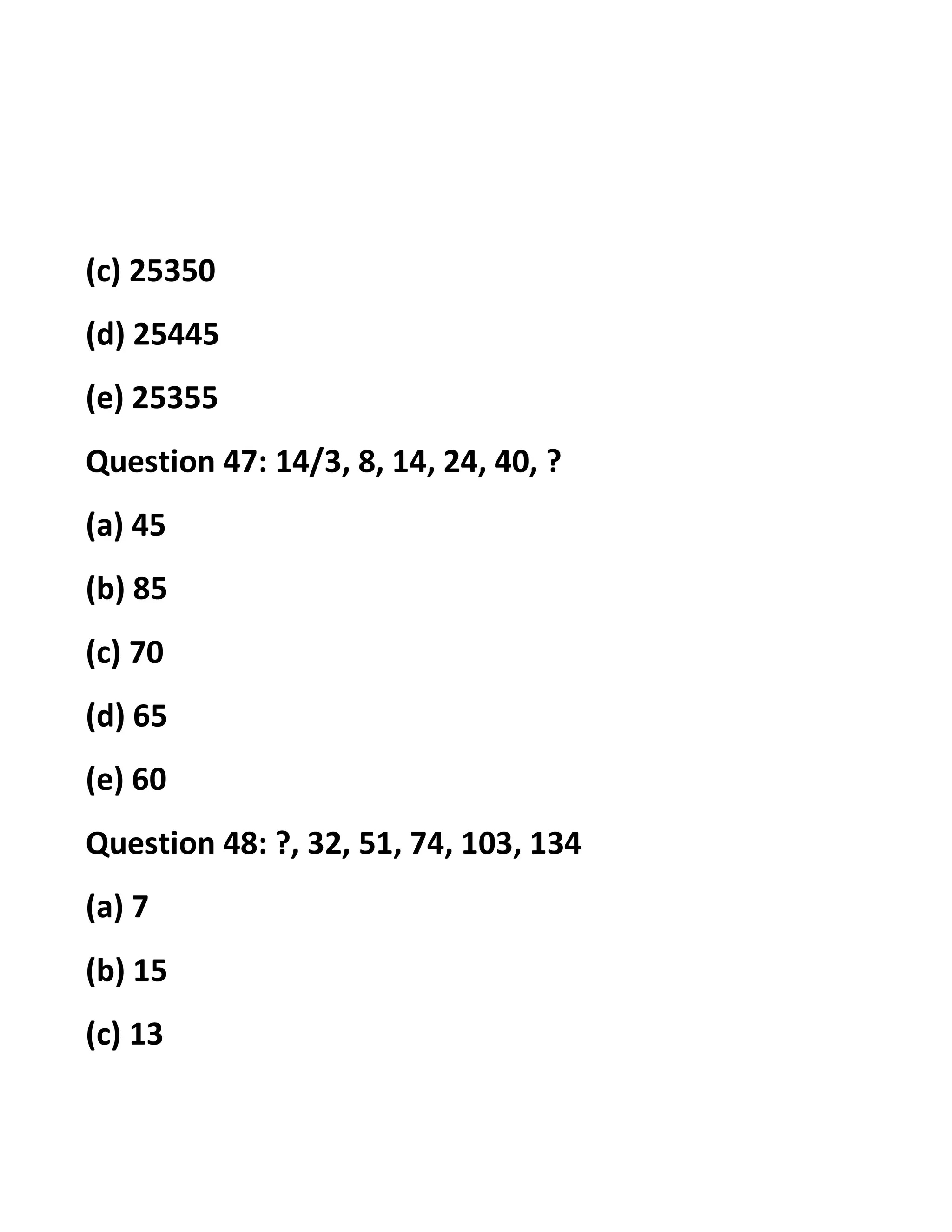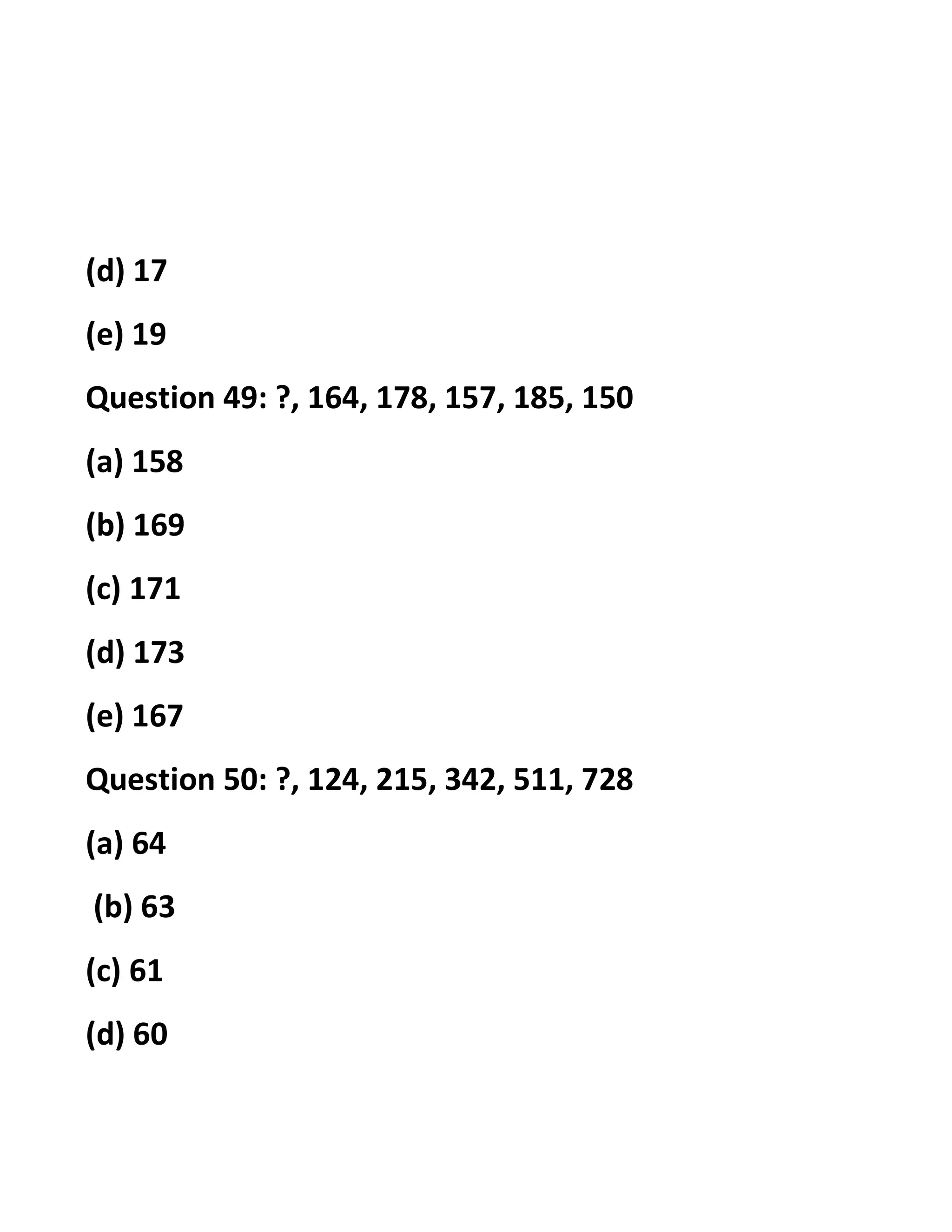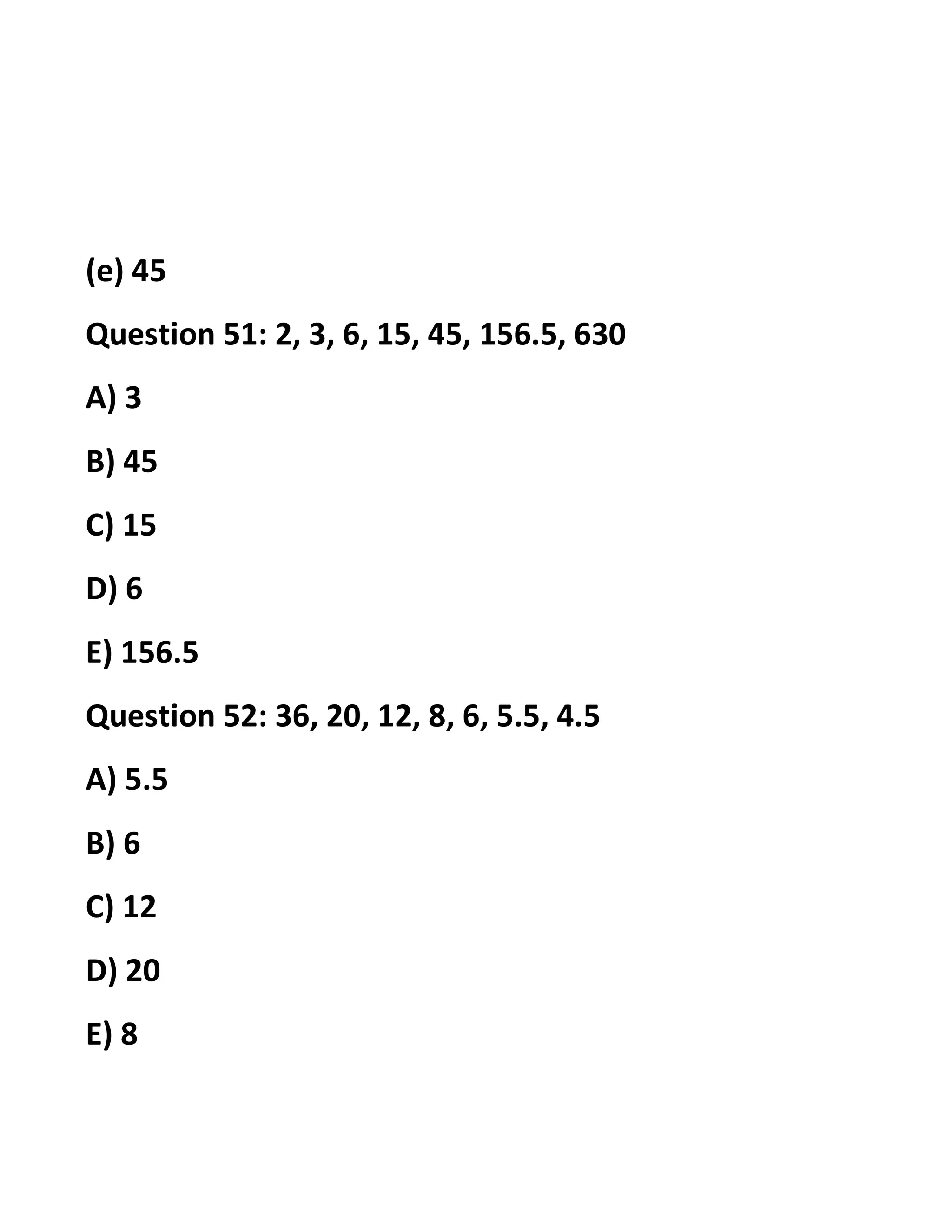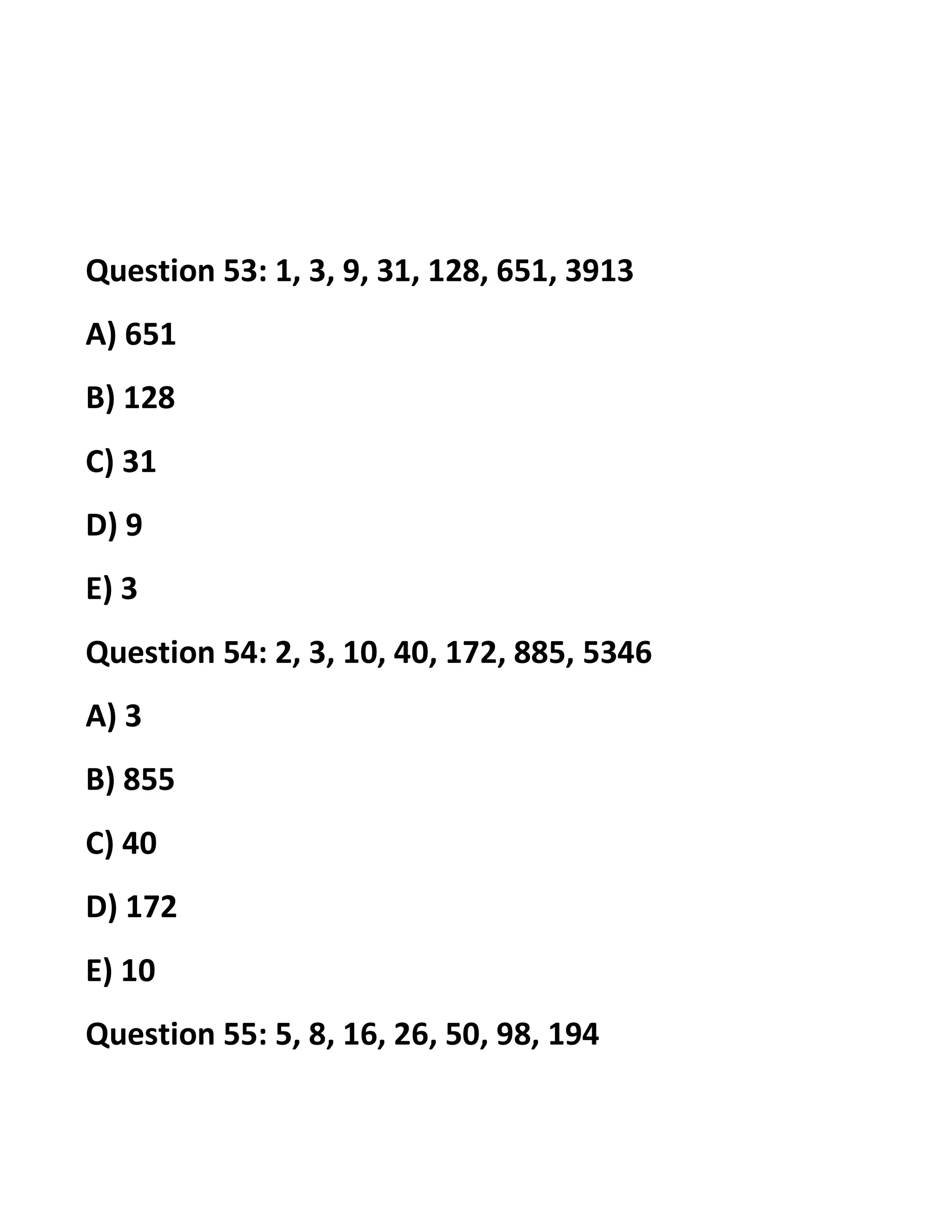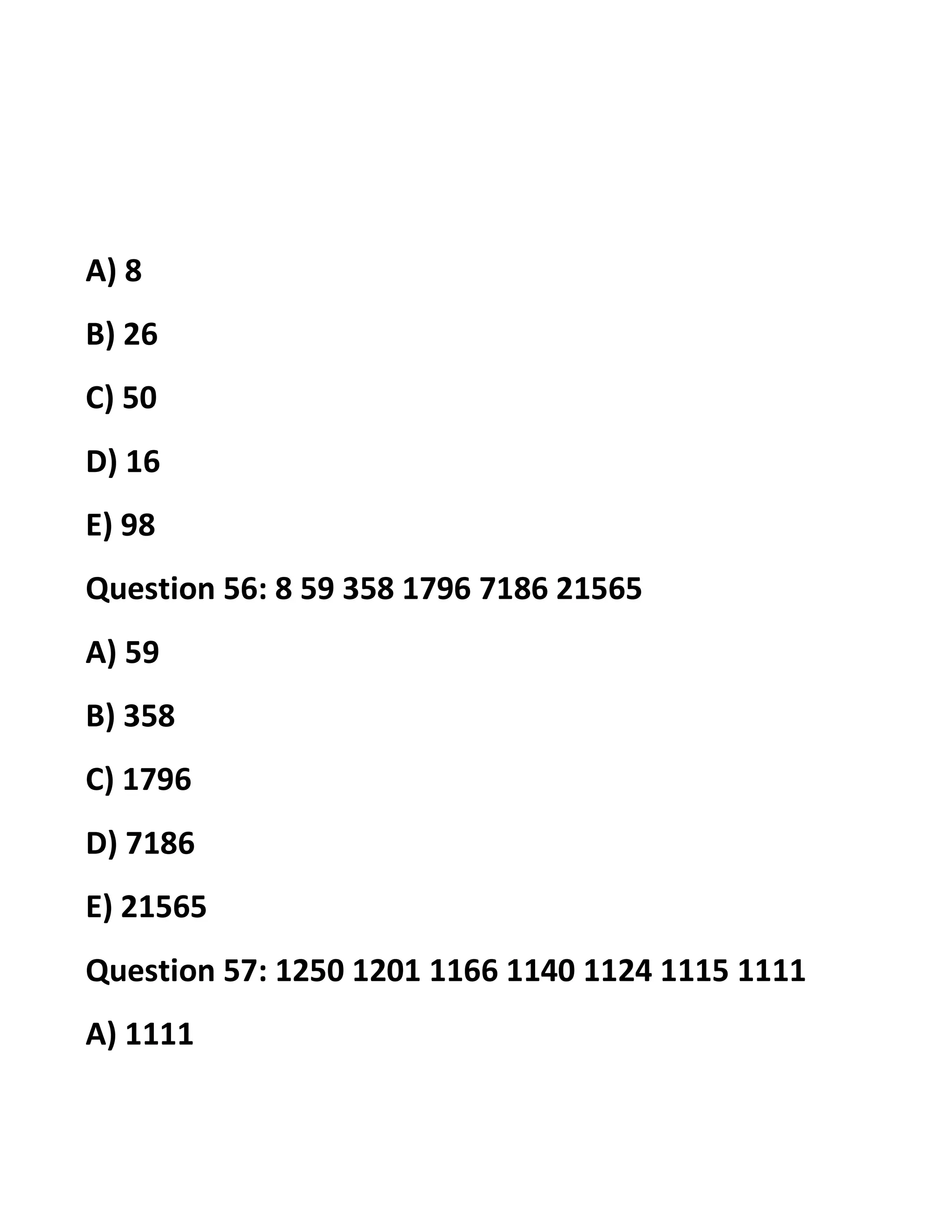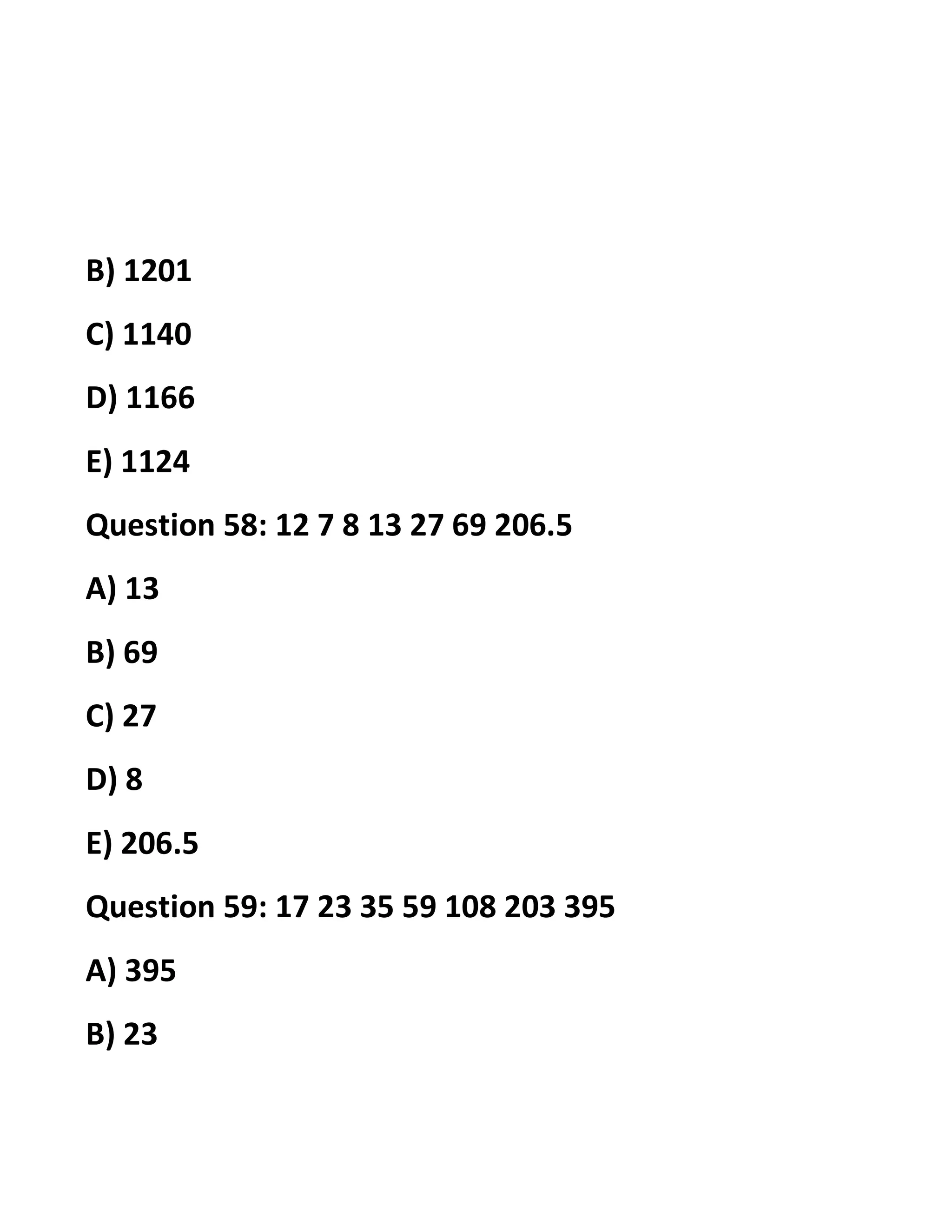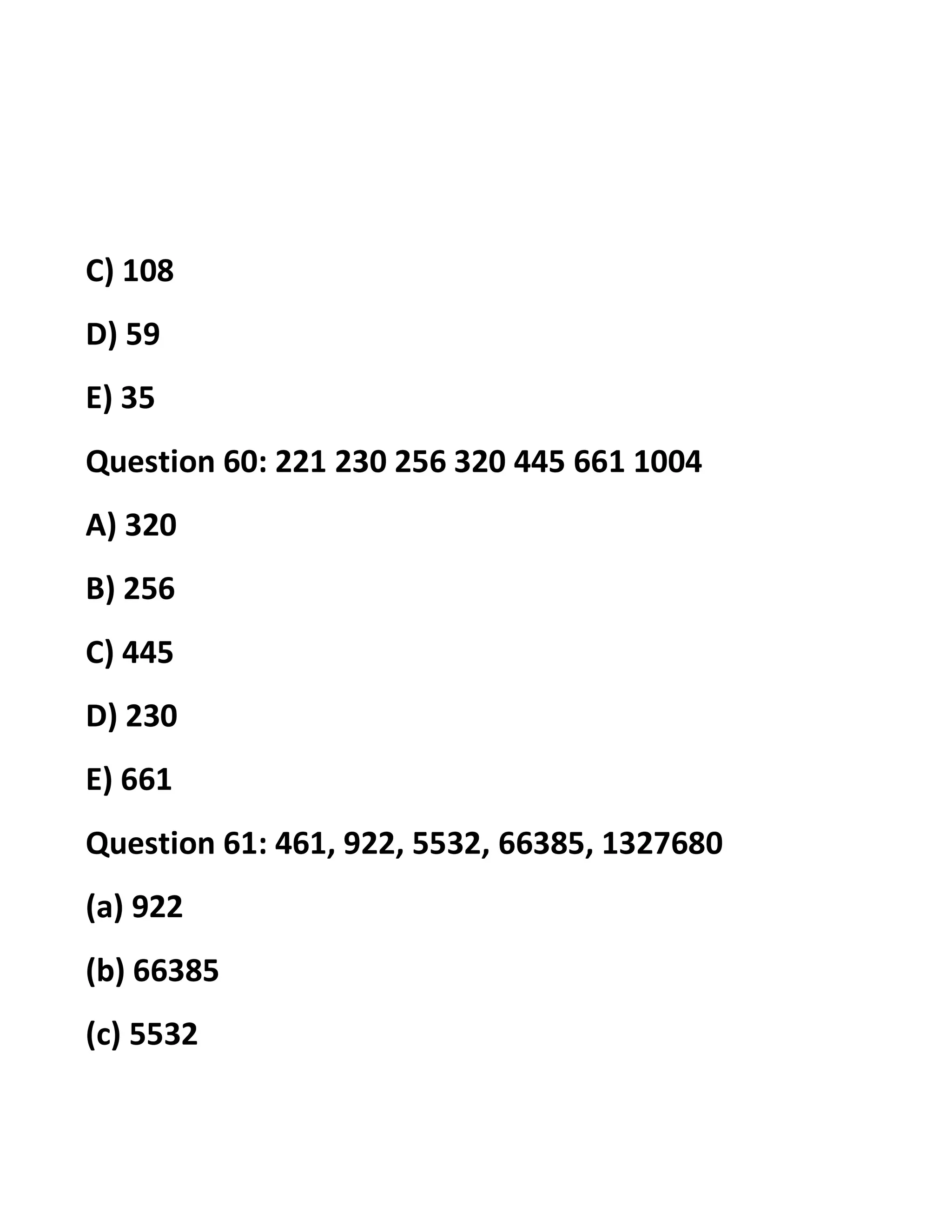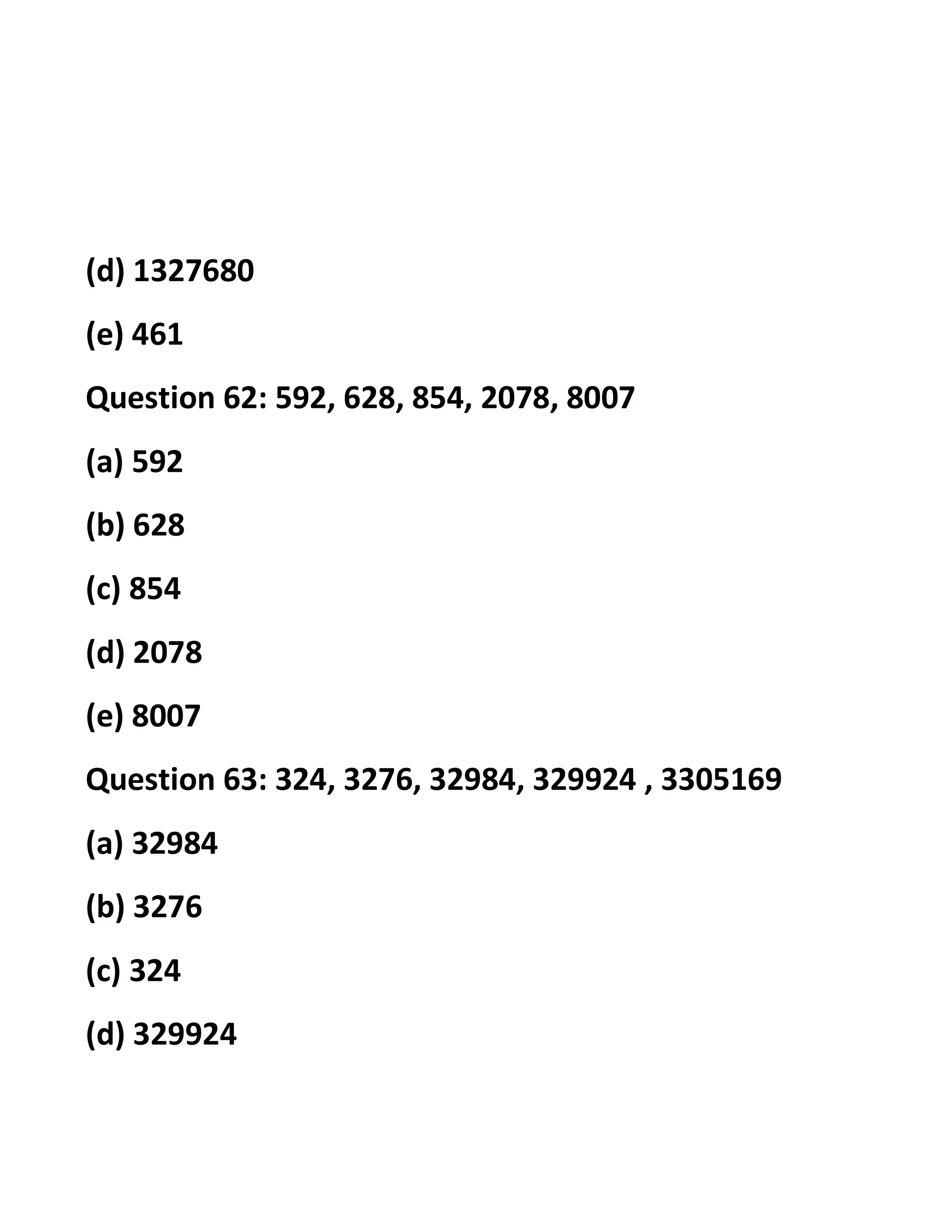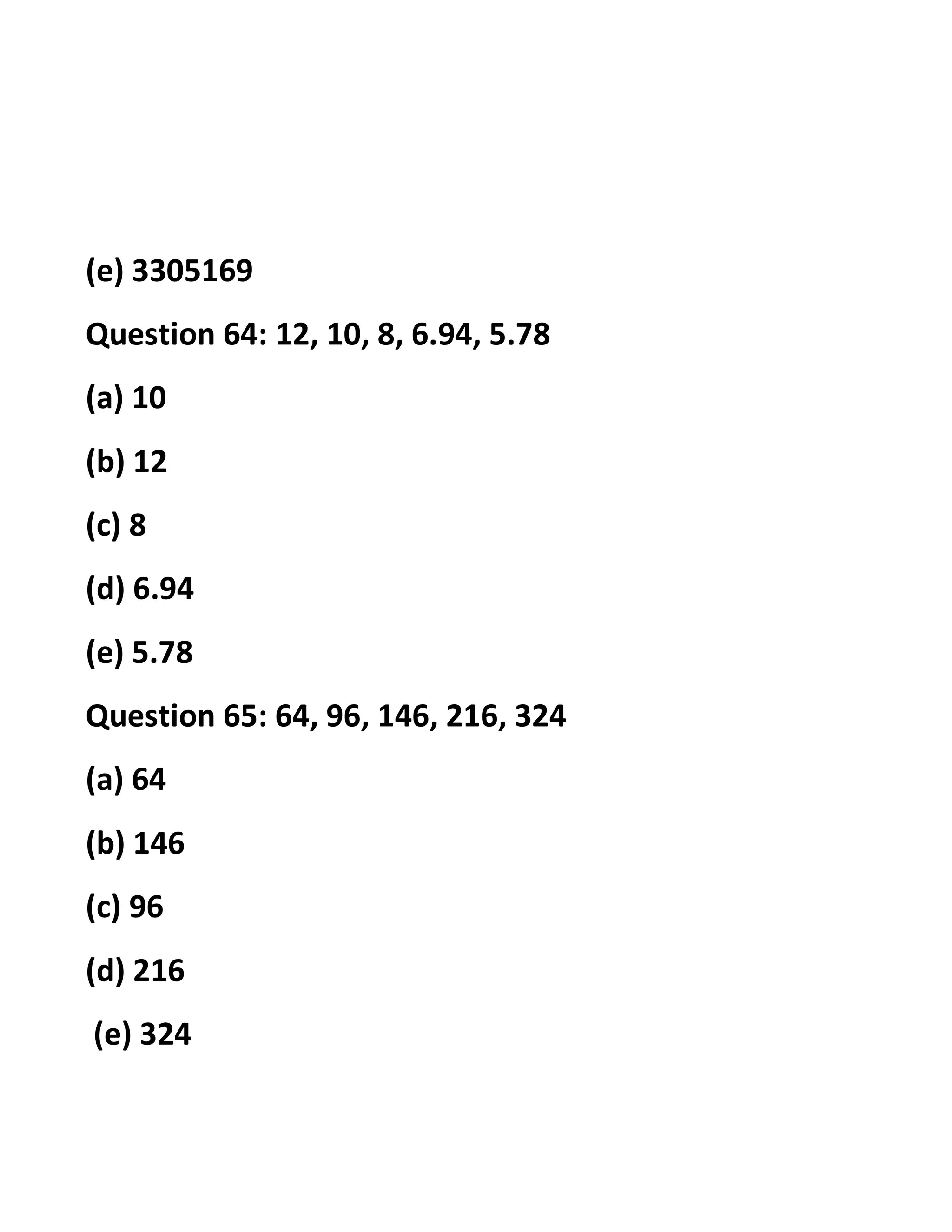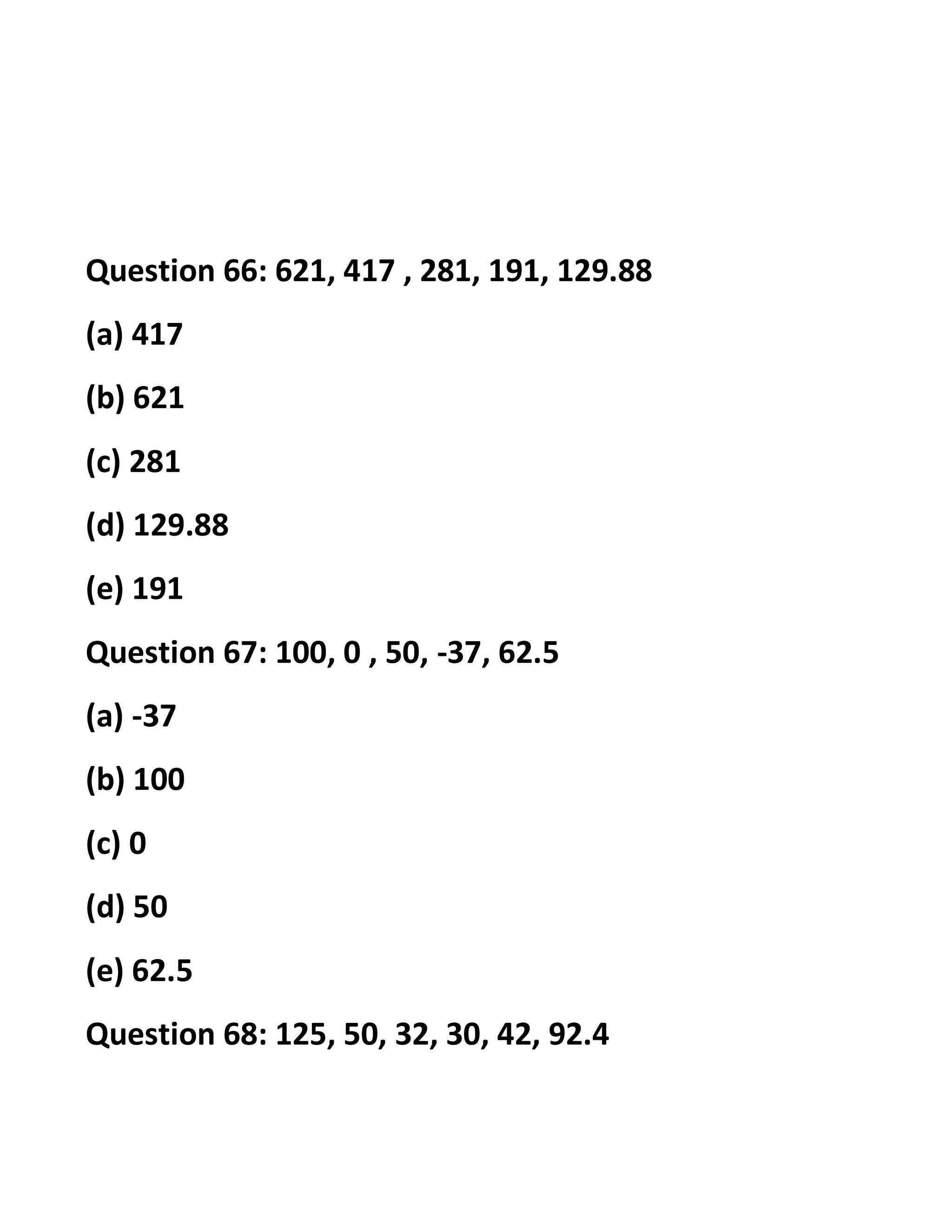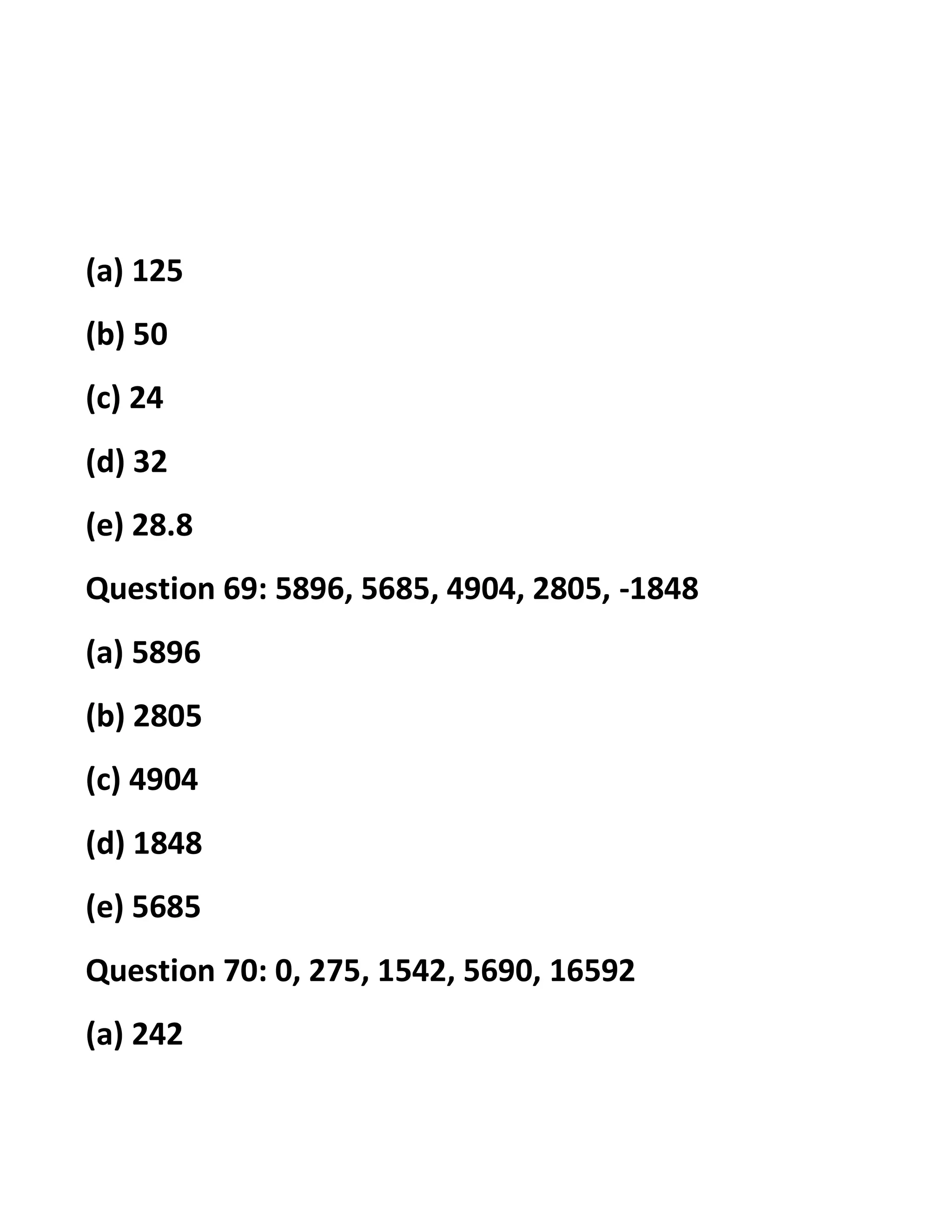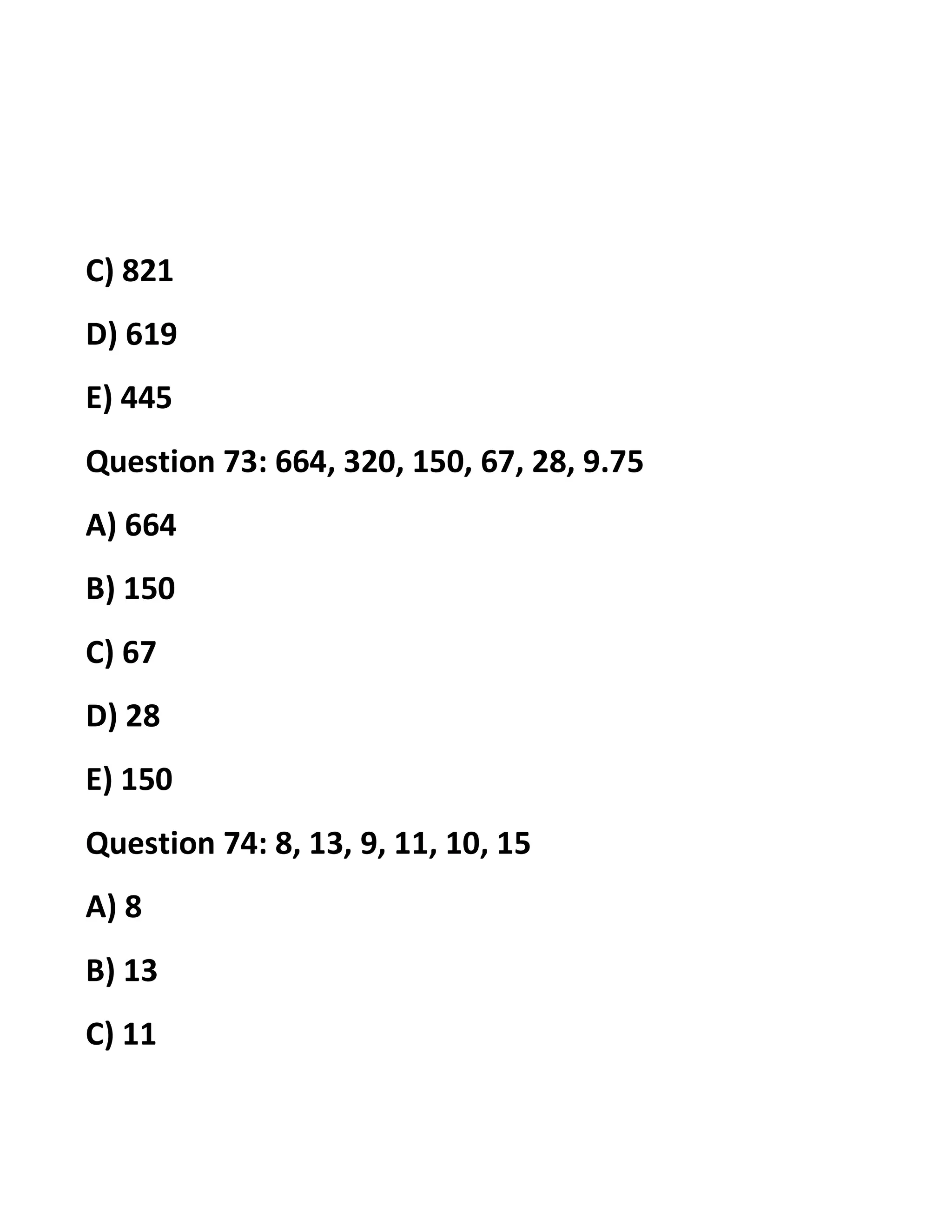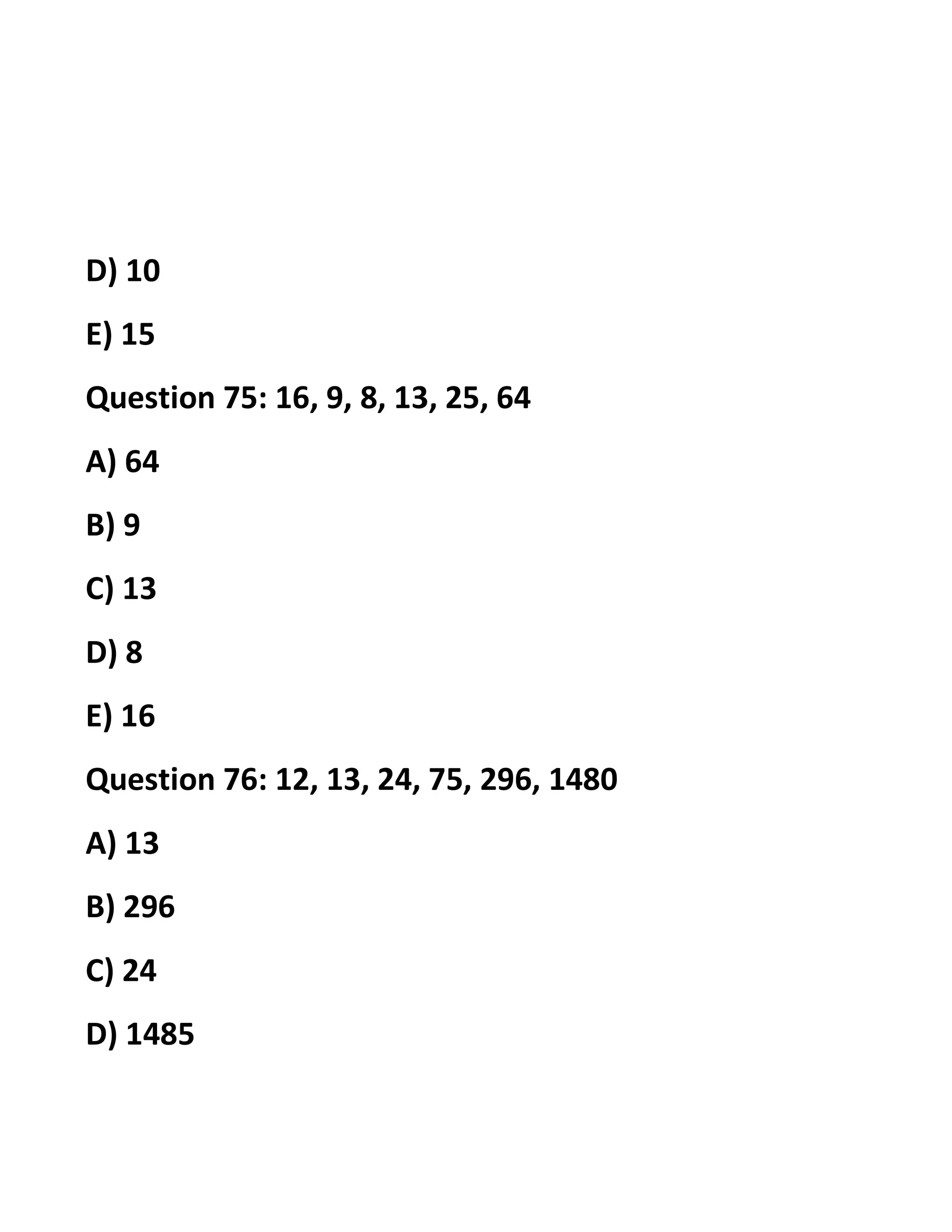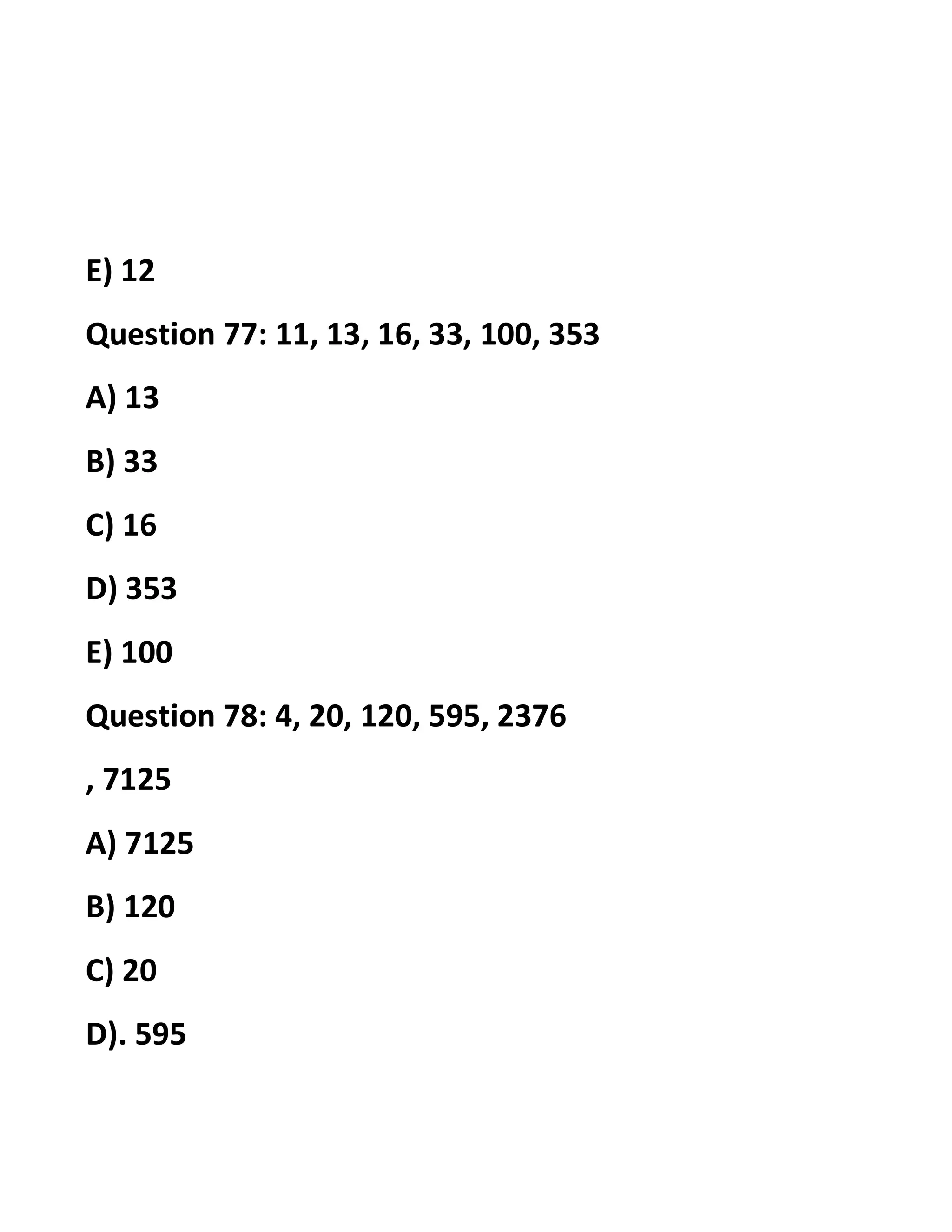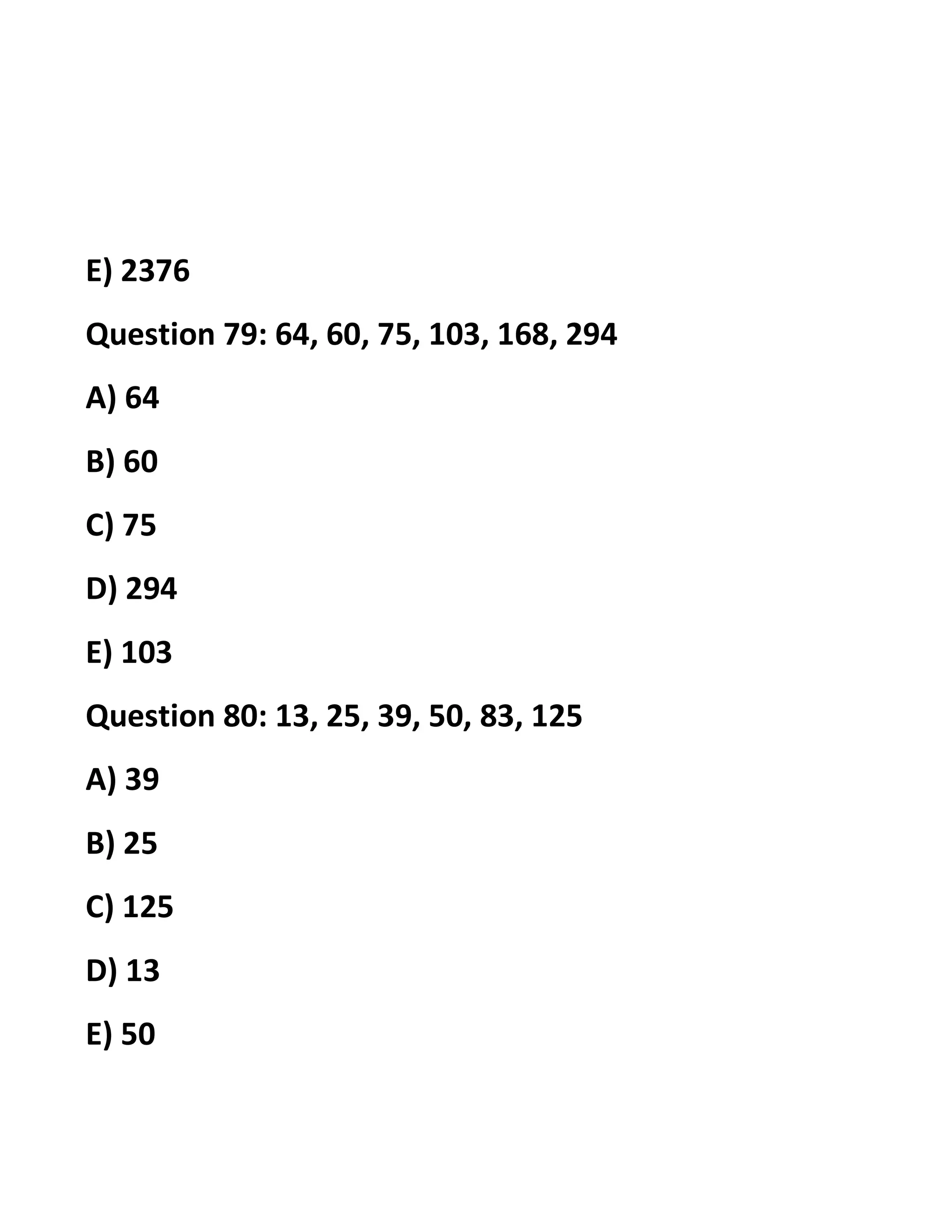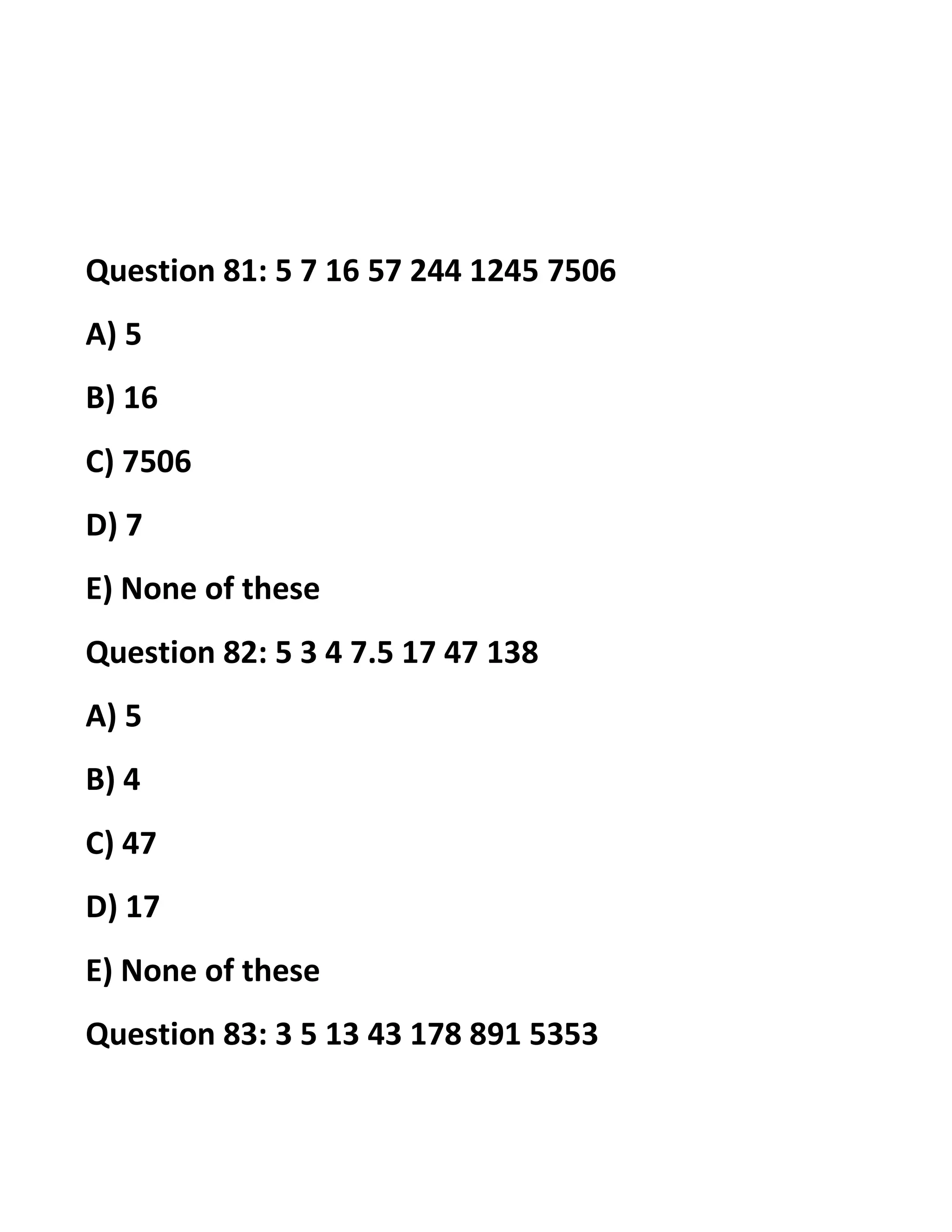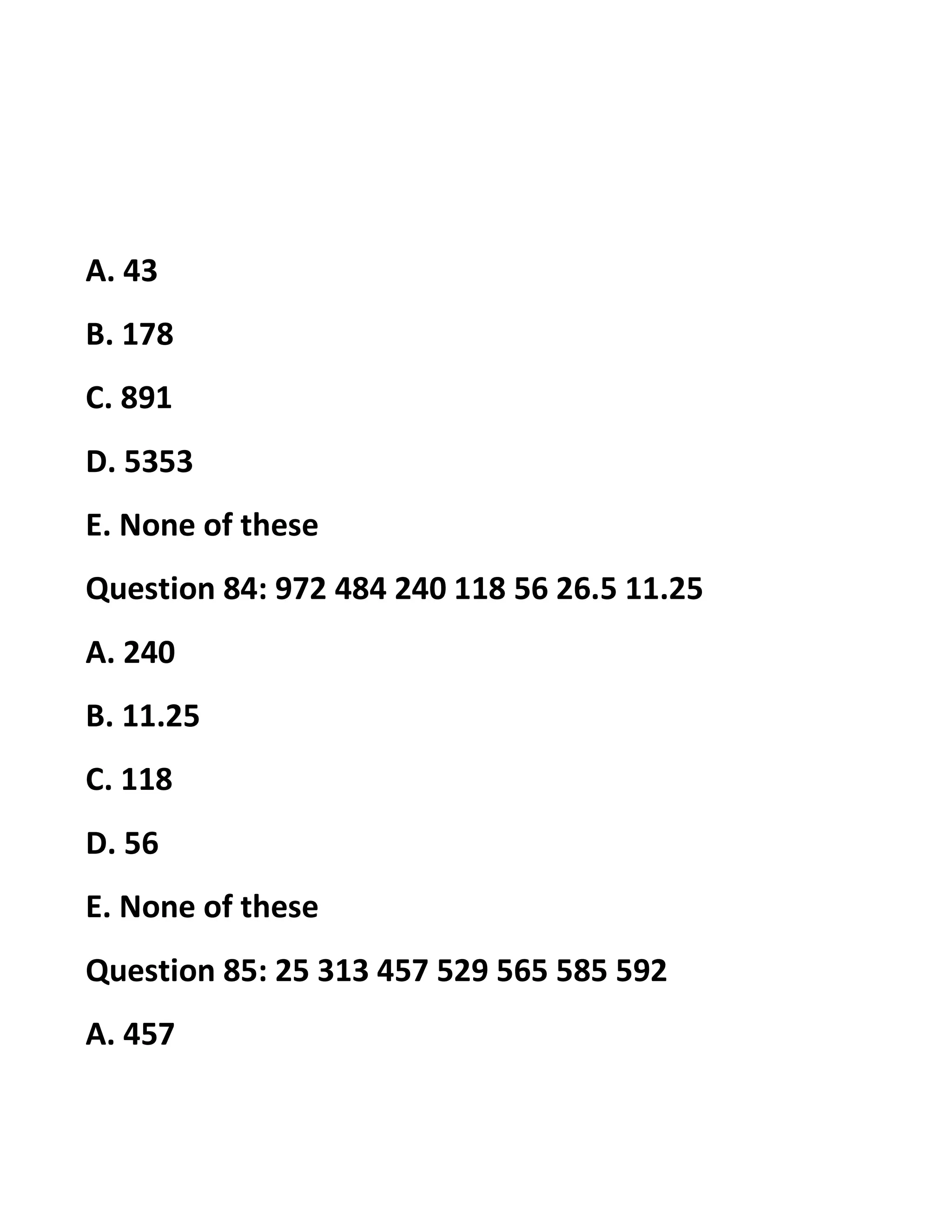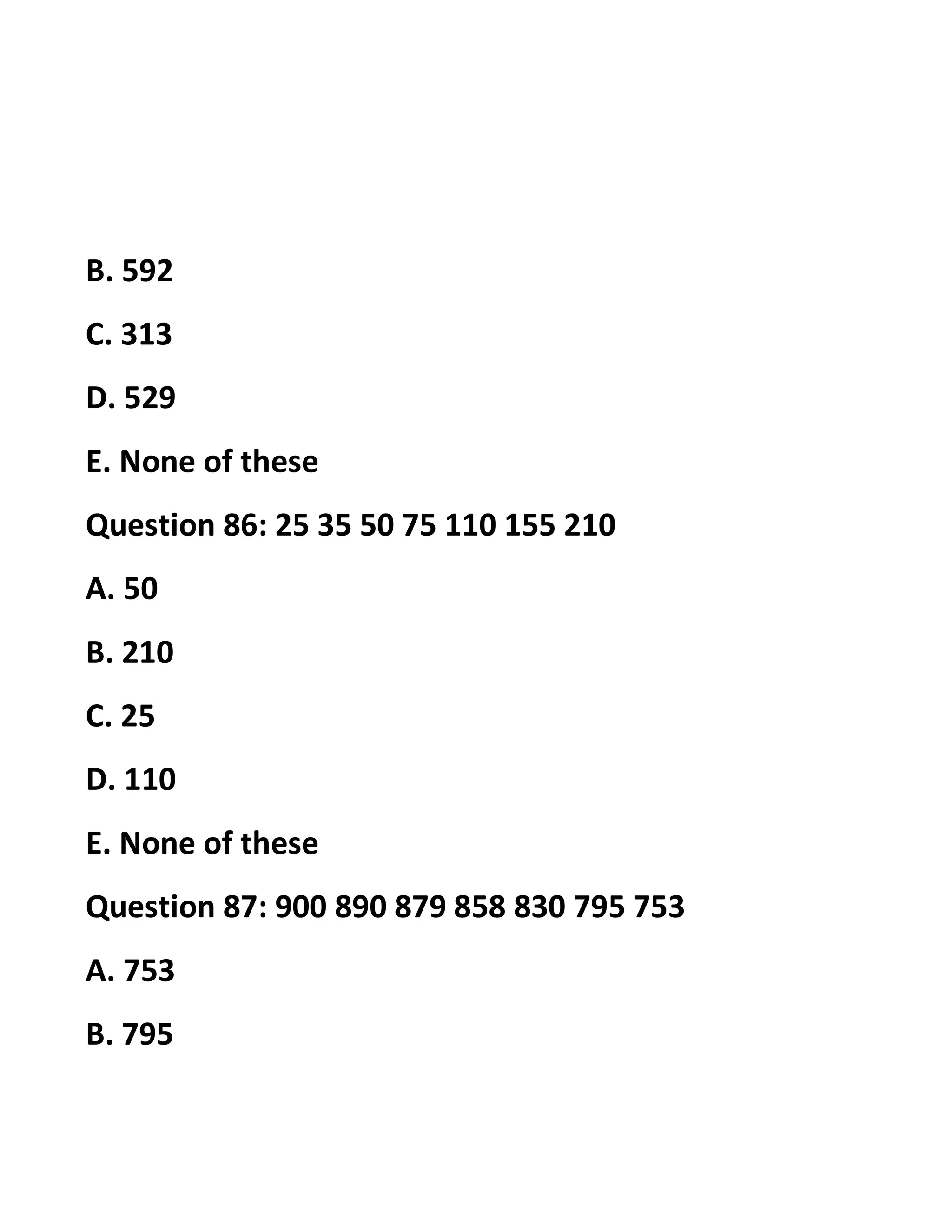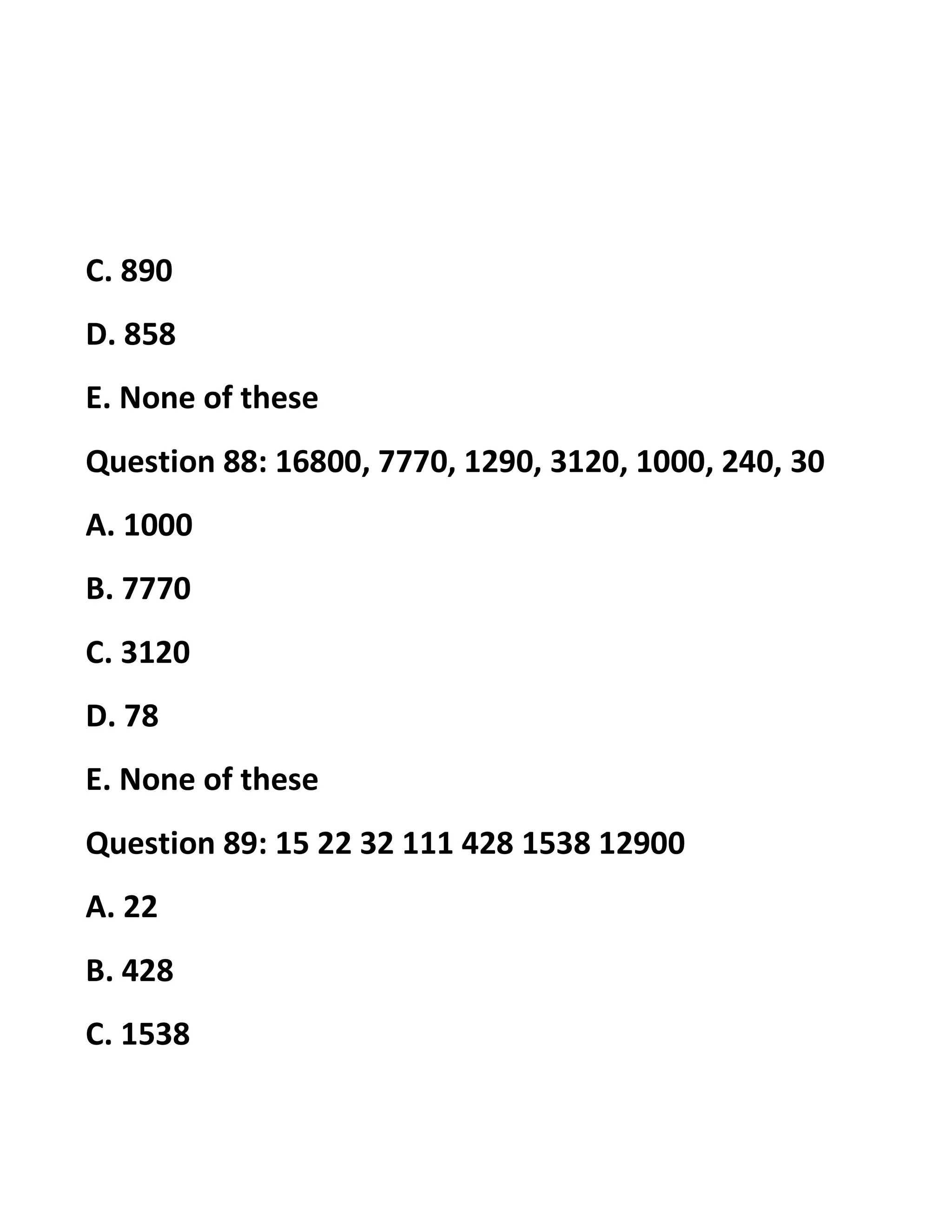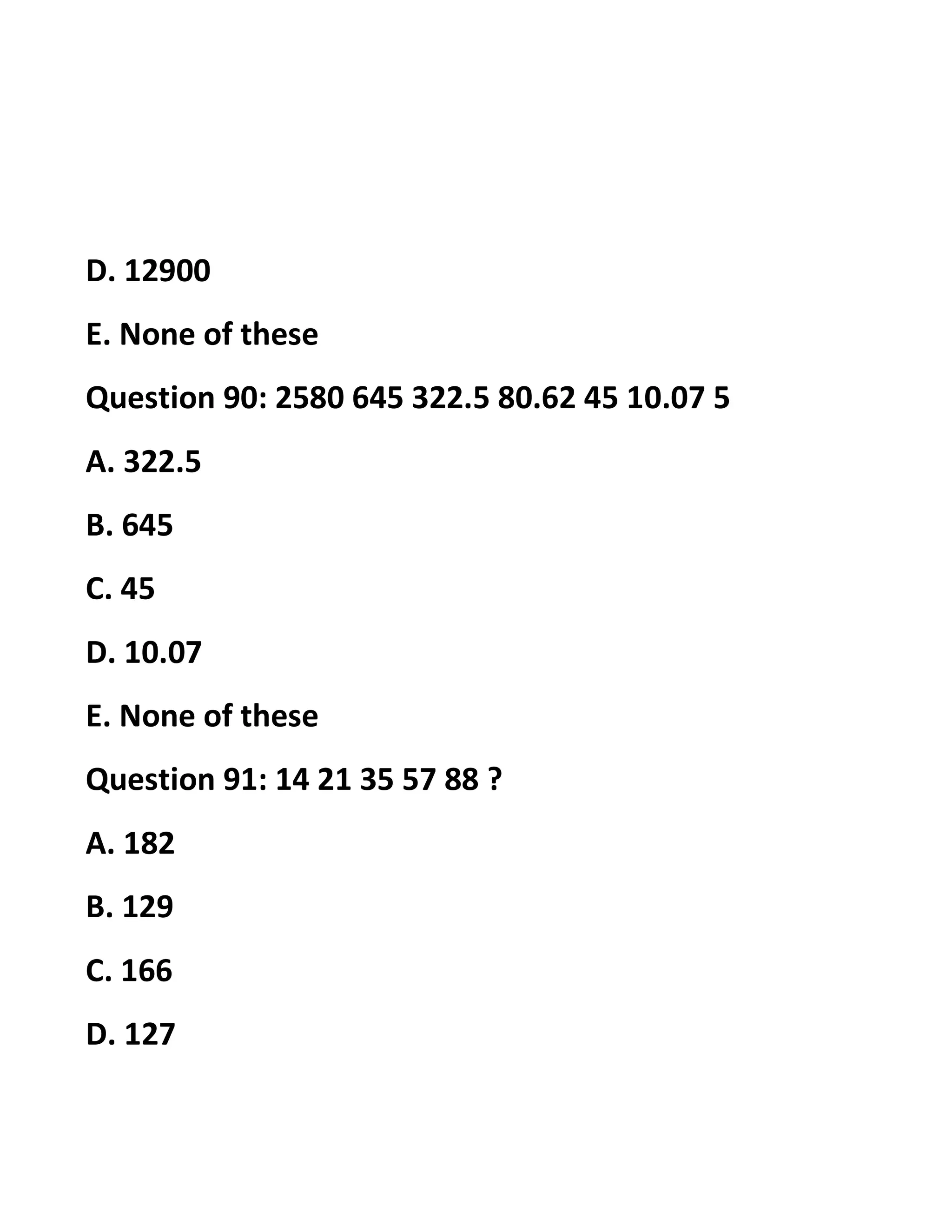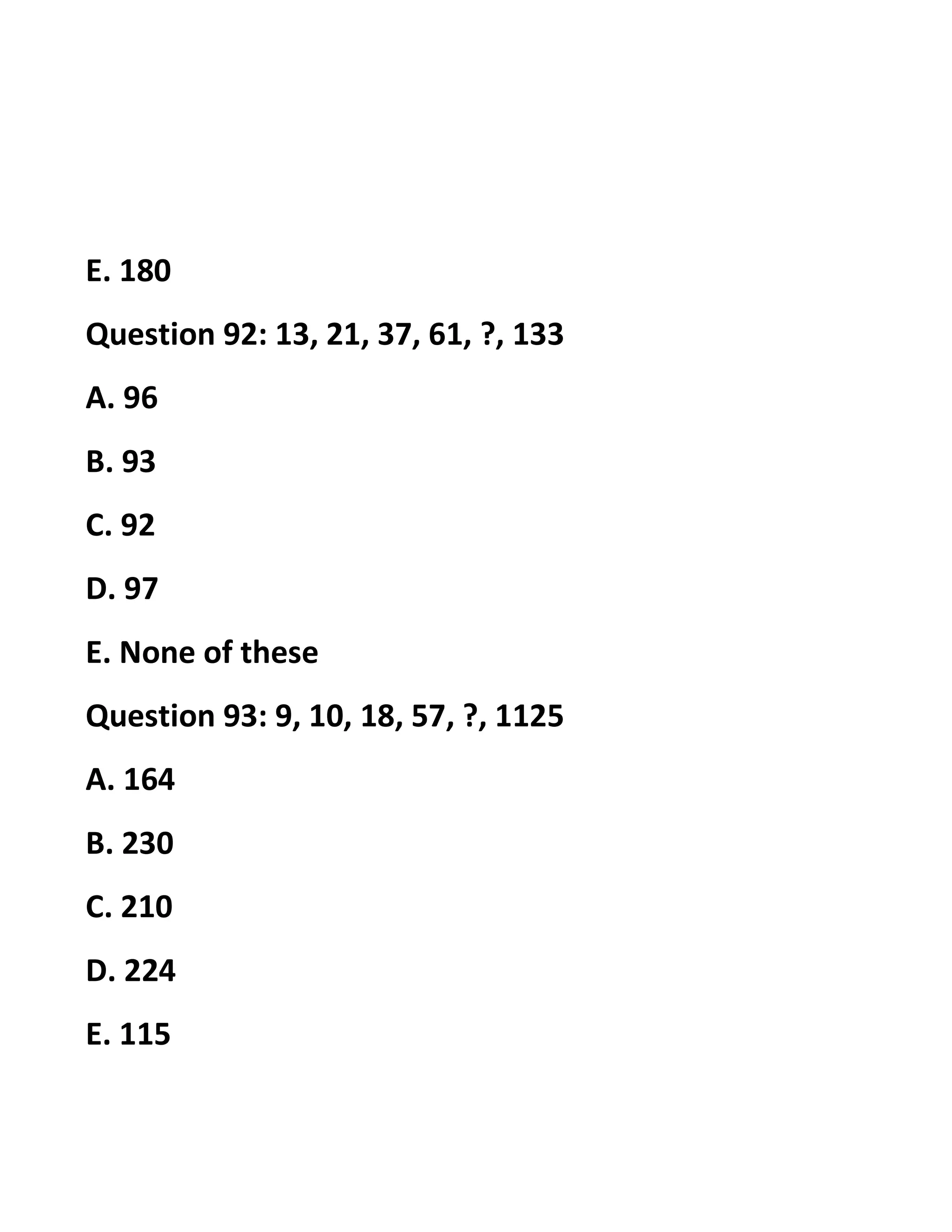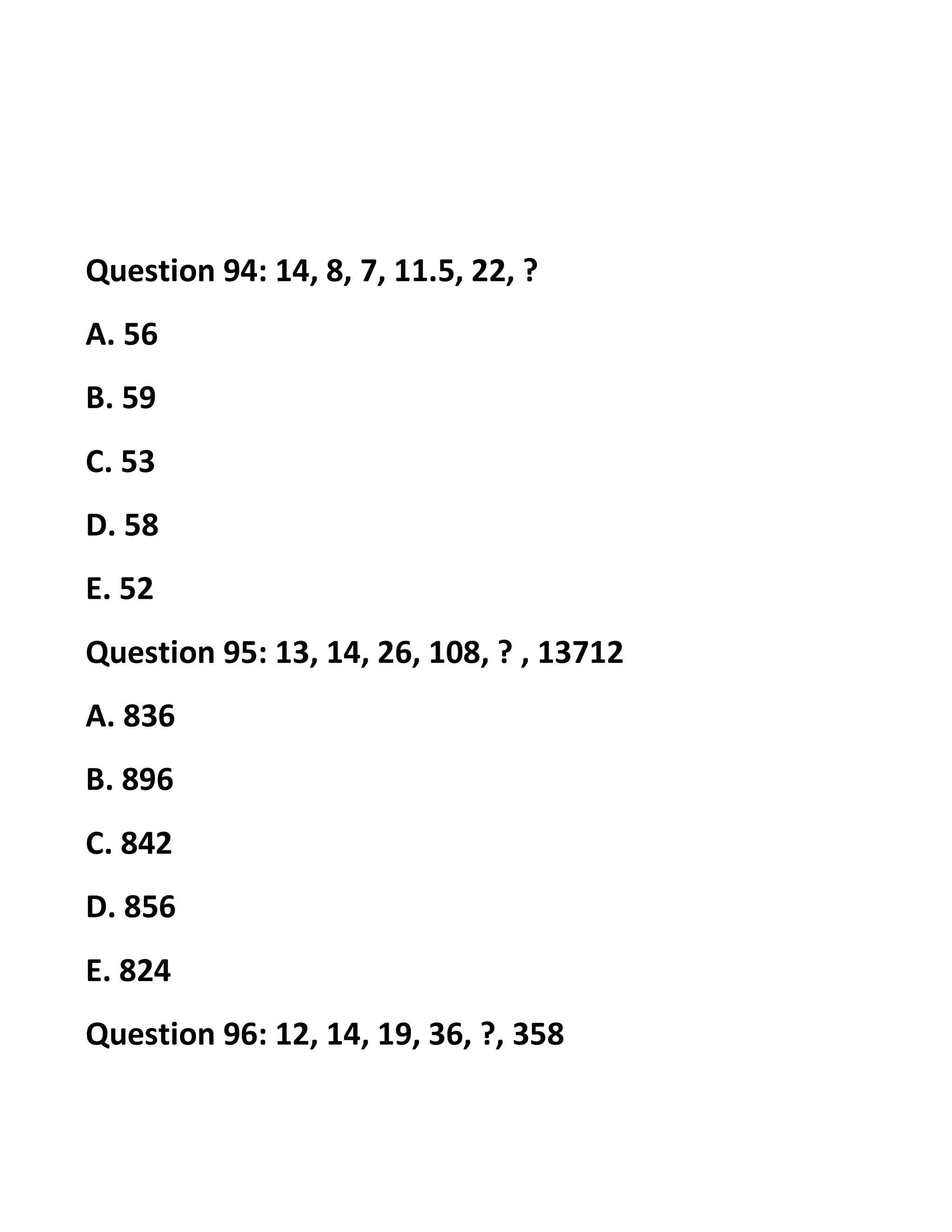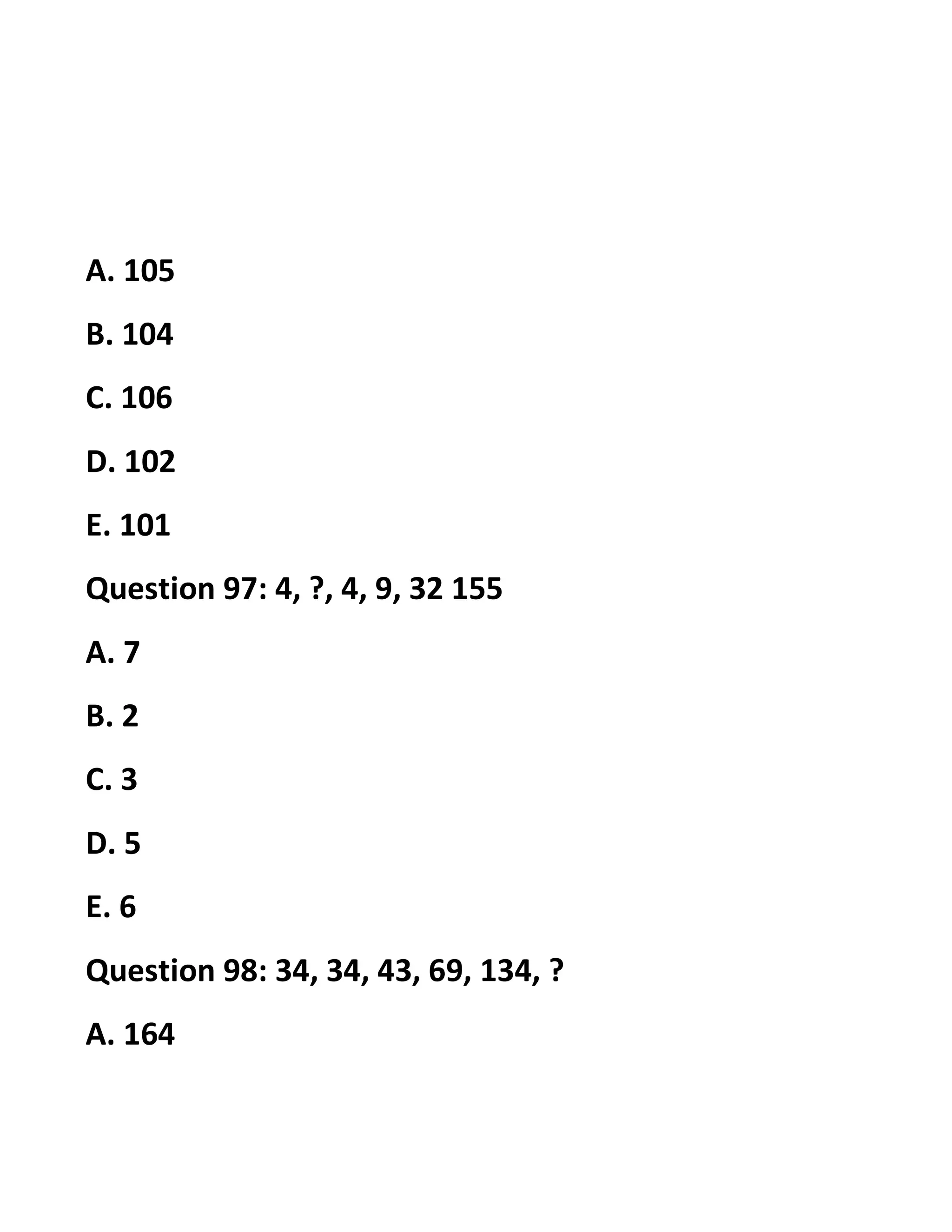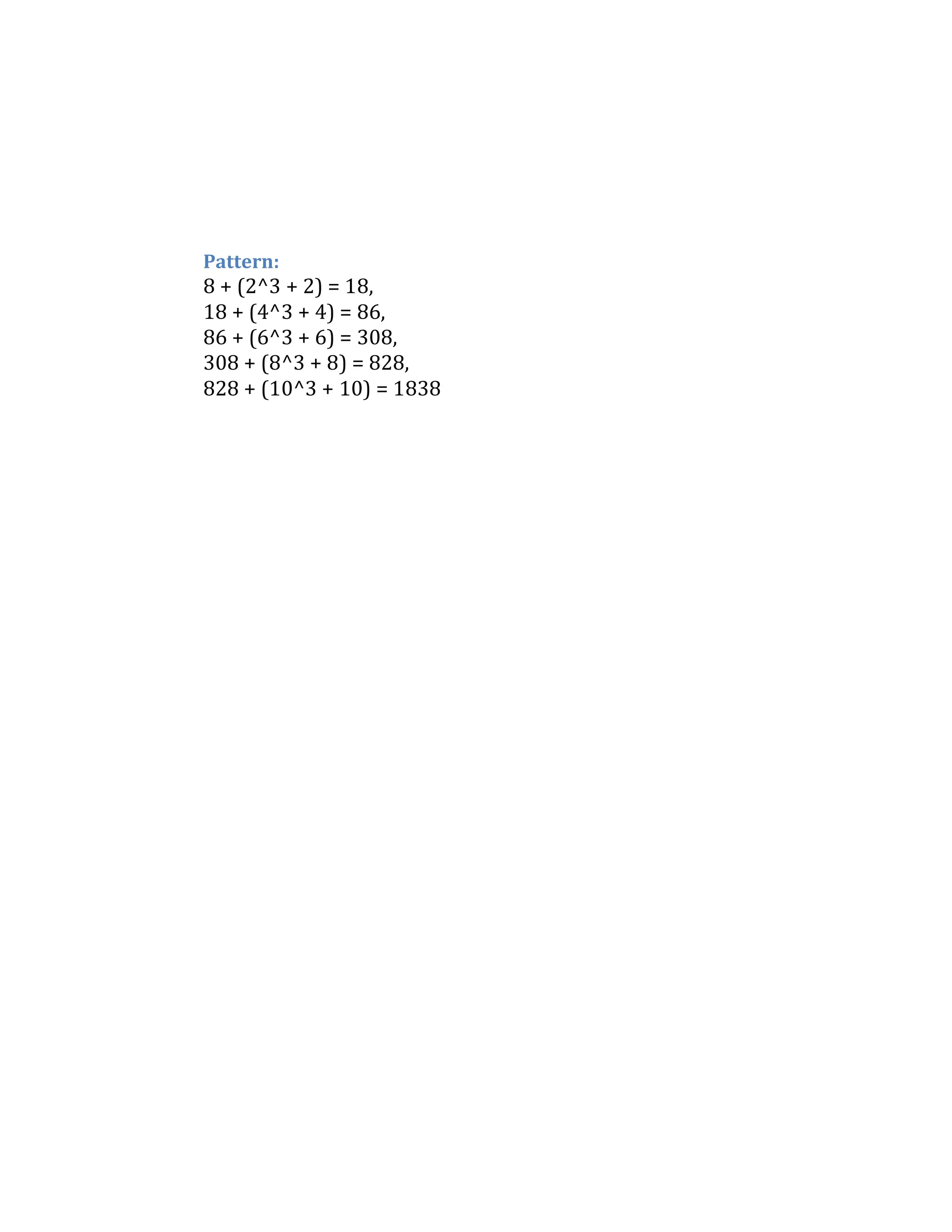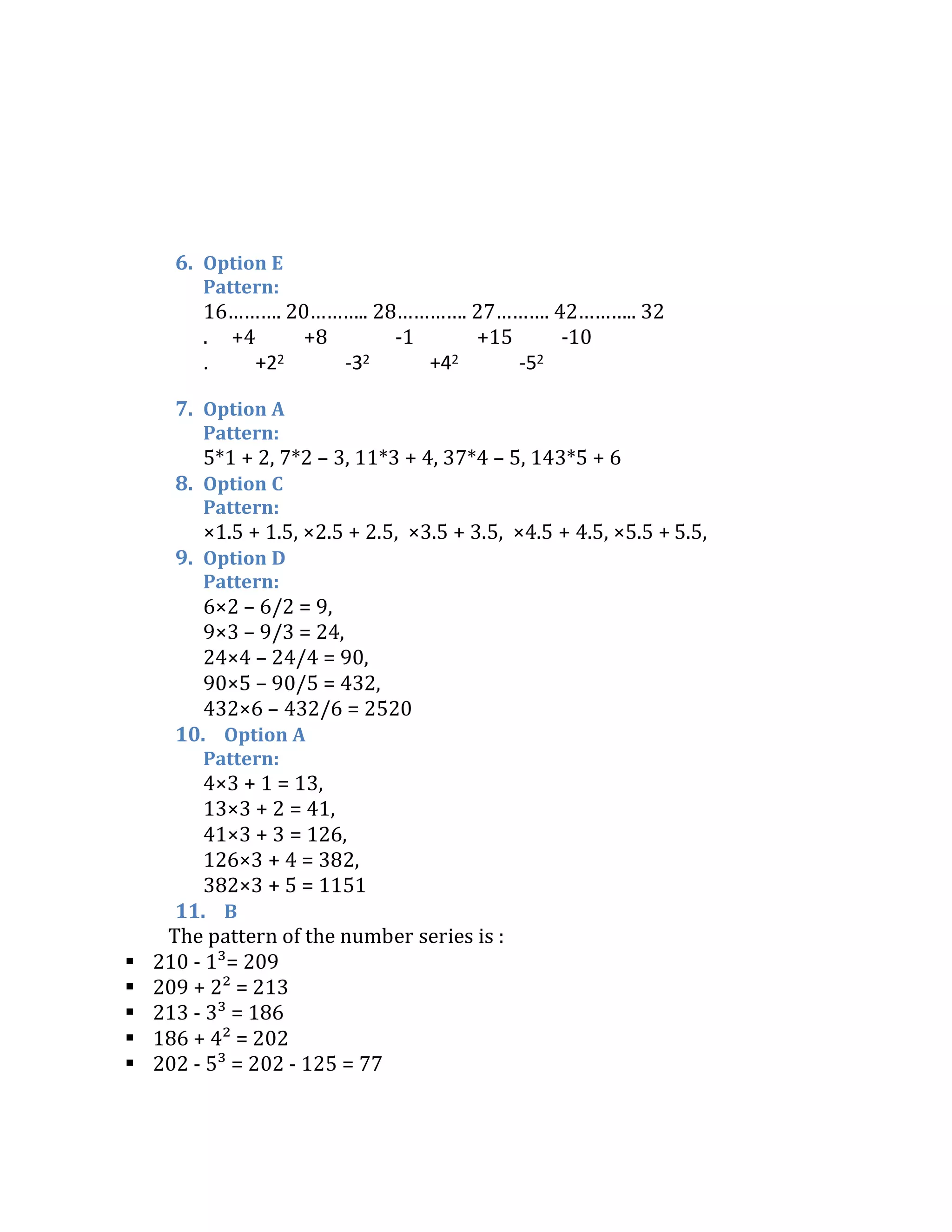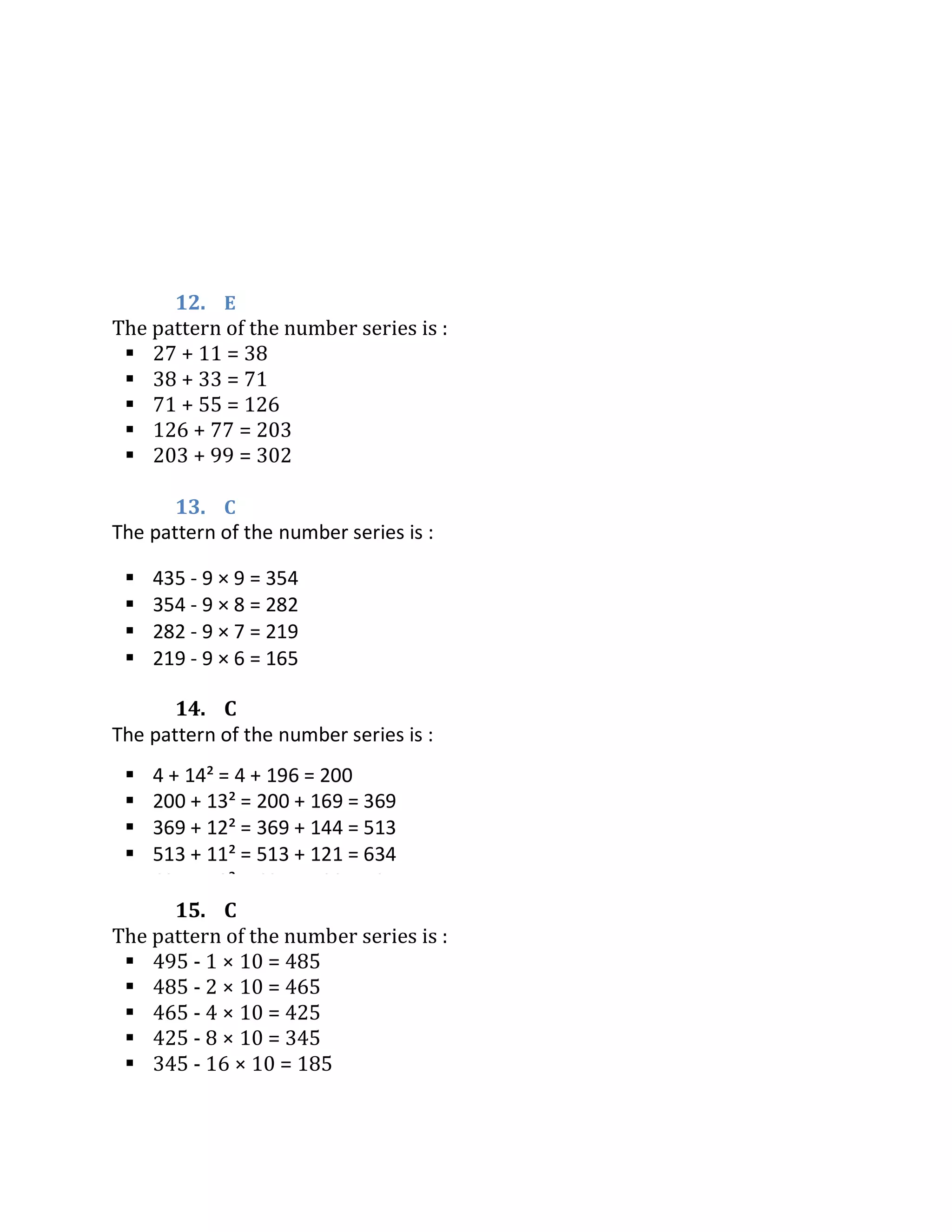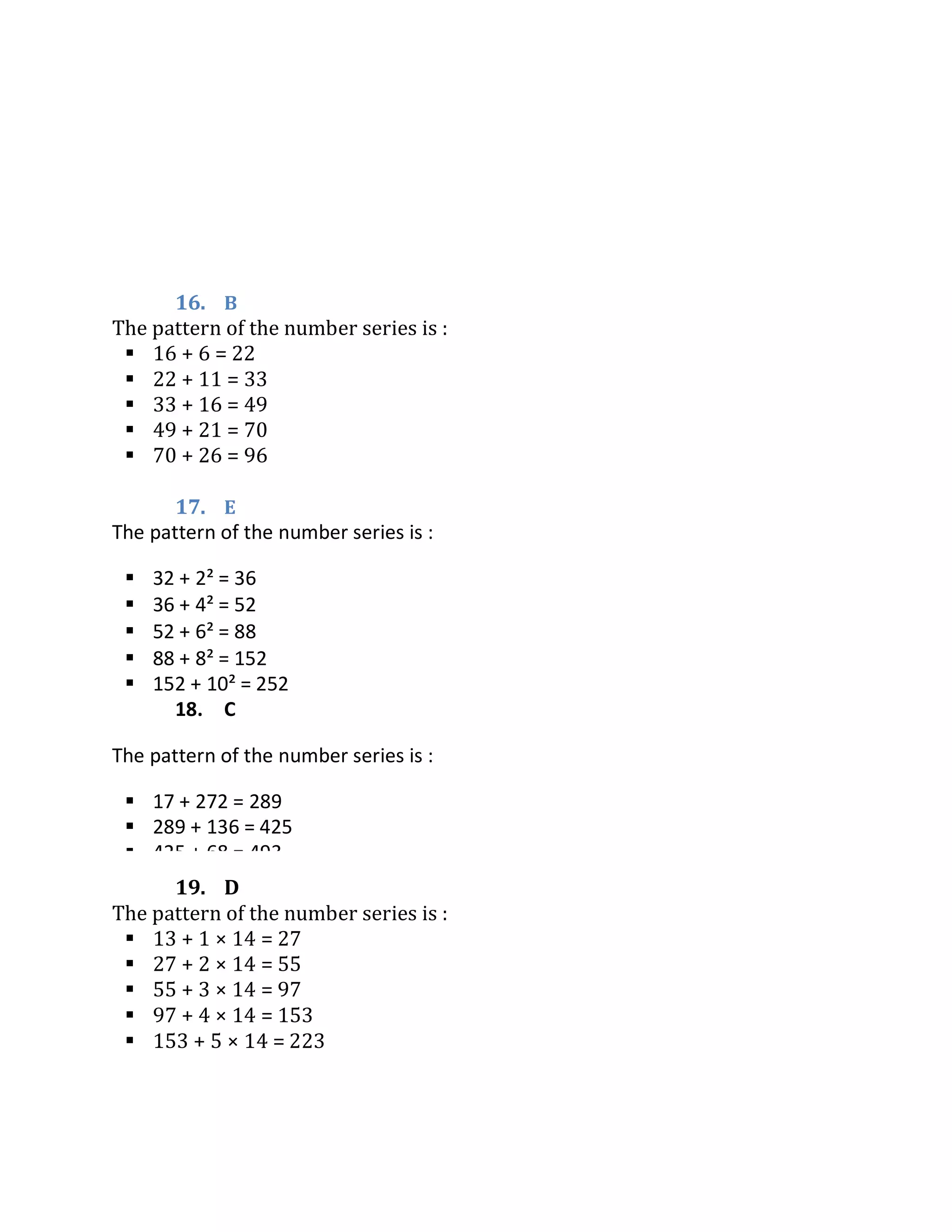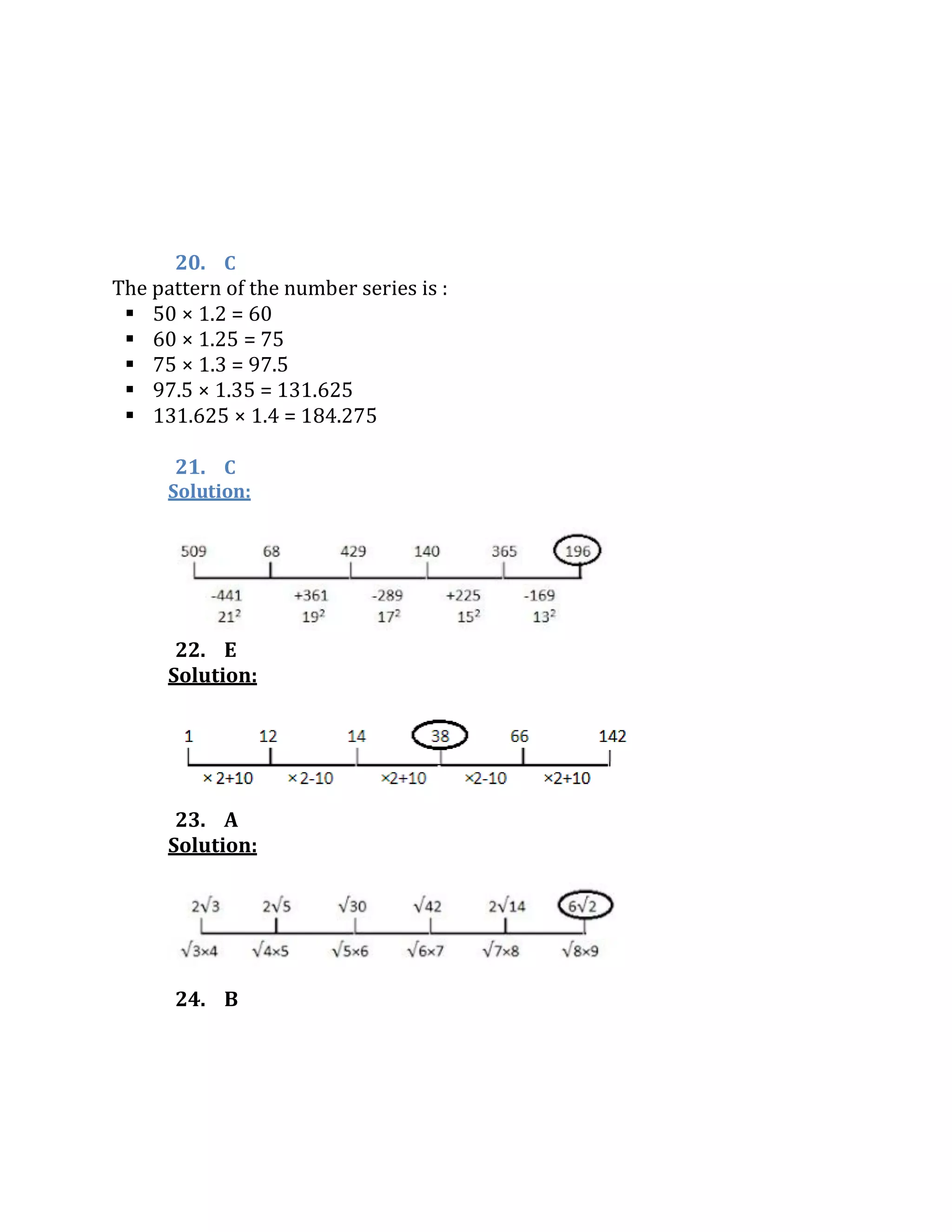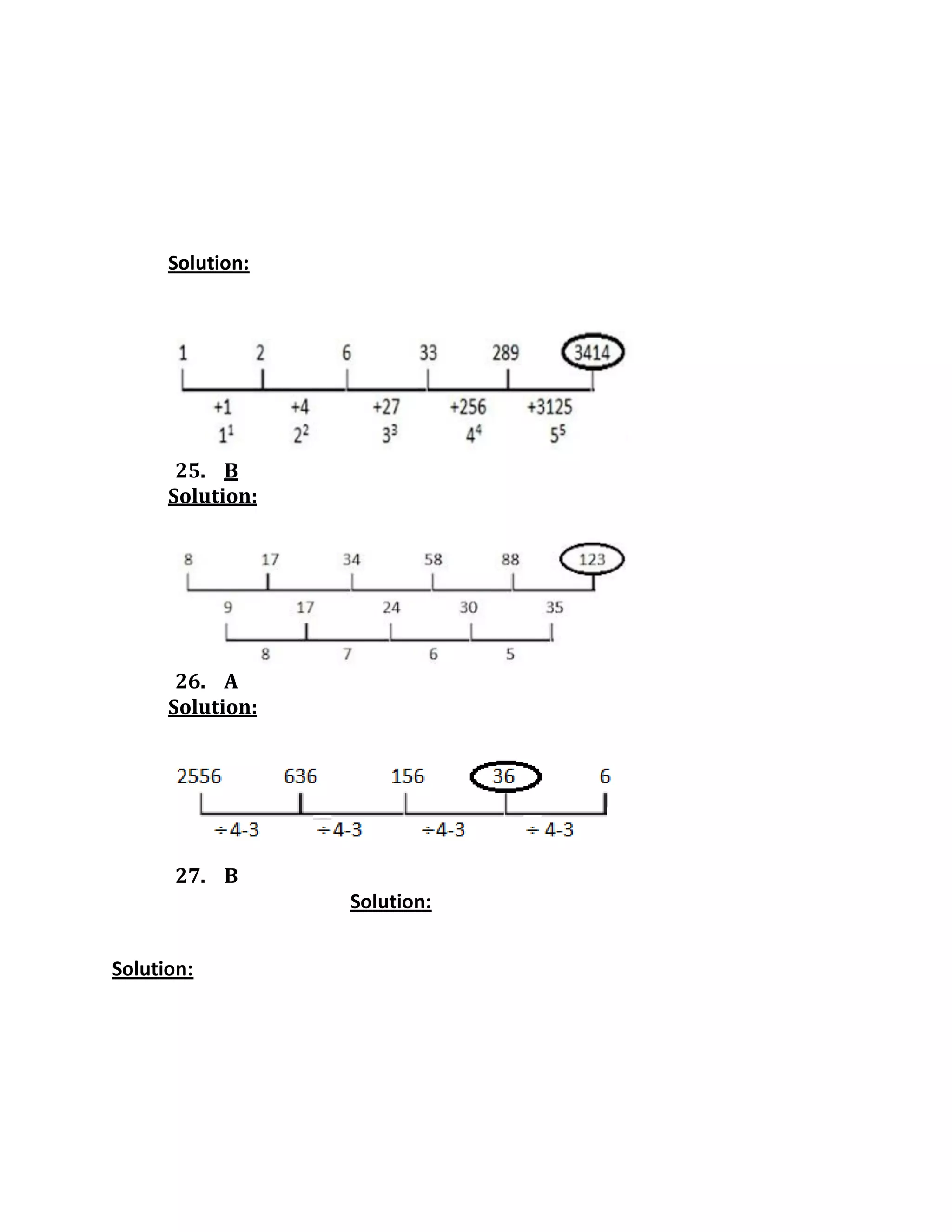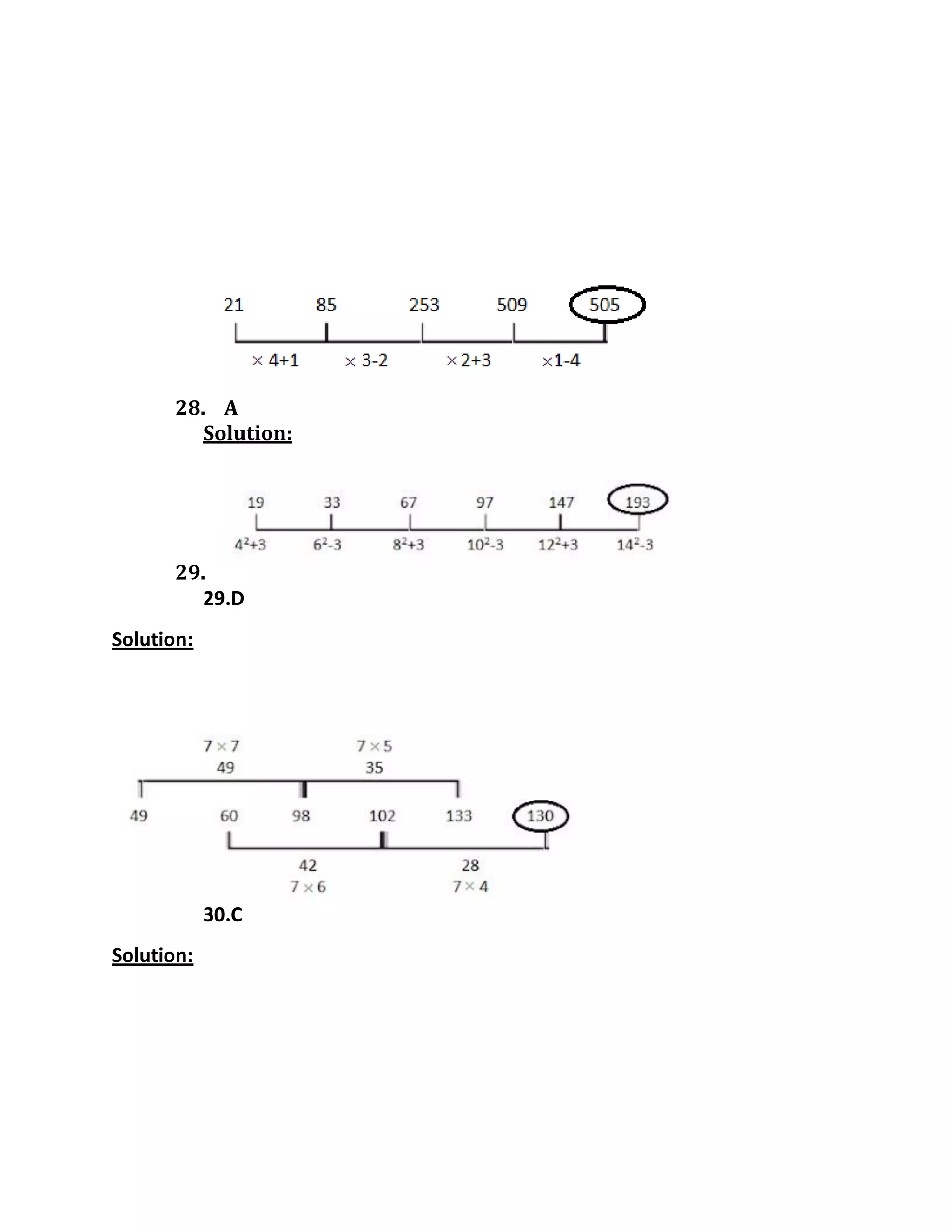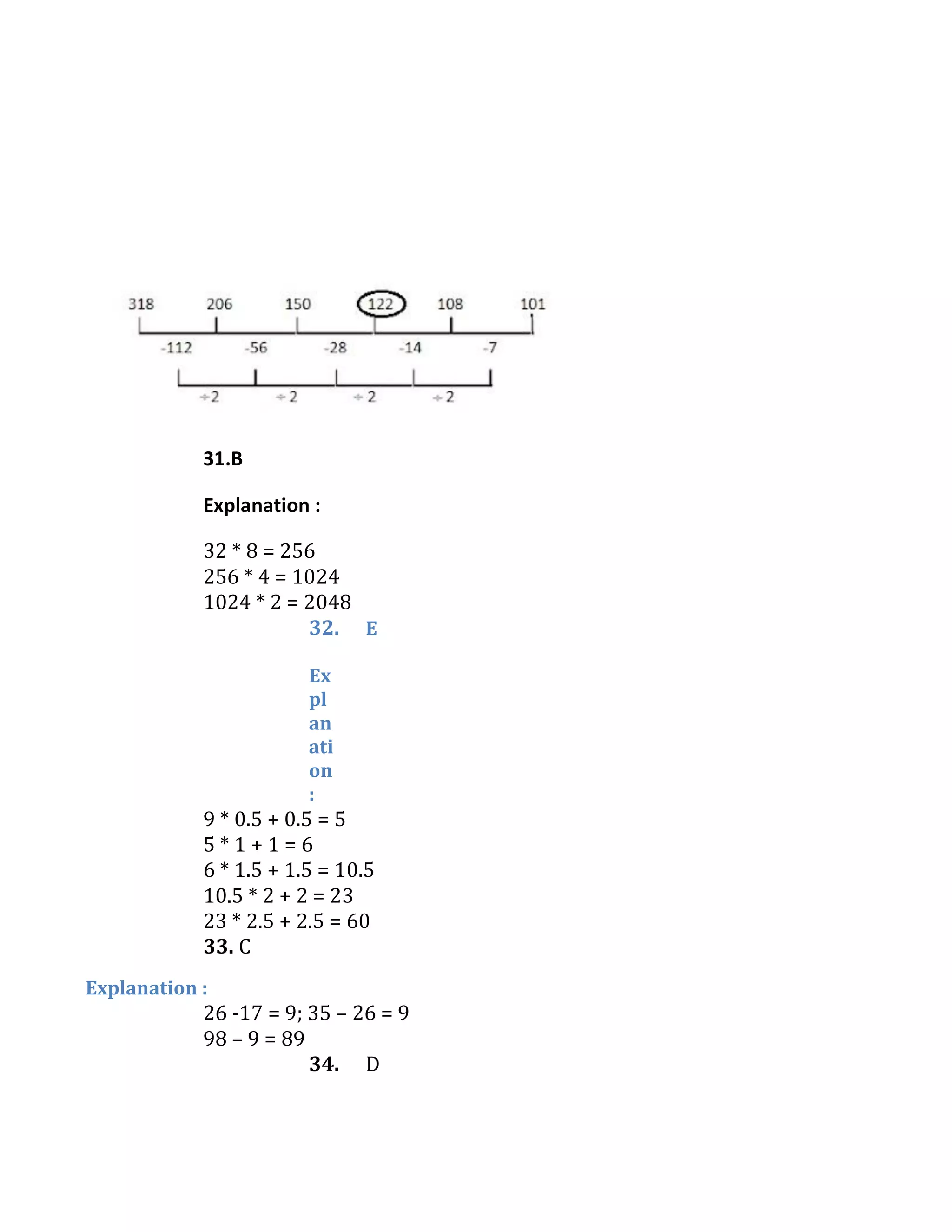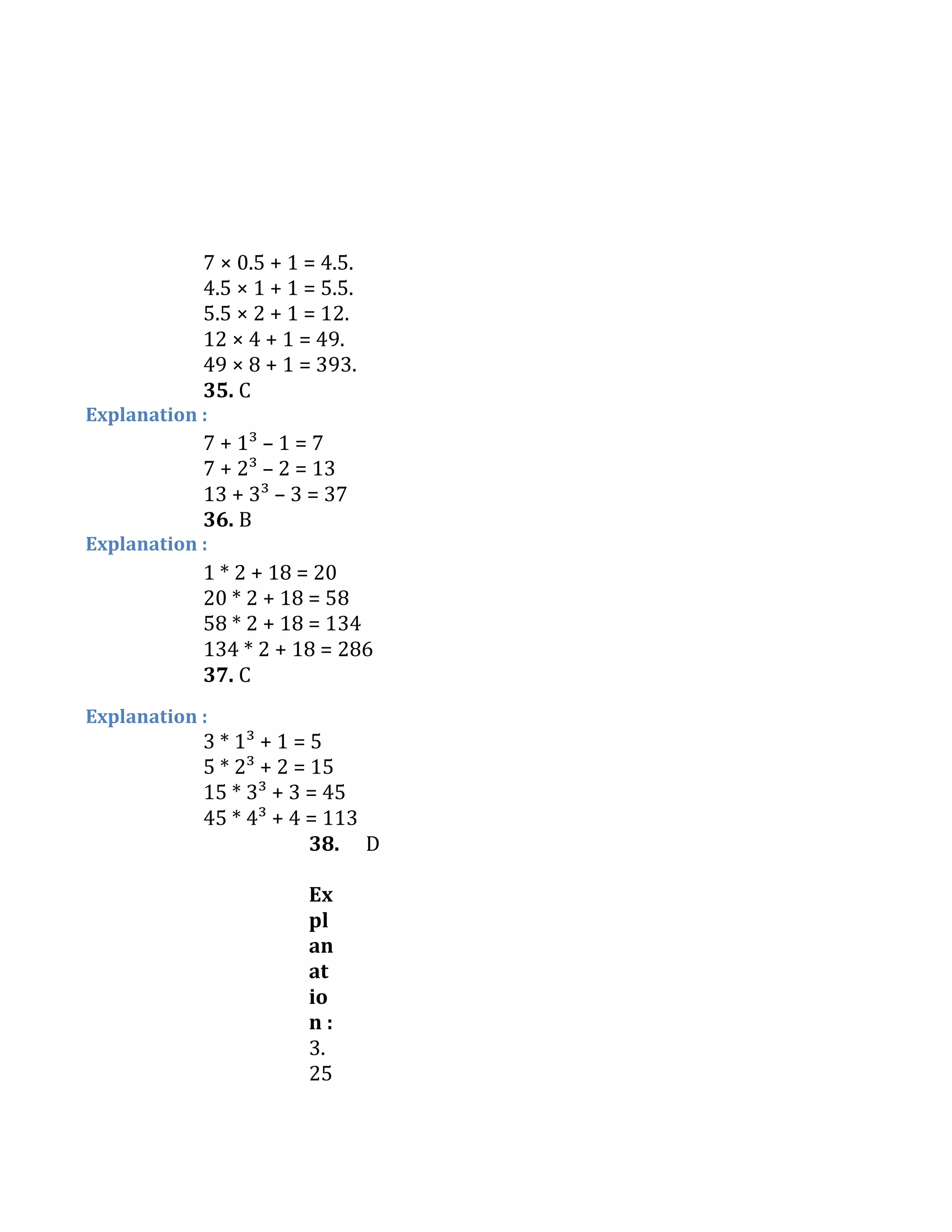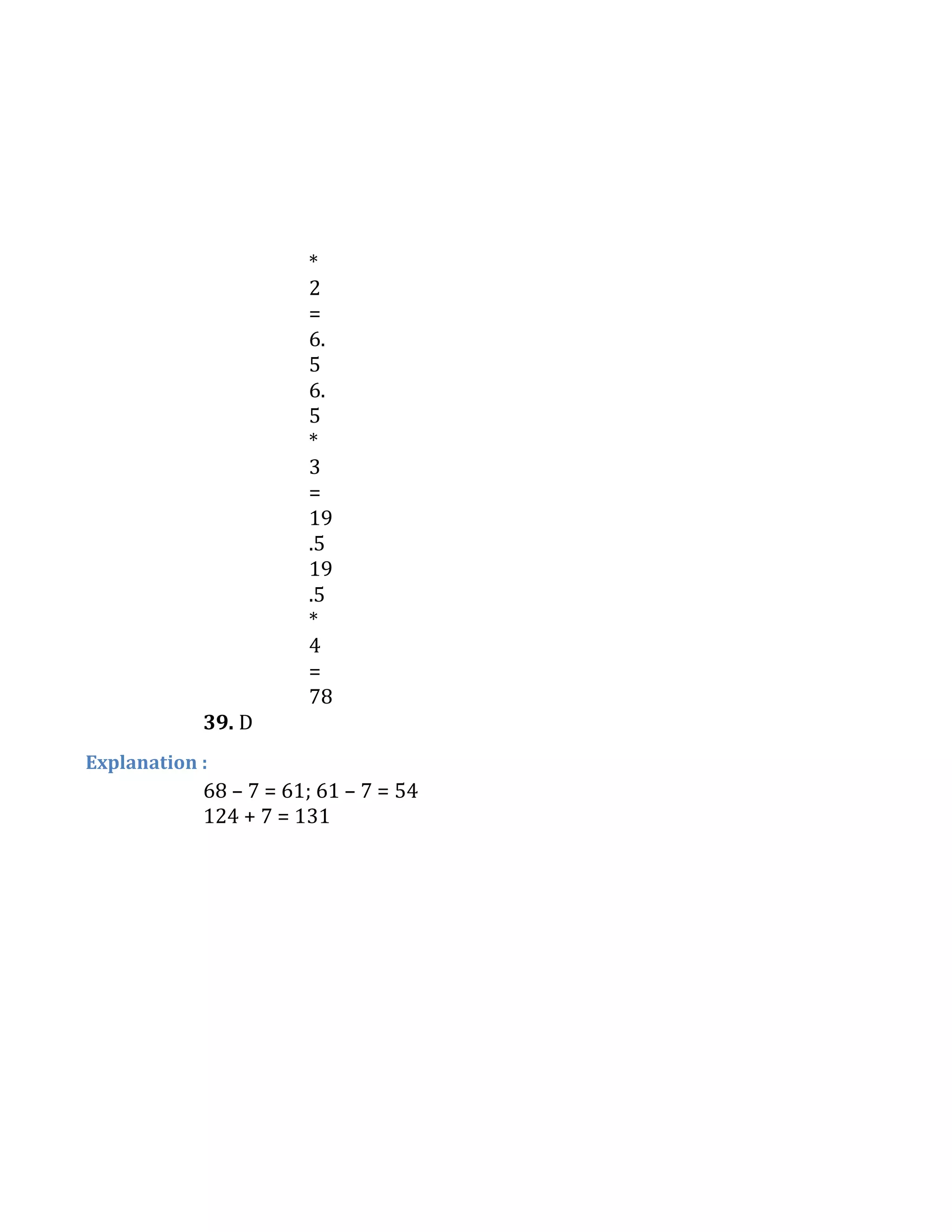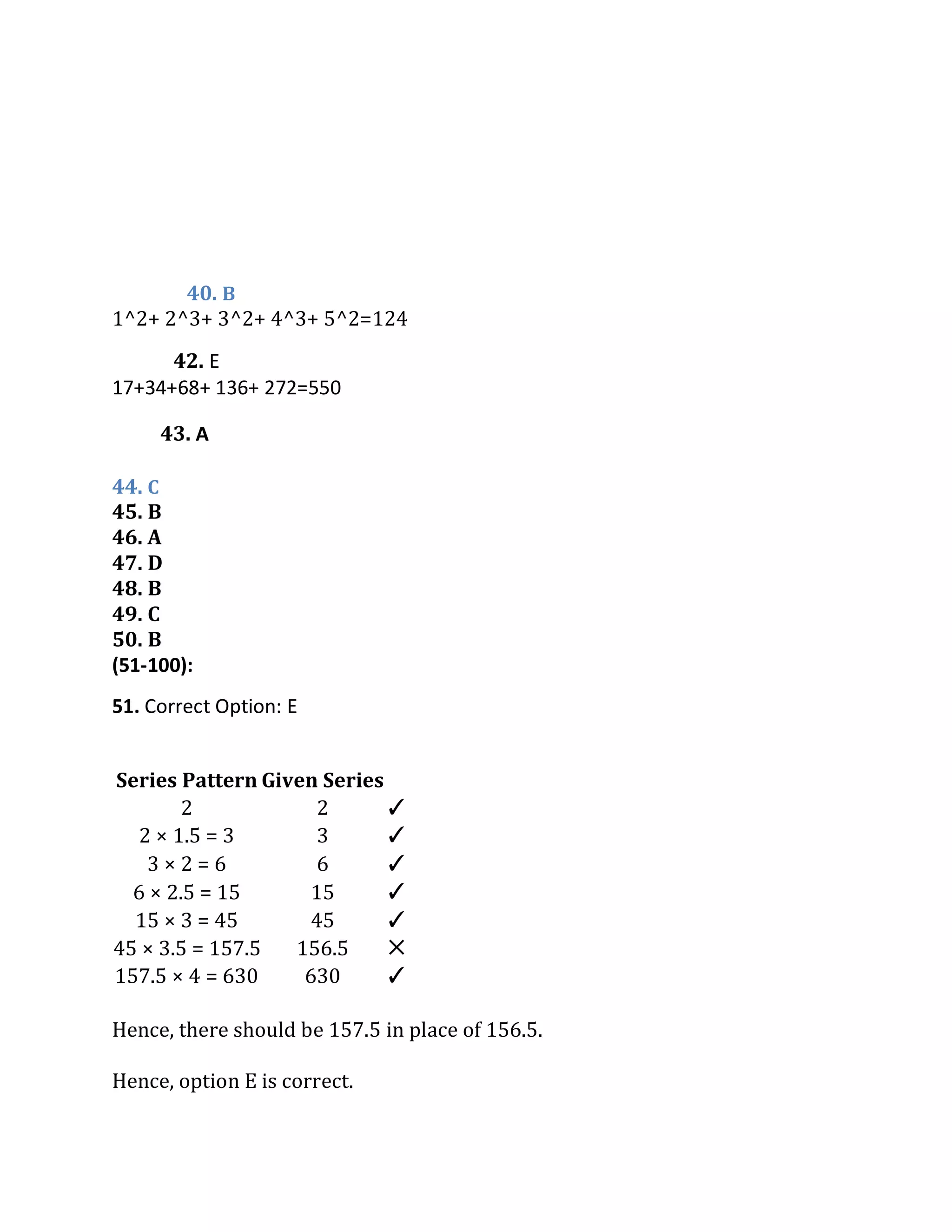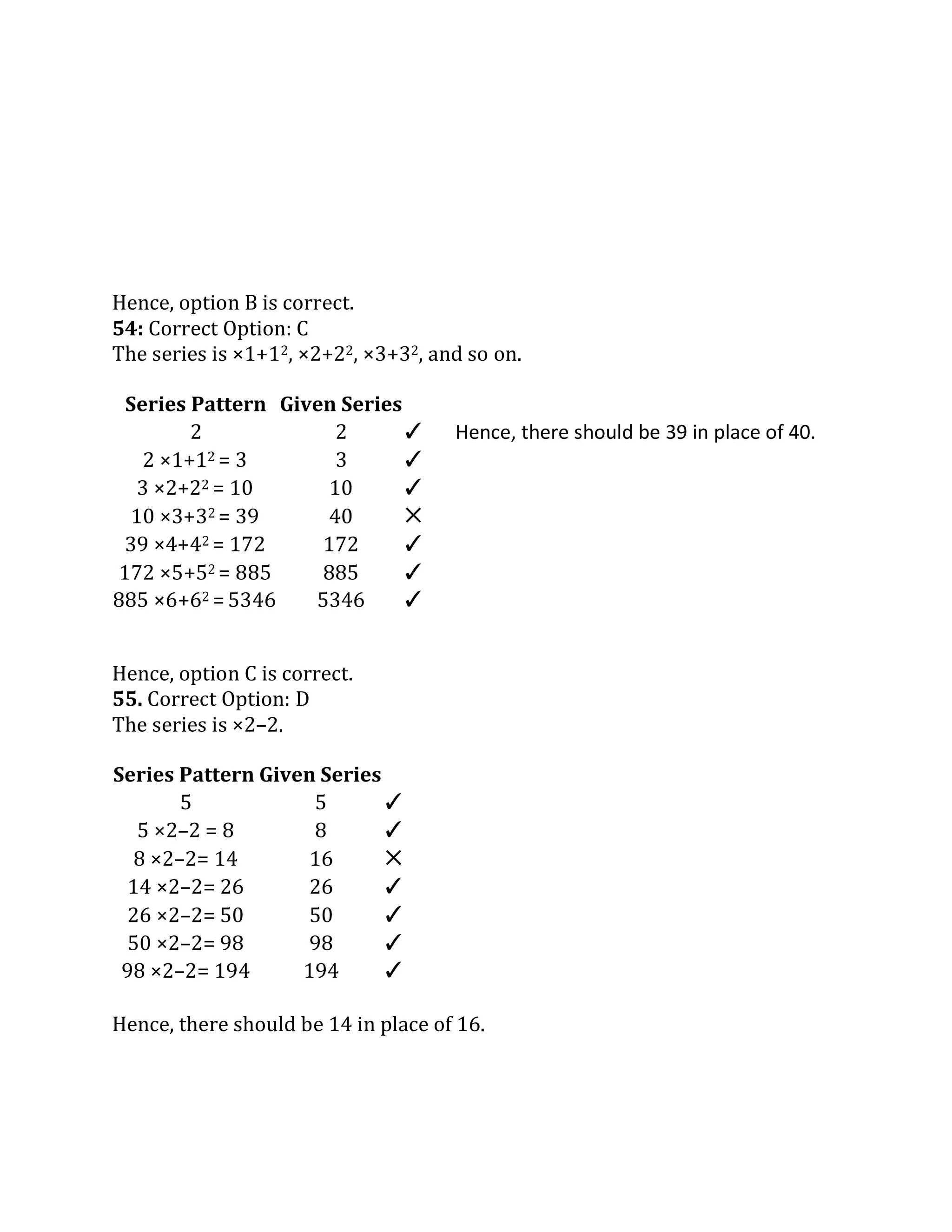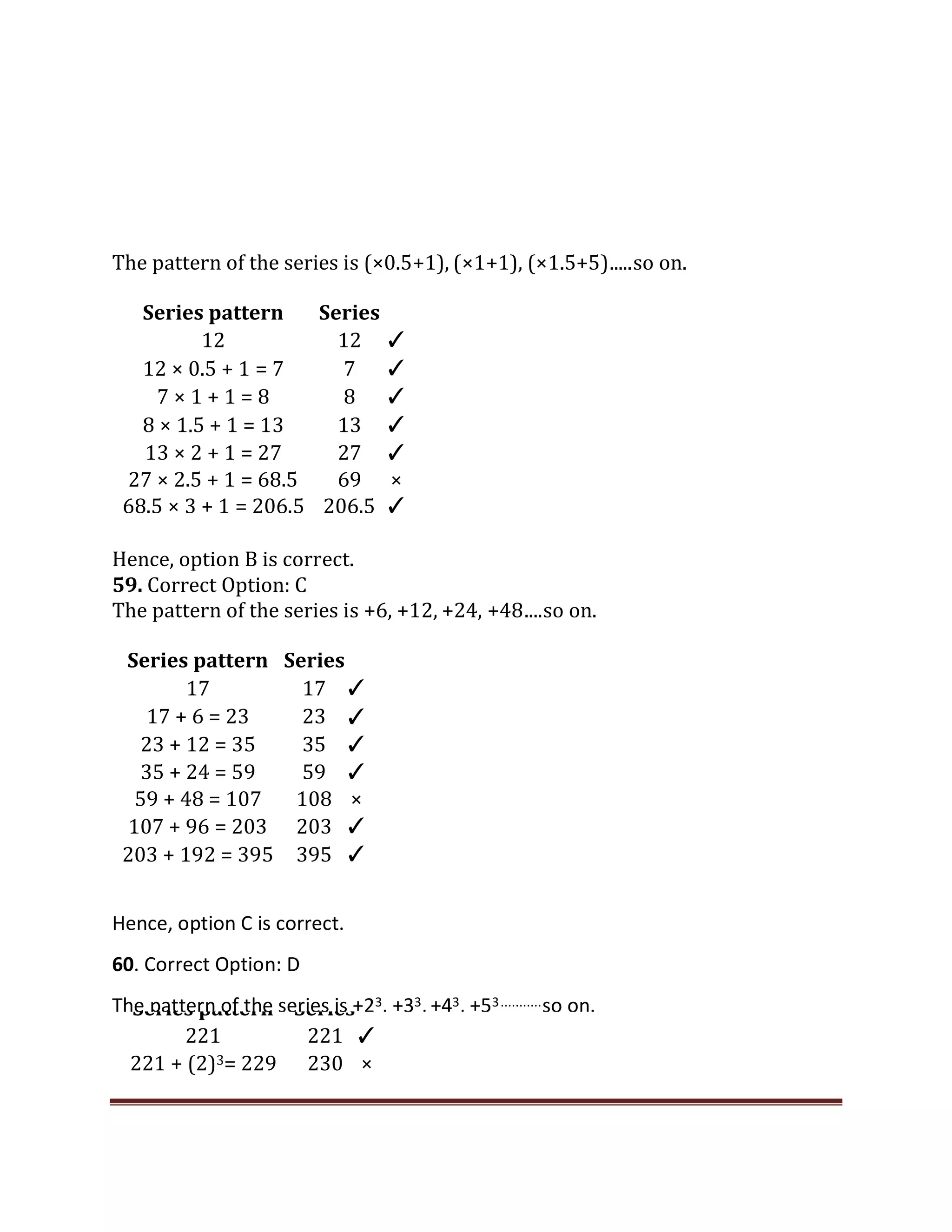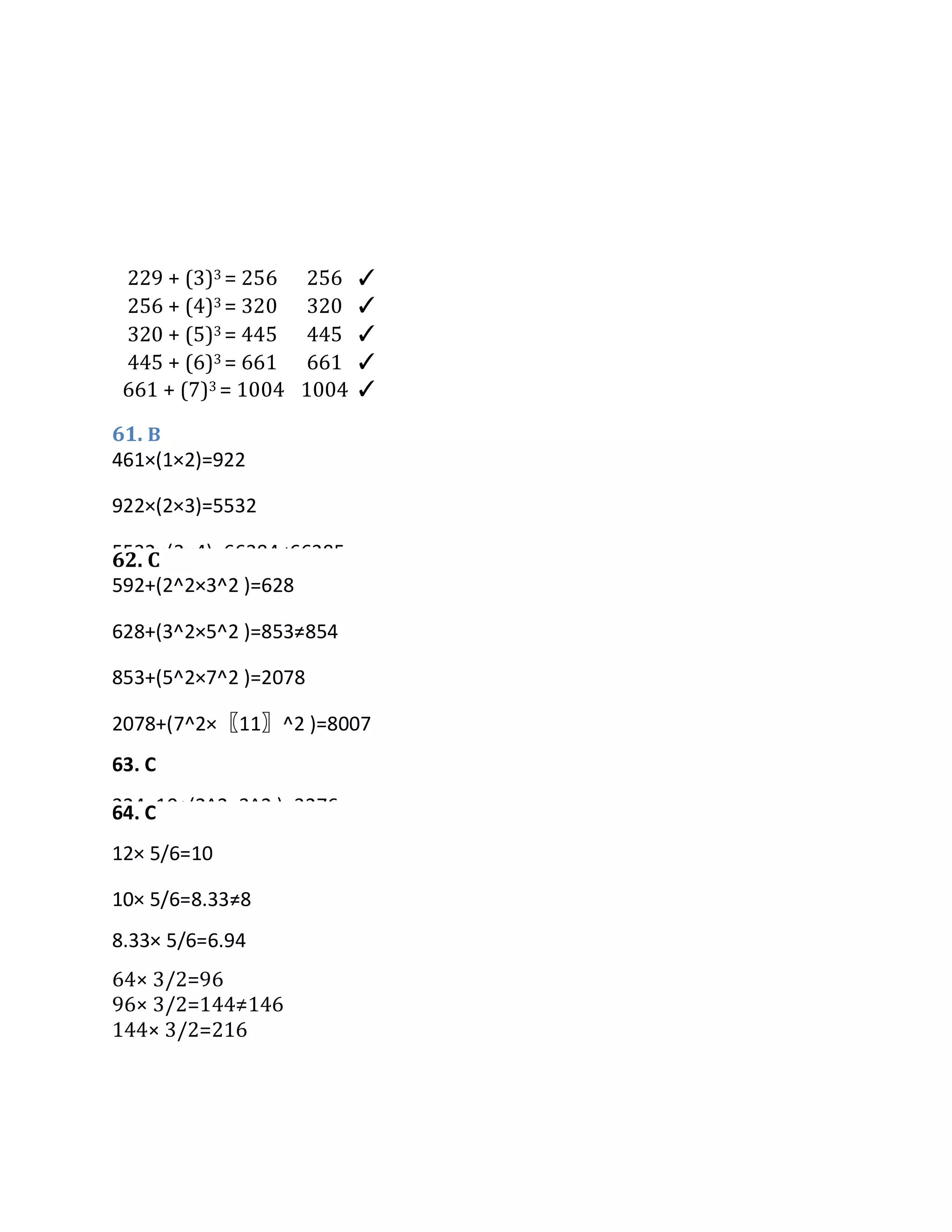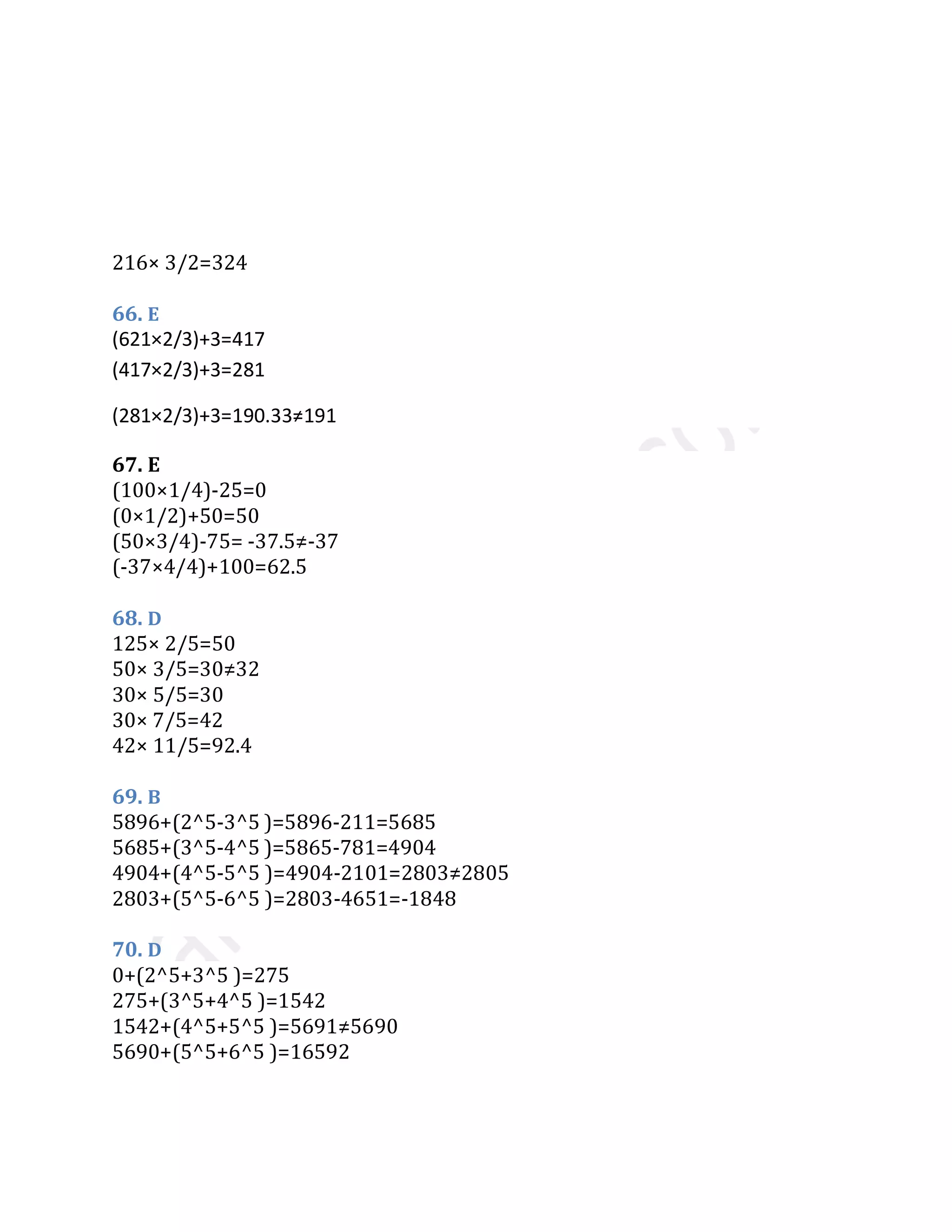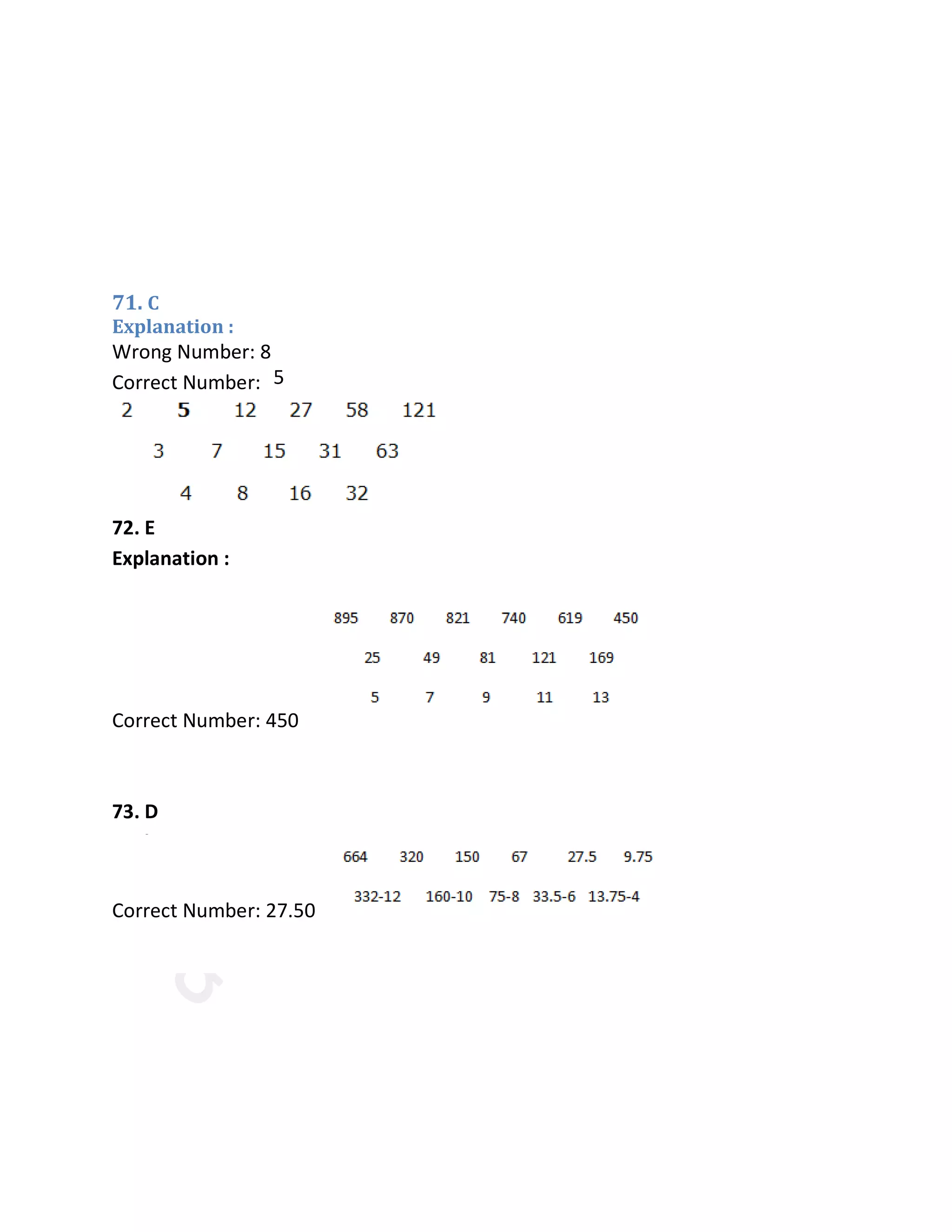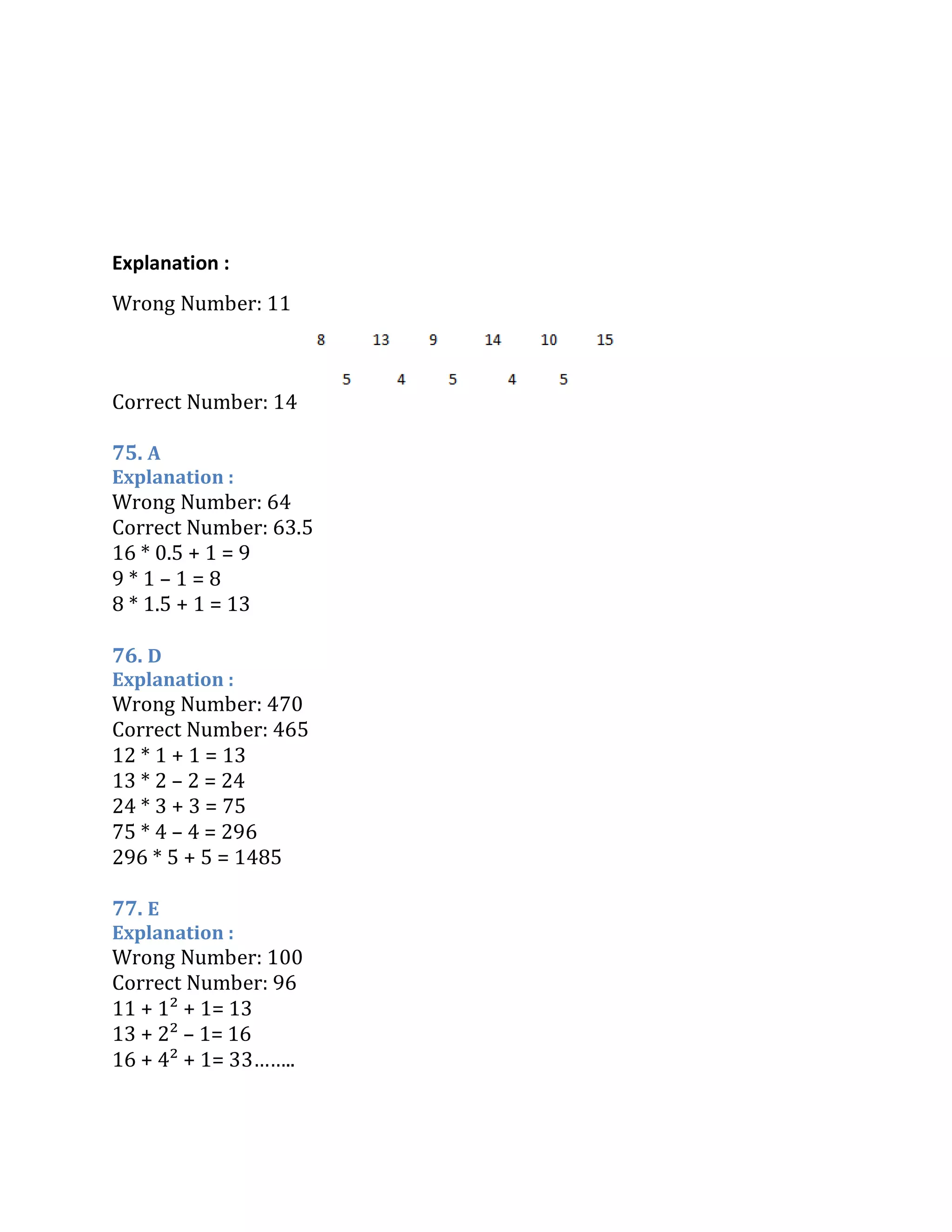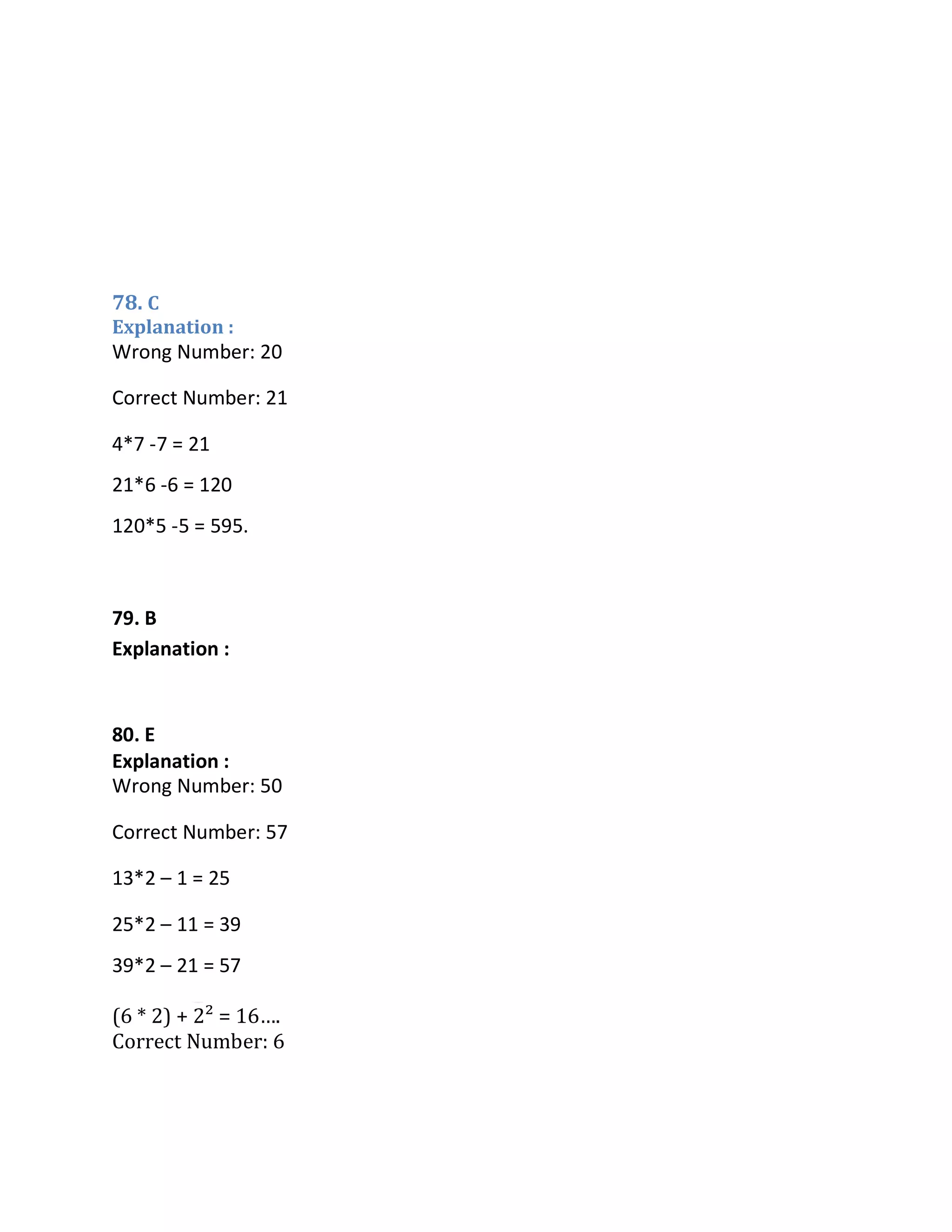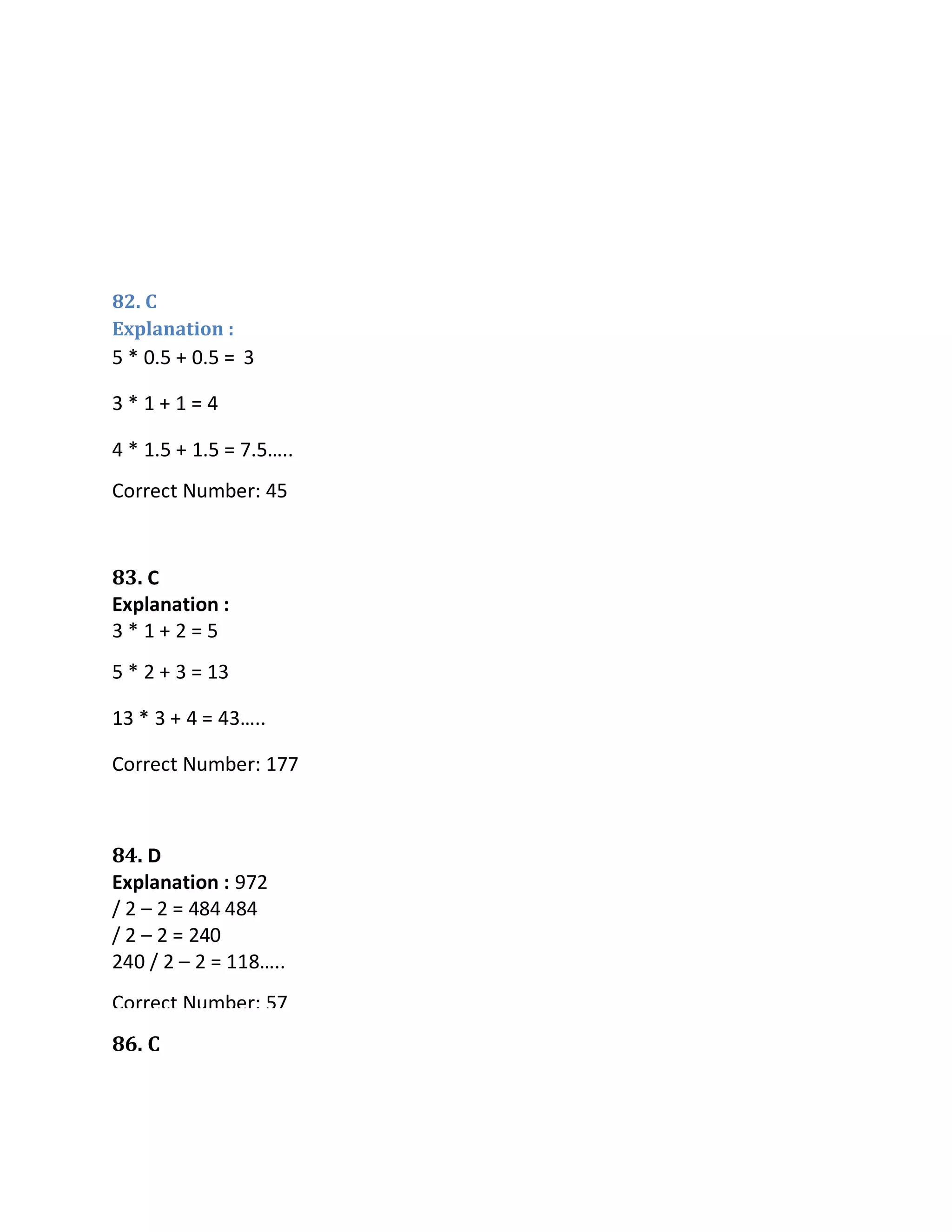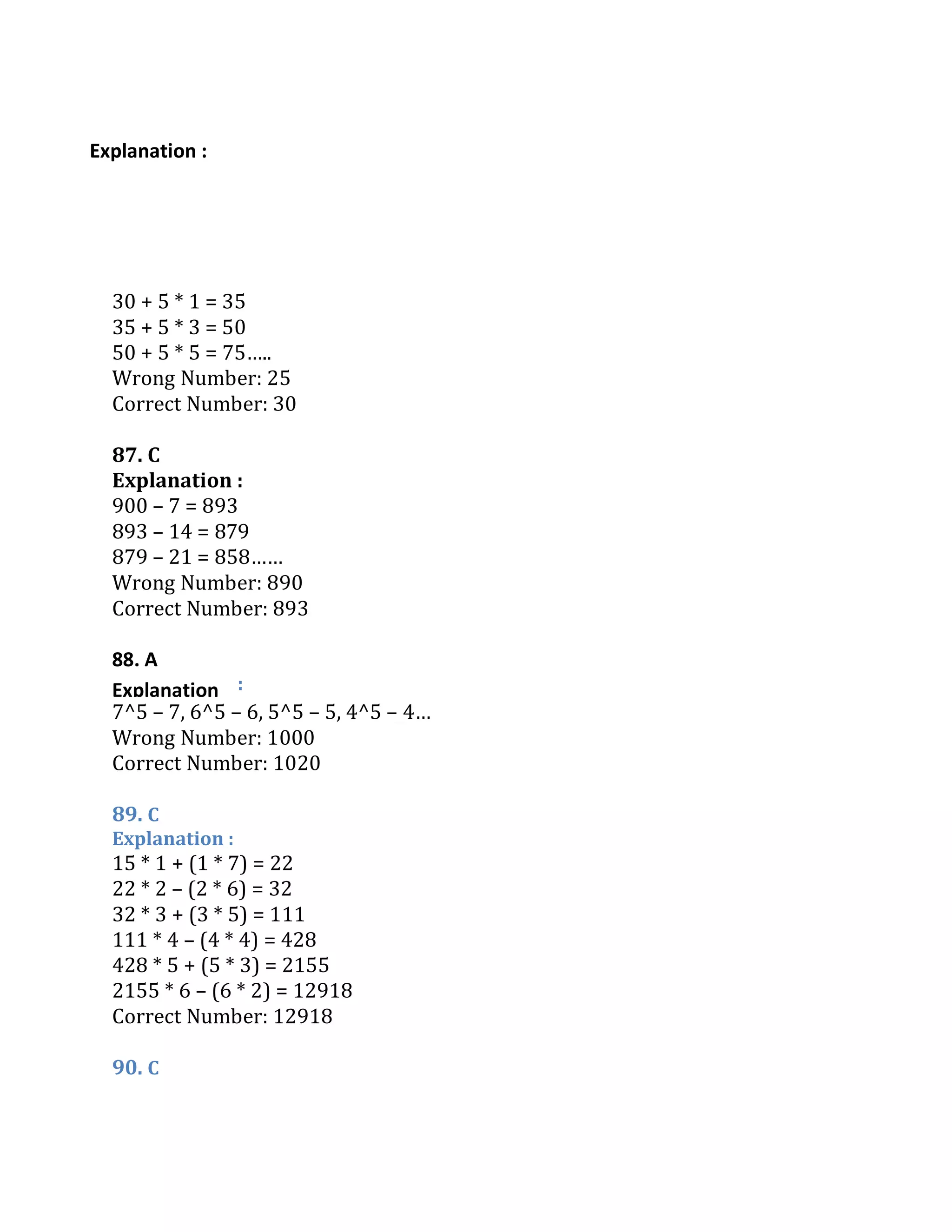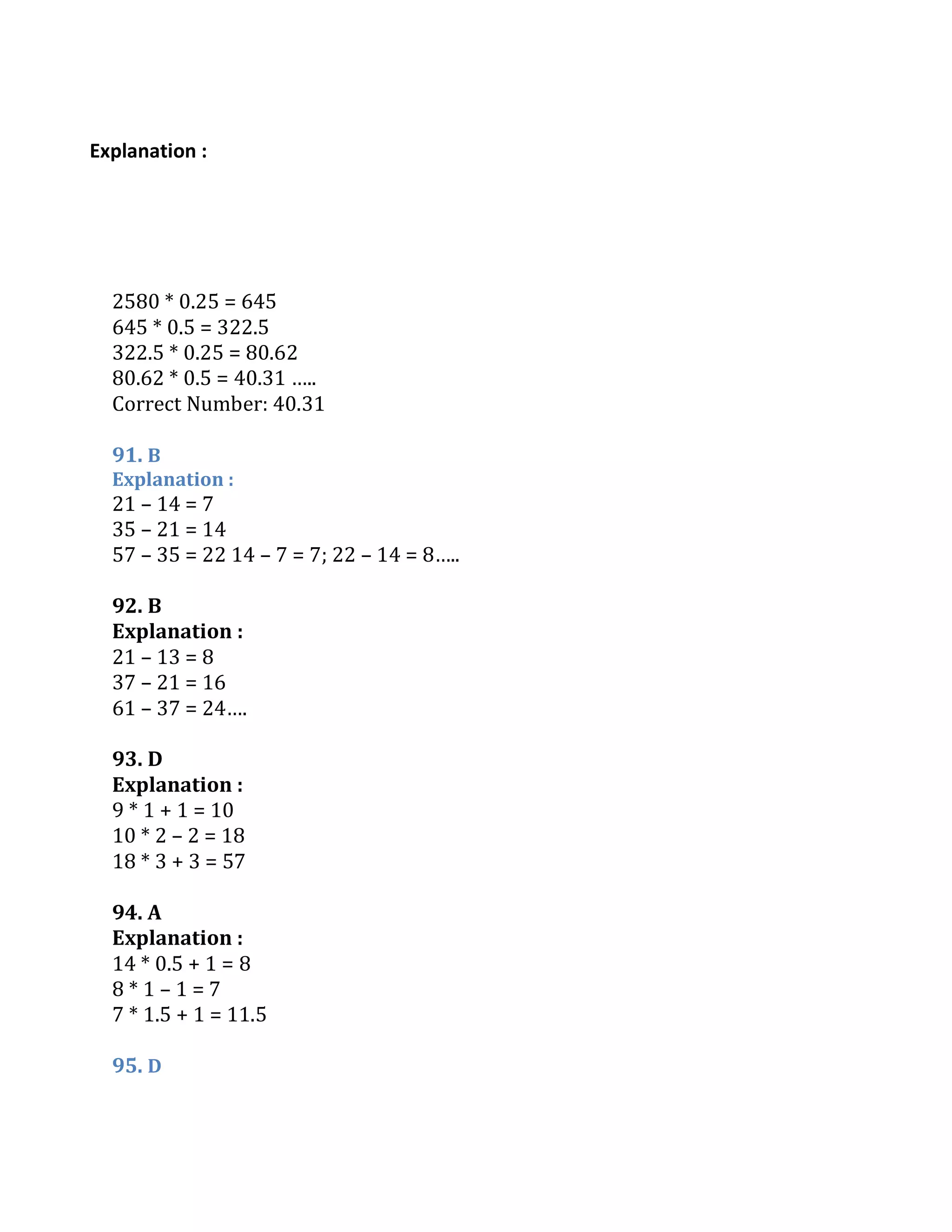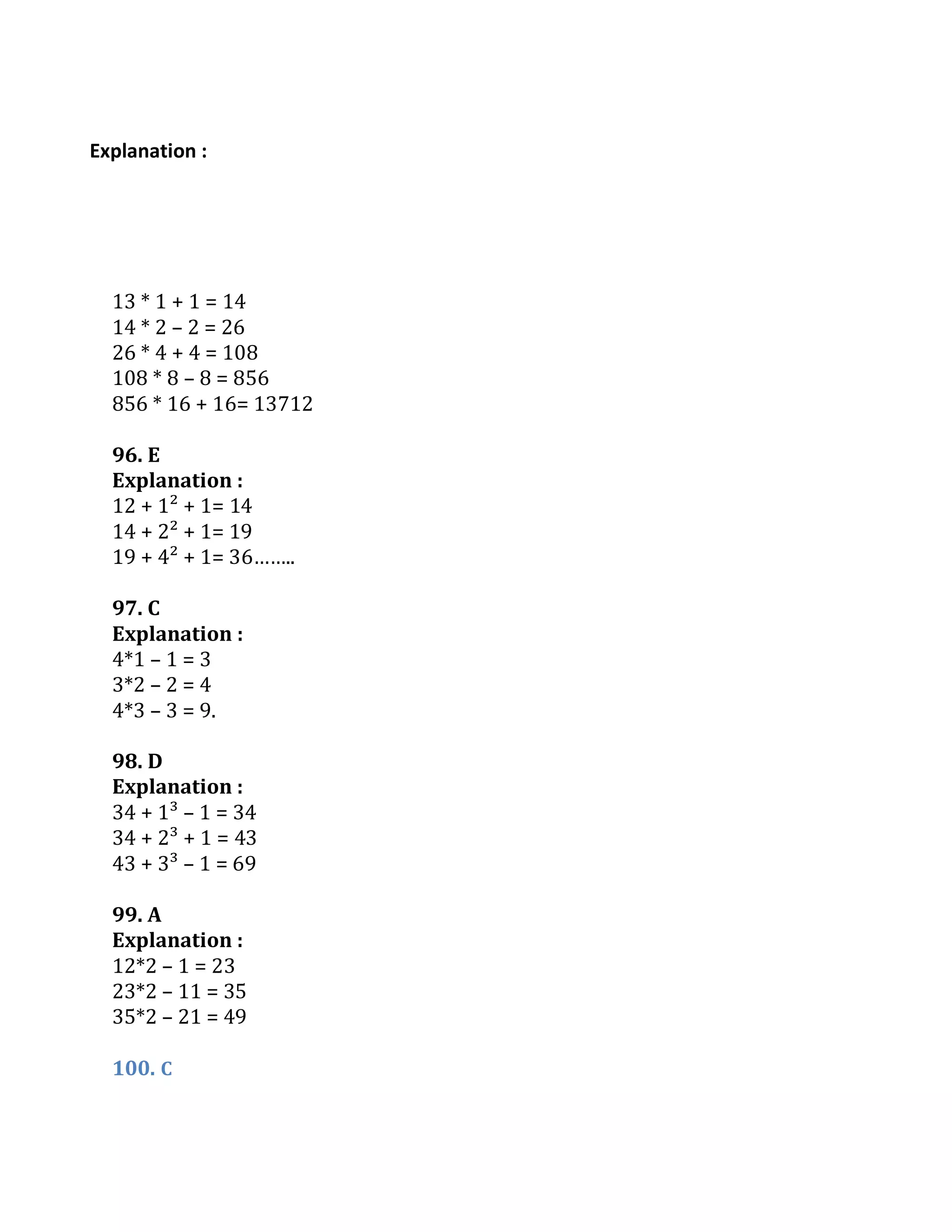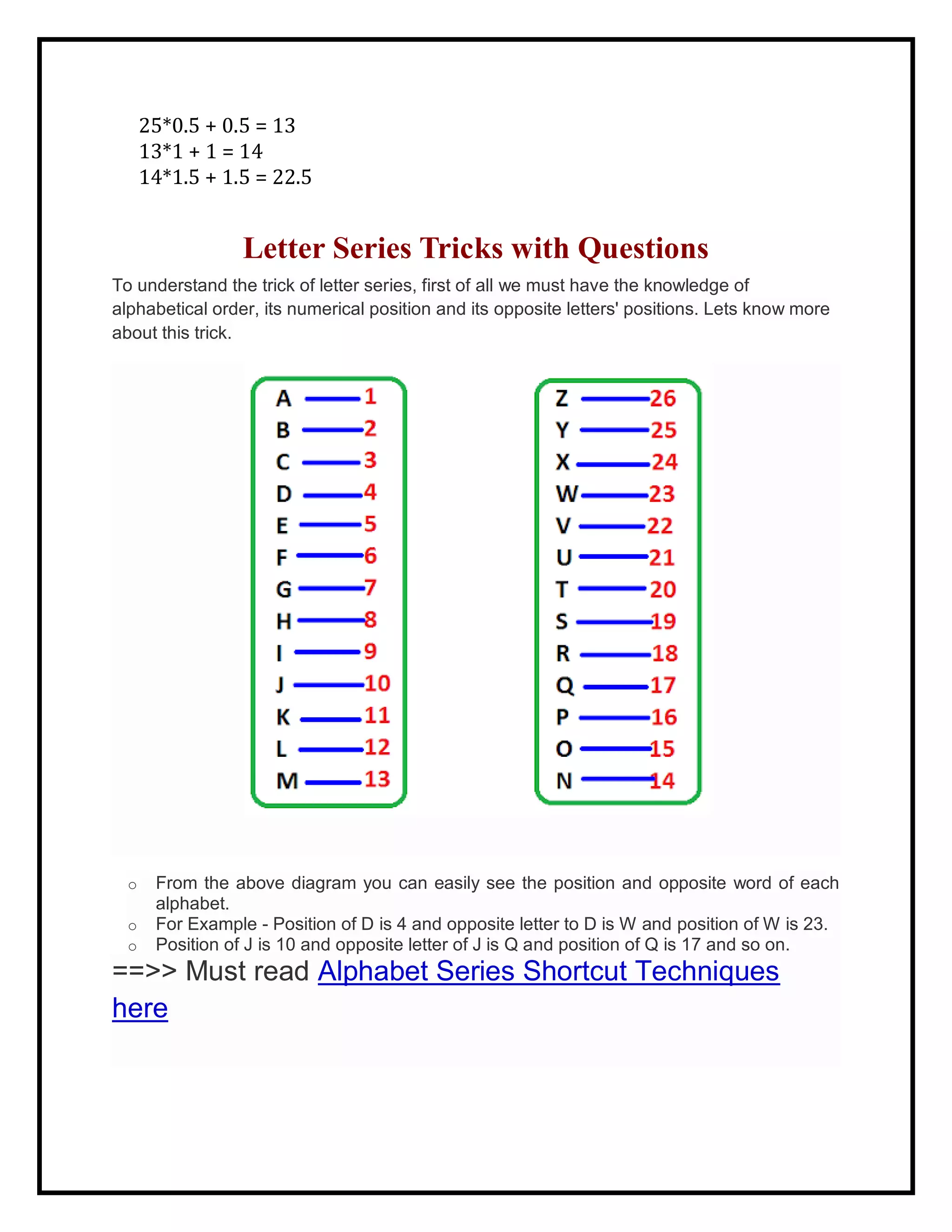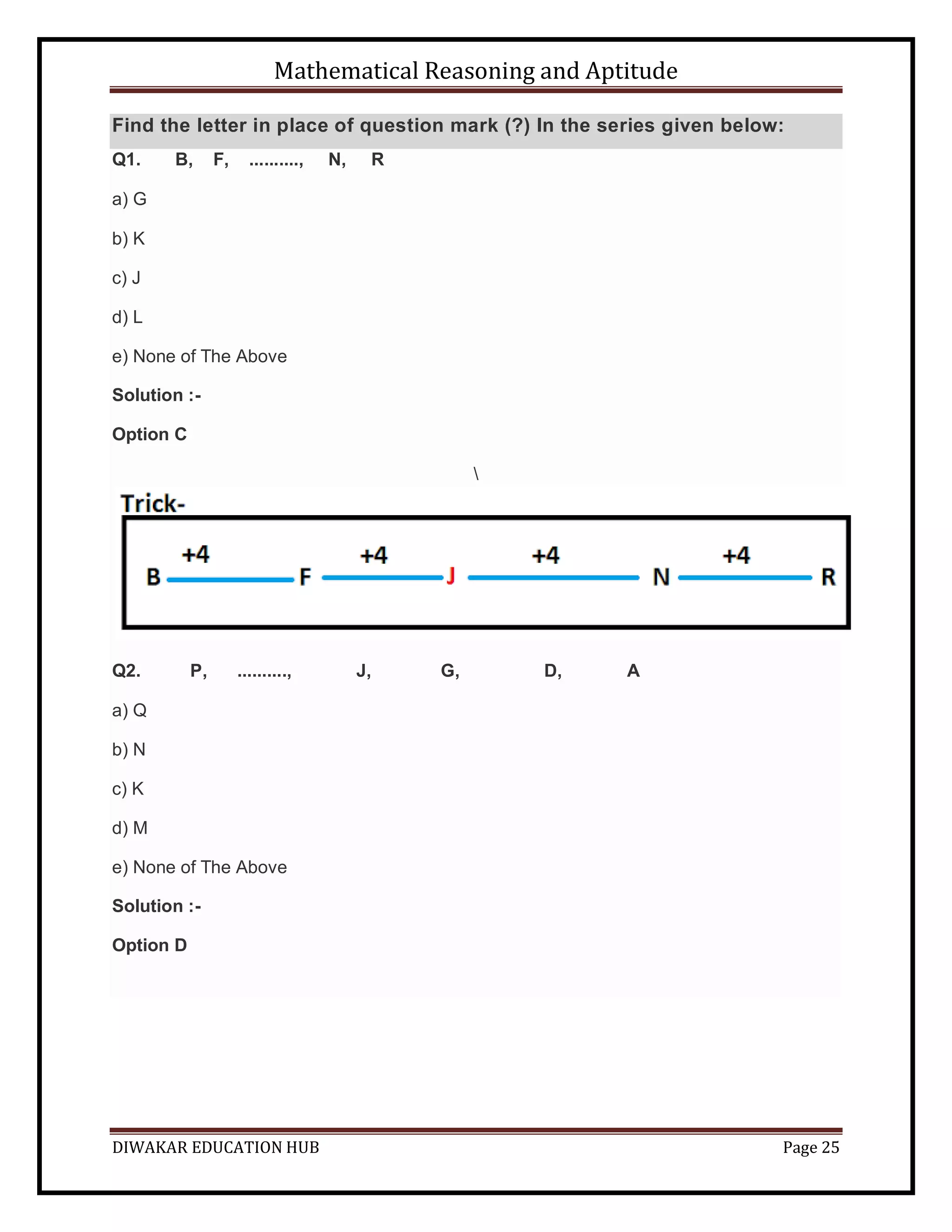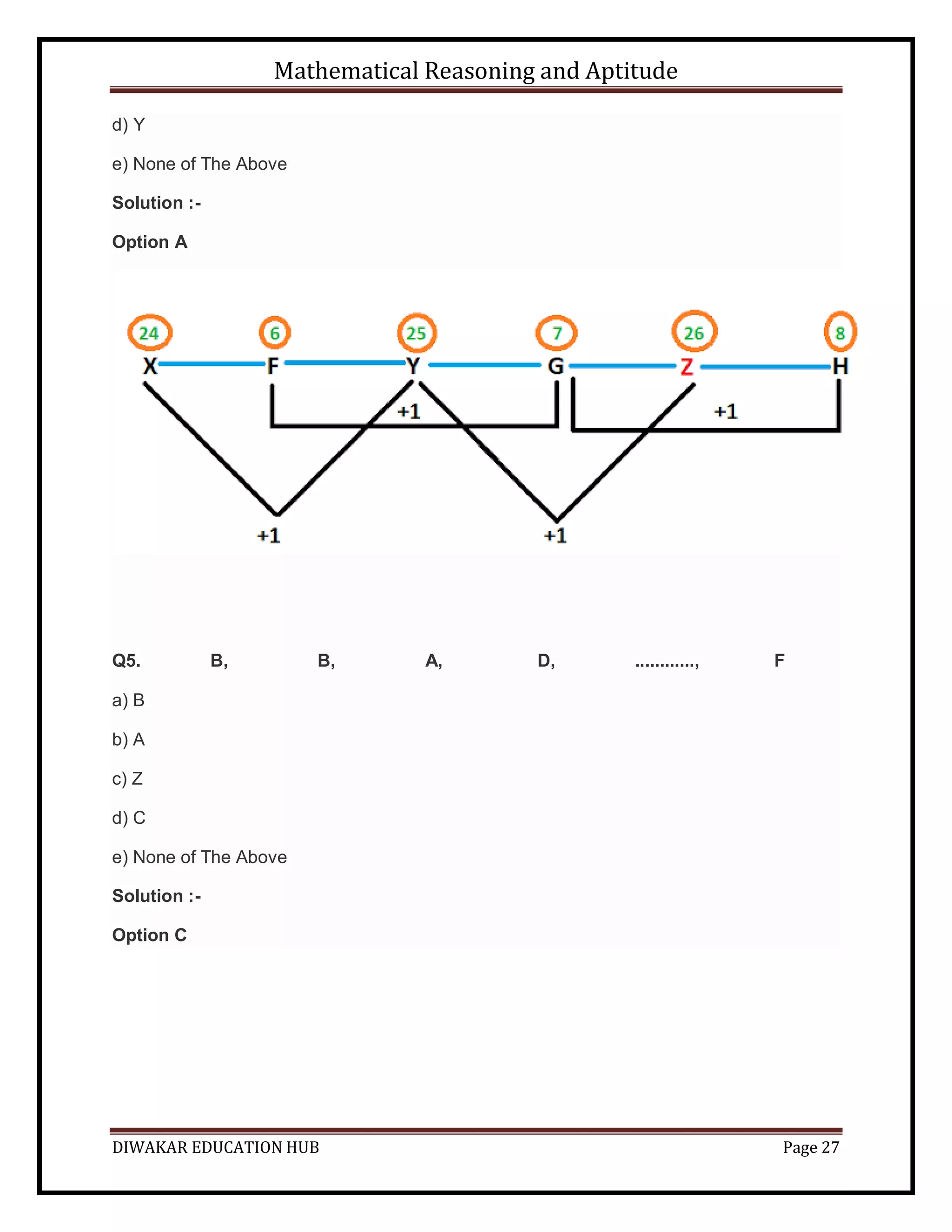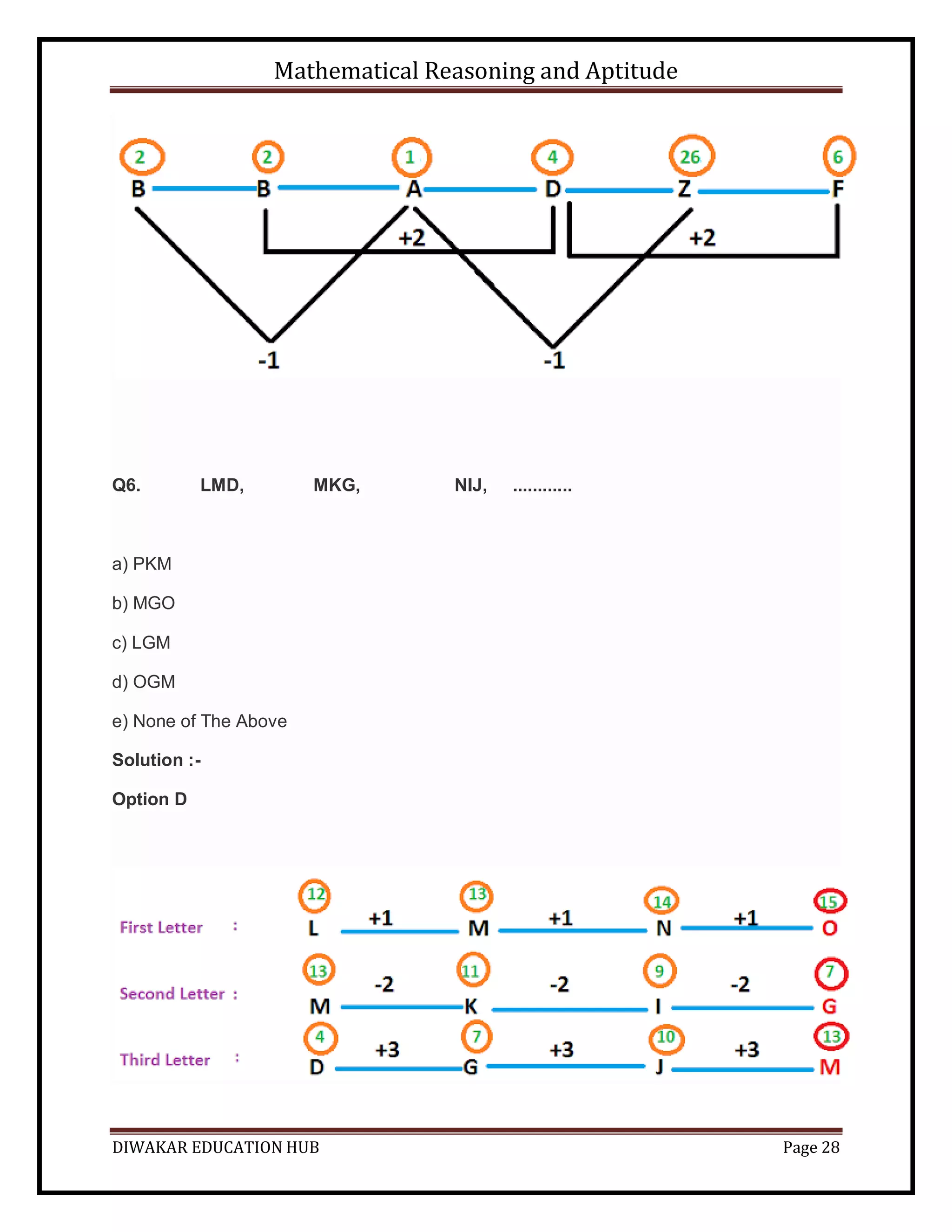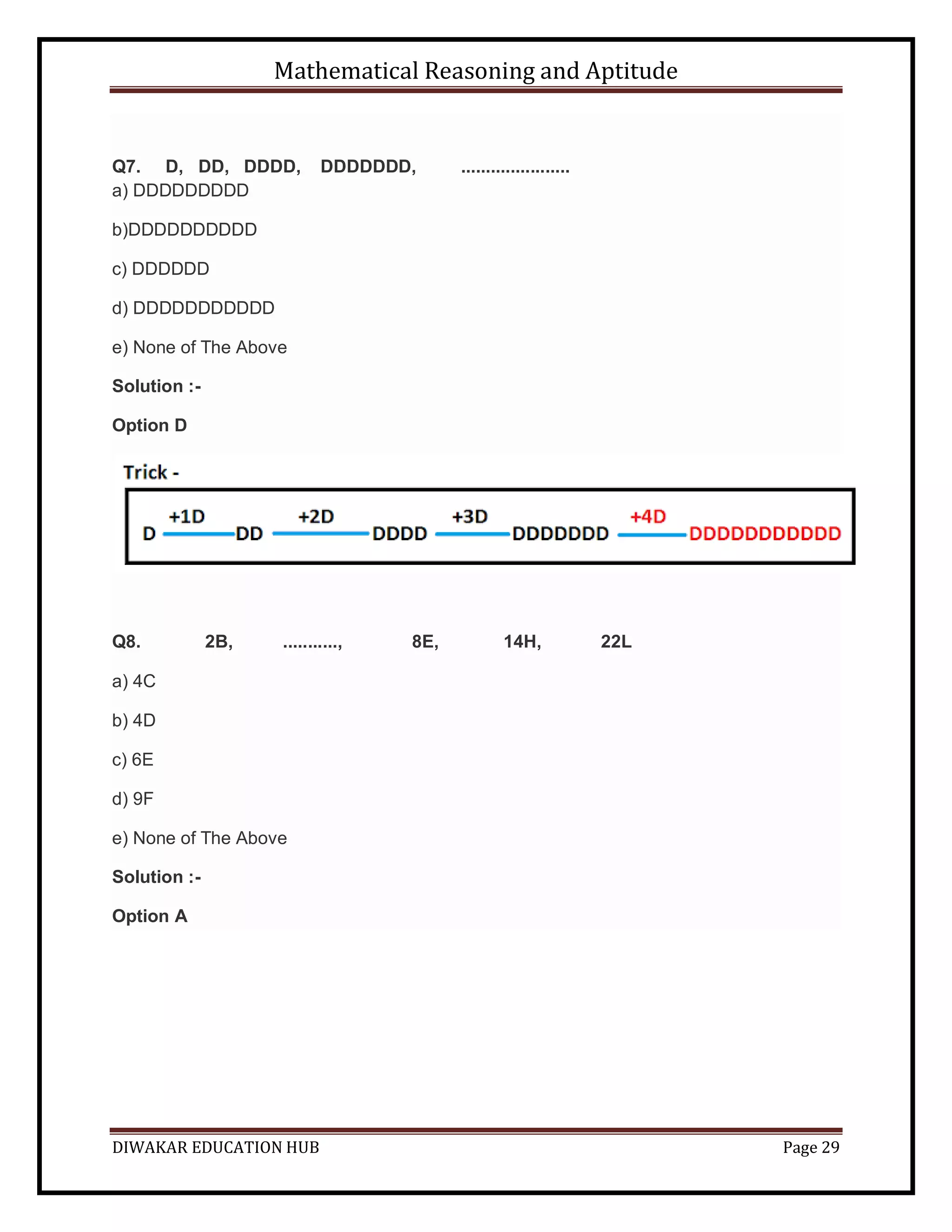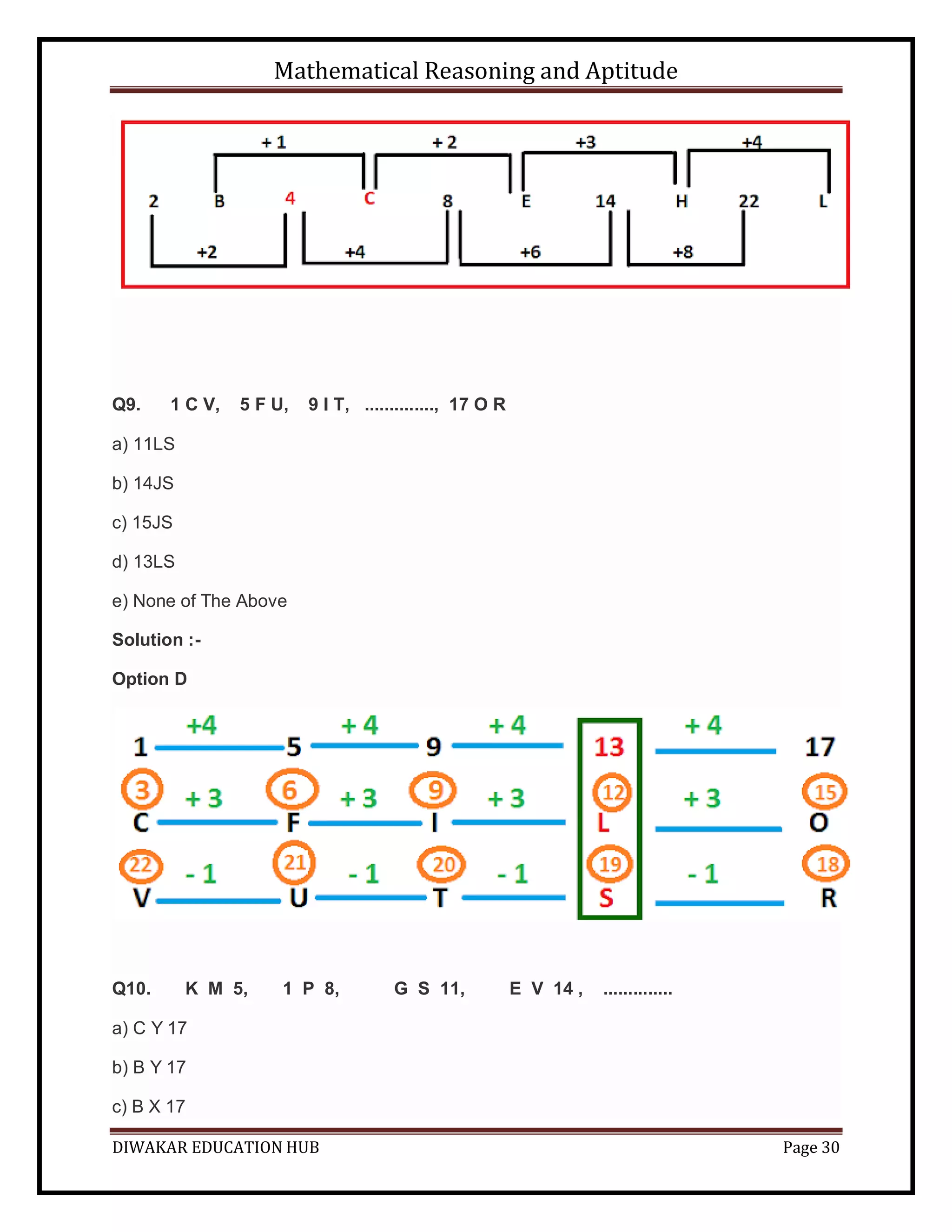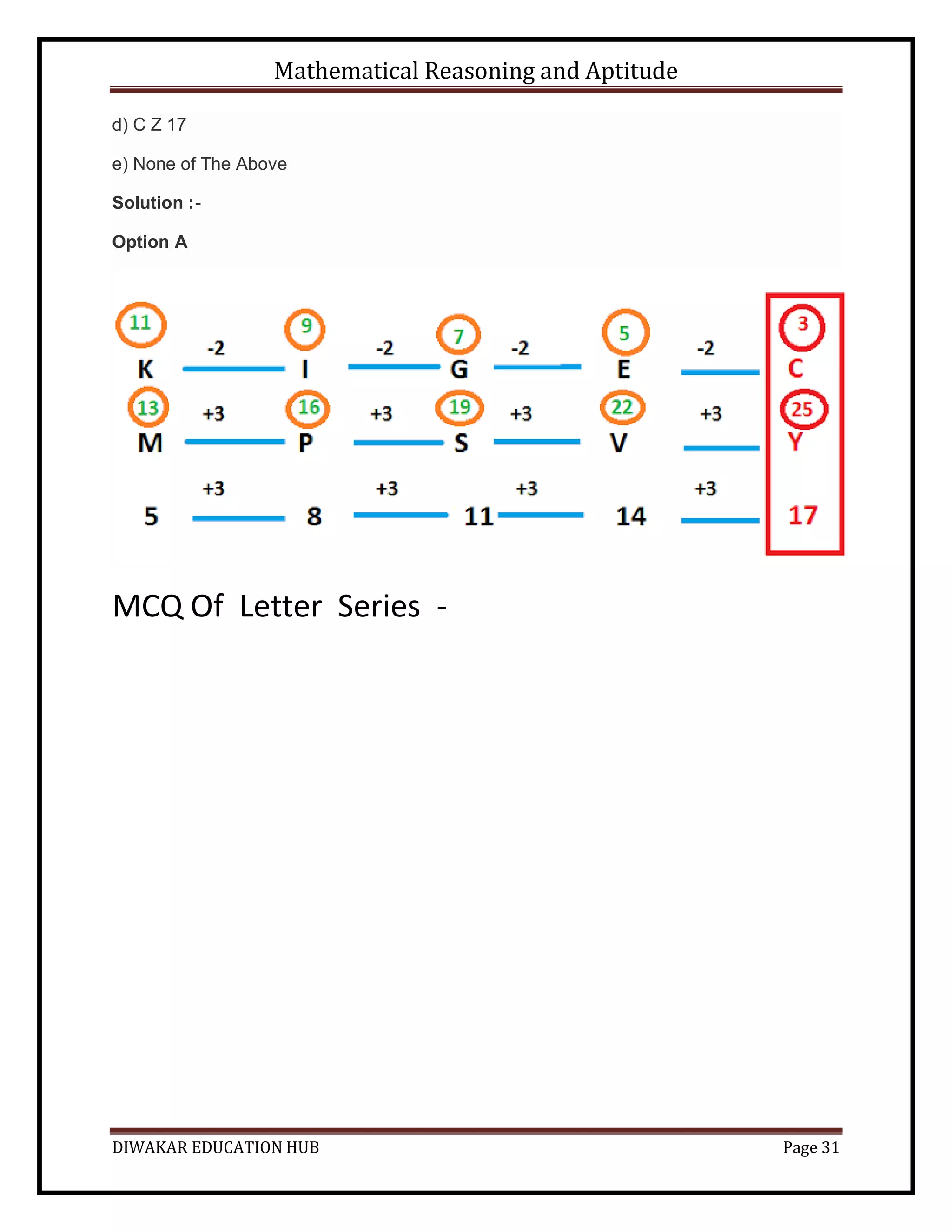This document provides a summary of mathematical reasoning and aptitude topics that are important for the UGC NET exam. It mentions that mathematical reasoning is a very important section that can play a role in whether candidates are selected. It provides summaries, tips, and 200 practice questions for each topic, such as profit and loss, ratios, and more. It is intended to help students practice topics, increase accuracy, and develop a strong understanding to do well on the exam.

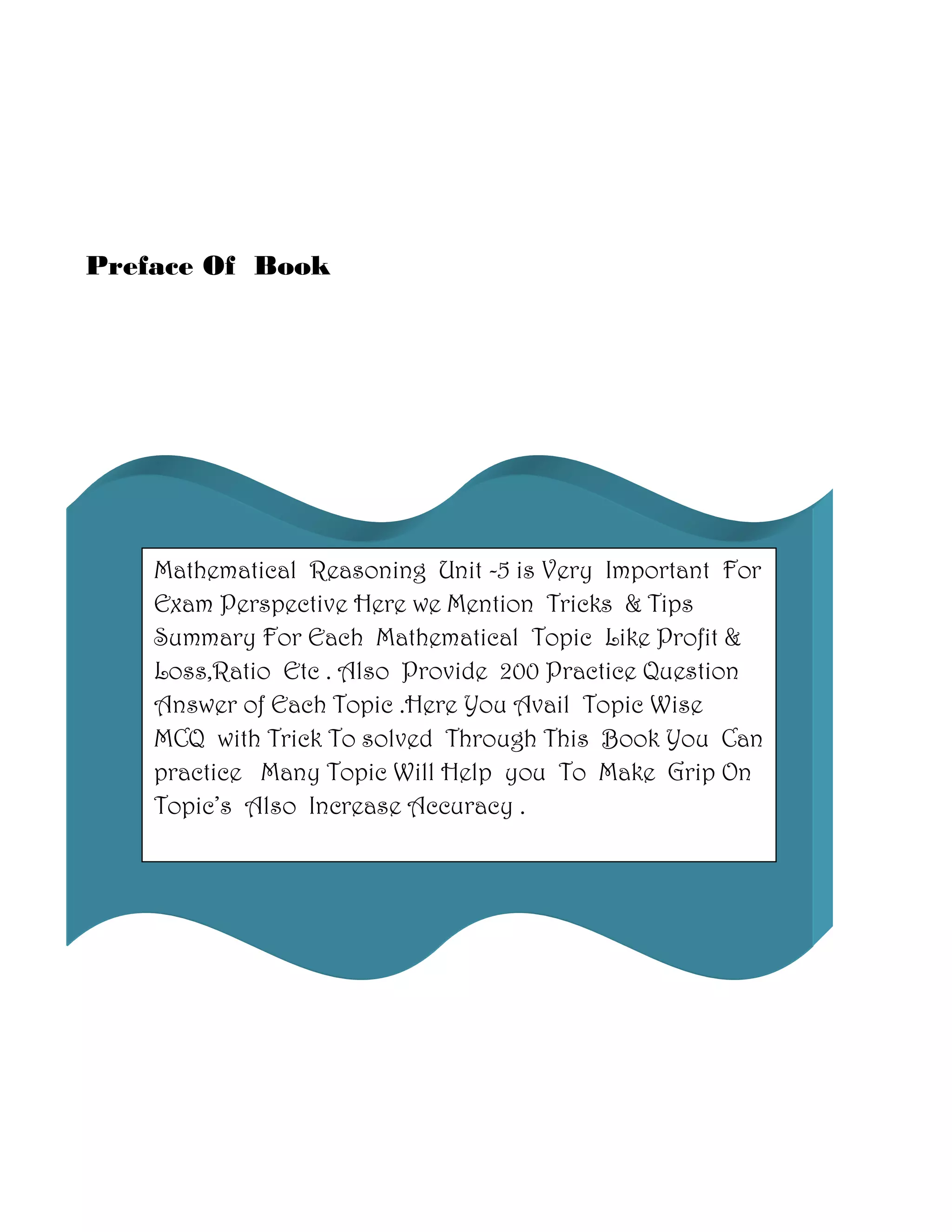

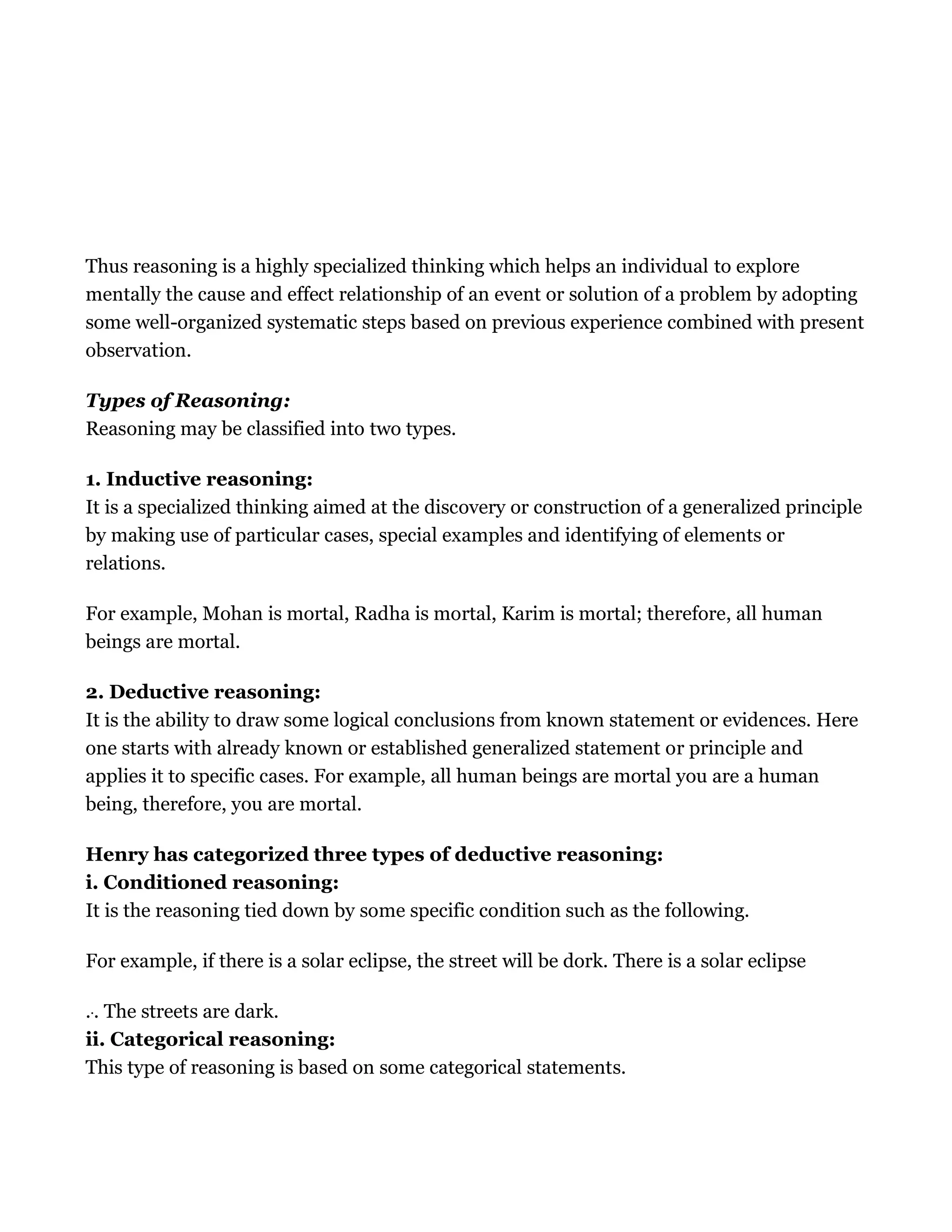
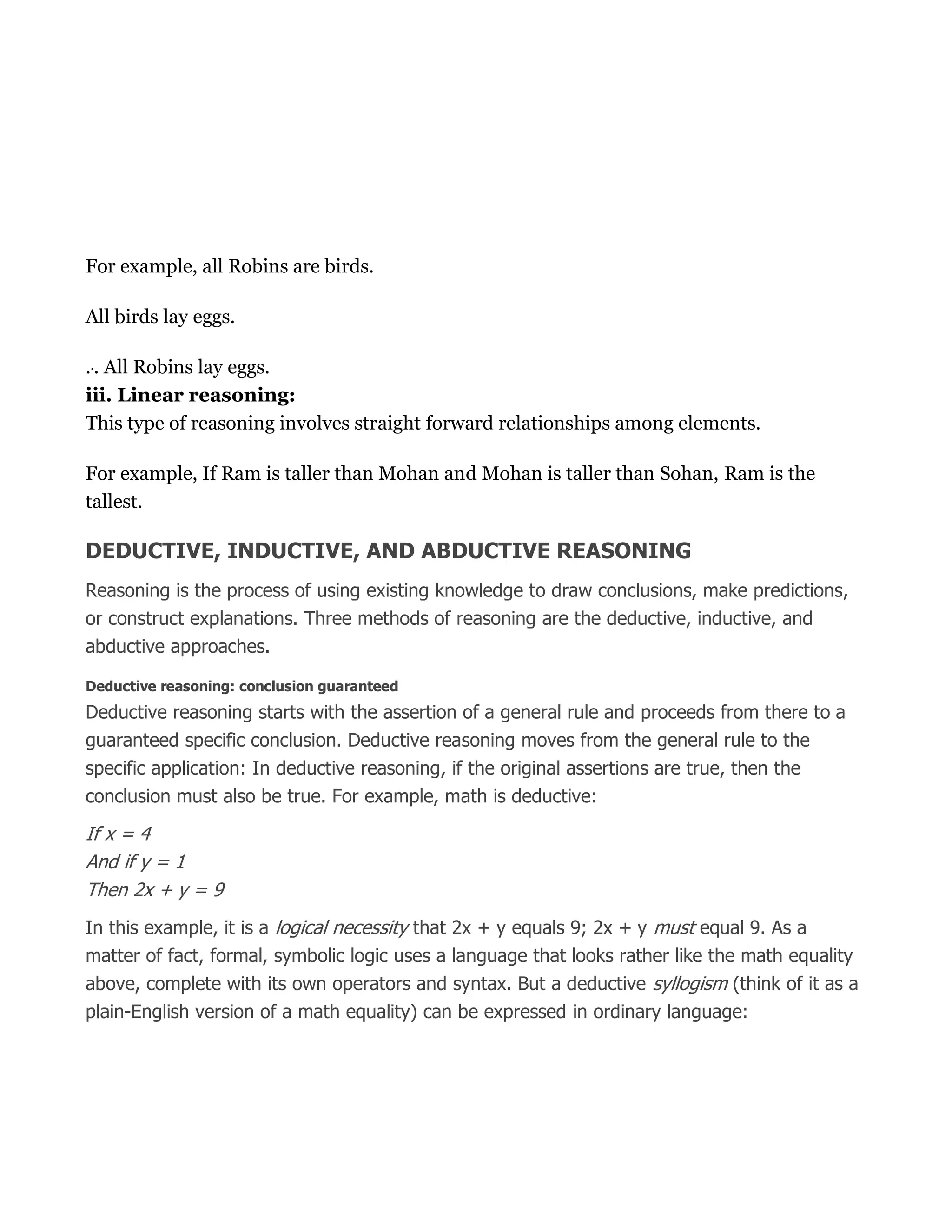
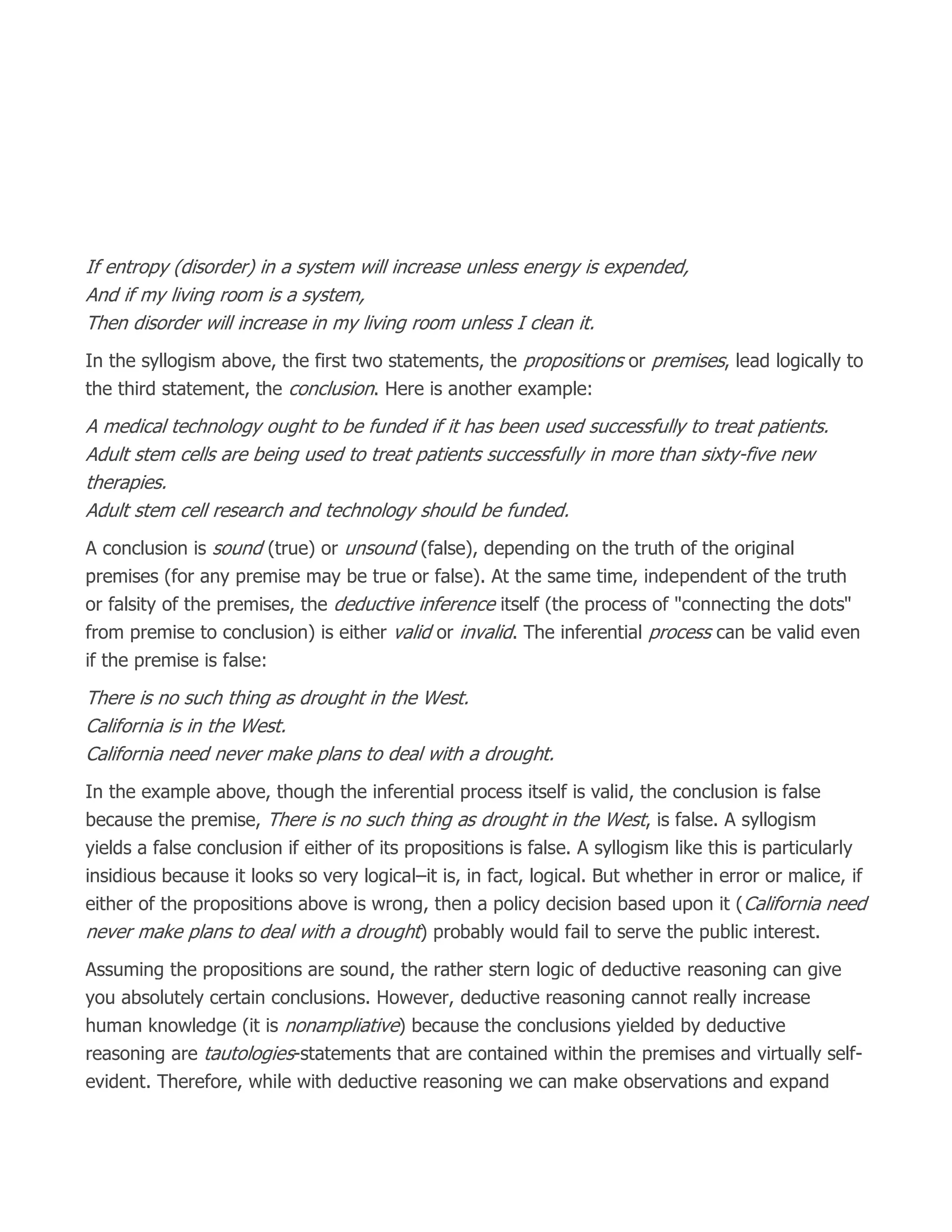
![implications, we cannot make predictions about future or otherwise non-observed
phenomena.
Inductive reasoning: conclusion merely likely
Inductive reasoning begins with observations that are specific and limited in scope, and
proceeds to a generalized conclusion that is likely, but not certain, in light of accumulated
evidence. You could say that inductive reasoning moves from the specific to the general. Much
scientific research is carried out by the inductive method: gathering evidence, seeking
patterns, and forming a hypothesis or theory to explain what is seen.
Conclusions reached by the inductive method are not logical necessities; no amount of
inductive evidence guarantees the conclusion. This is because there is no way to know that all
the possible evidence has been gathered, and that there exists no further bit of unobserved
evidence that might invalidate my hypothesis. Thus, while the newspapers might report the
conclusions of scientific research as absolutes, scientific literature itself uses more cautious
language, the language of inductively reached, probable conclusions:
What we have seen is the ability of these cells to feed the blood vessels of tumors and to heal
the blood vessels surrounding wounds. The findings suggest that these adult stem cells may
be an ideal source of cells for clinical therapy. For example, we can envision the use of these
stem cells for therapies against cancer tumors [...].1
Because inductive conclusions are not logical necessities, inductive arguments are not simply
true. Rather, they are cogent: that is, the evidence seems complete, relevant, and generally
convincing, and the conclusion is therefore probably true. Nor are inductive arguments simply
false; rather, they are not cogent.
It is an important difference from deductive reasoning that, while inductive reasoning cannot
yield an absolutely certain conclusion, it can actually increase human knowledge (it
is ampliative). It can make predictions about future events or as-yet unobserved phenomena.
For example, Albert Einstein observed the movement of a pocket compass when he was five
years old and became fascinated with the idea that something invisible in the space around
the compass needle was causing it to move. This observation, combined with additional](https://image.slidesharecdn.com/mathematicalreasoningbookpaper-1-200607133551/75/Mathematical-Reasoning-unit-5-UGC-NET-Paper-1-Study-Notes-E-books-Download-Pdf-For-Free-7-2048.jpg)

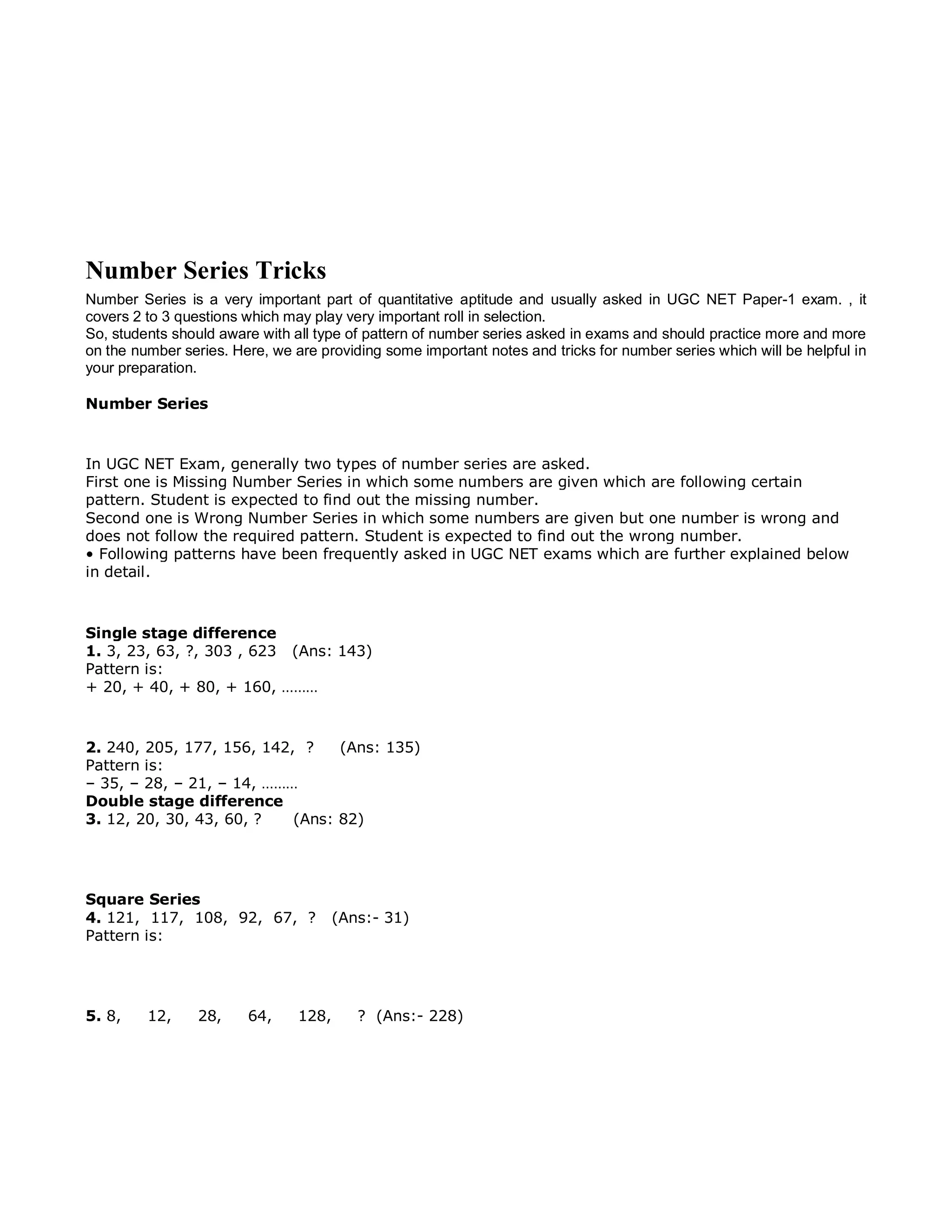

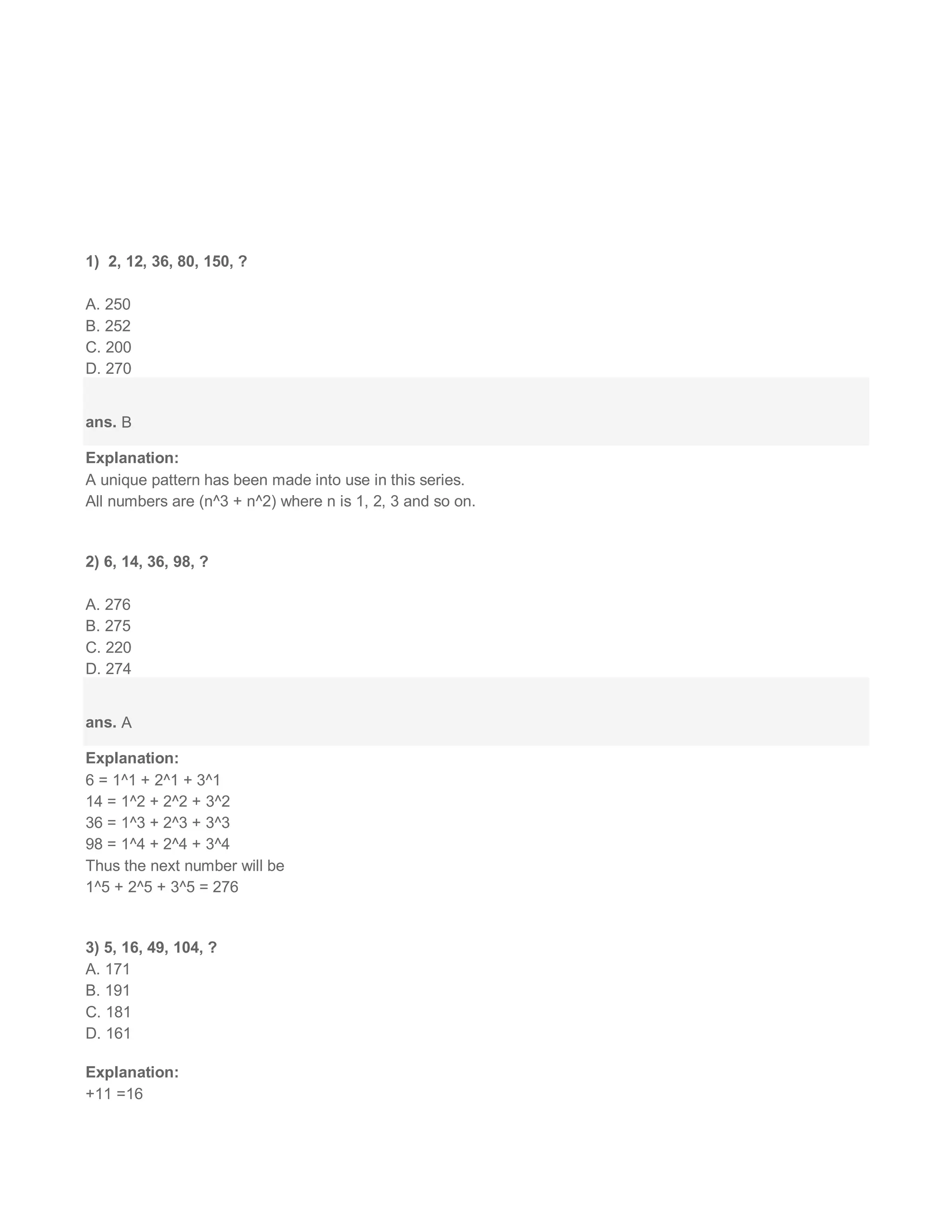

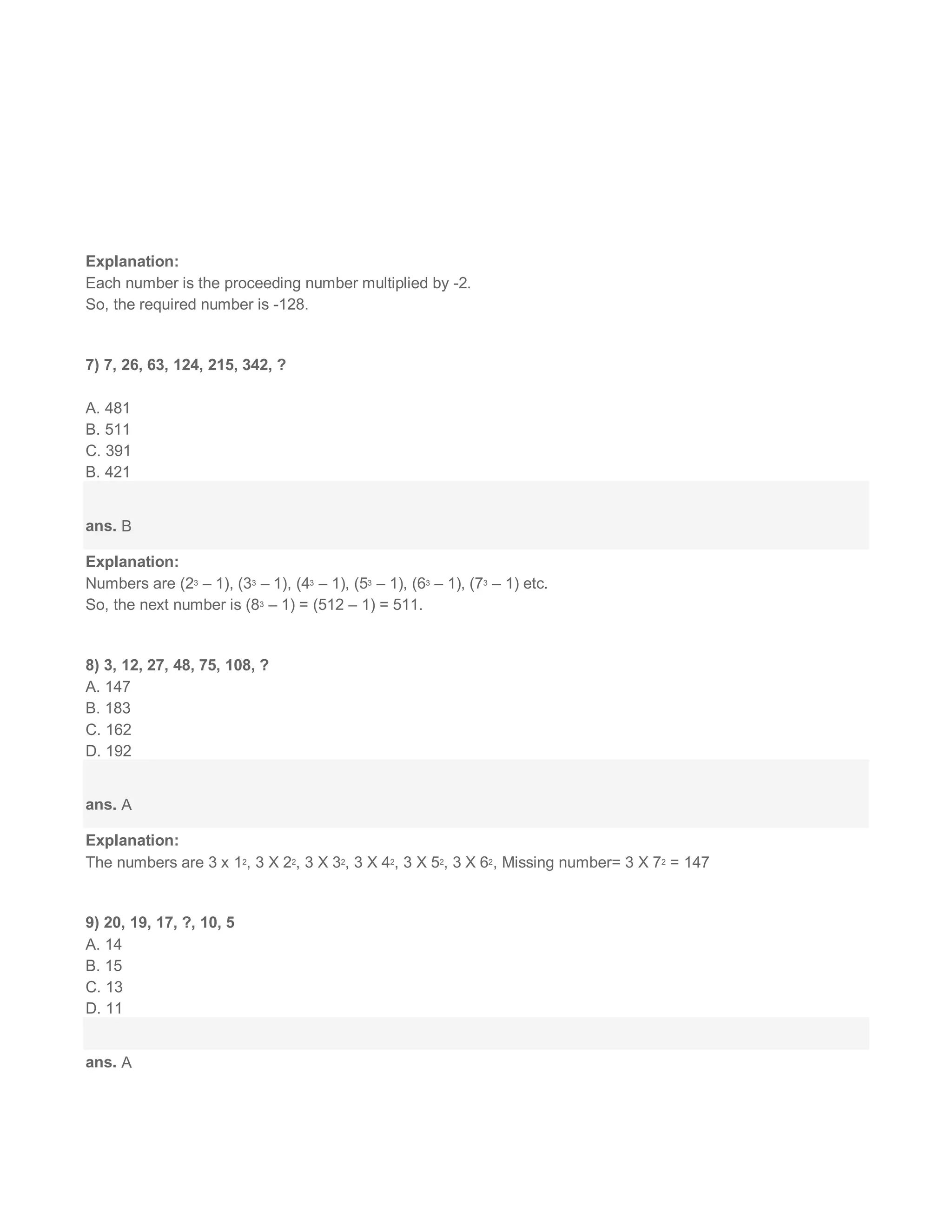
![Explanation:
The Pattern is – 1, – 2,…
Missing number = 17 – 3 = 14.
10) 1, 6, 13, 22, 33, ?
A. 44
B. 45
C. 46
D. 47
Ans . C
The pattern is + 5, + 7, + 9, + 11,...
.'. Missing number = 33 + 13 = 46.
11) 24, 60, 120, 210, ?
A. 300
B. 420
C. 336
D. 400
ans. C
Explanation:
The pattern is 36, 60, + 90, … i.e. + 16 x (6 + 0), + 16 x (6 + 4), + [6 * (6 + 9)], Missing number 210 + 16 x (6 +
15) = 210 + 126 = 336.
12) 3, 6, 18, 72, ?
A. 144
B. 360
C. 288
D. 216
ans. B](https://image.slidesharecdn.com/mathematicalreasoningbookpaper-1-200607133551/75/Mathematical-Reasoning-unit-5-UGC-NET-Paper-1-Study-Notes-E-books-Download-Pdf-For-Free-14-2048.jpg)
